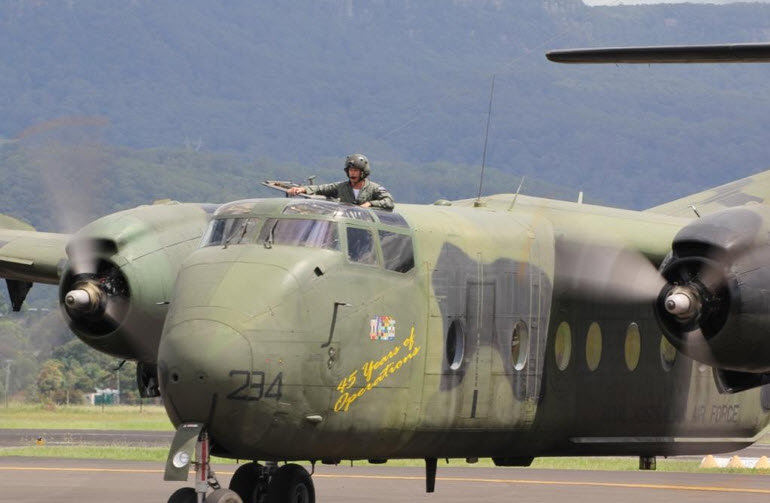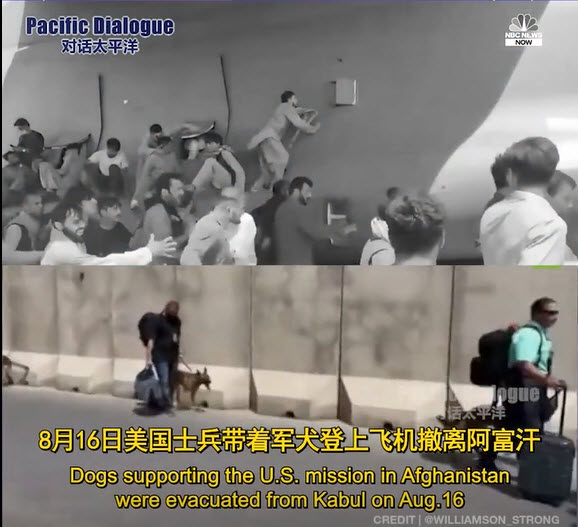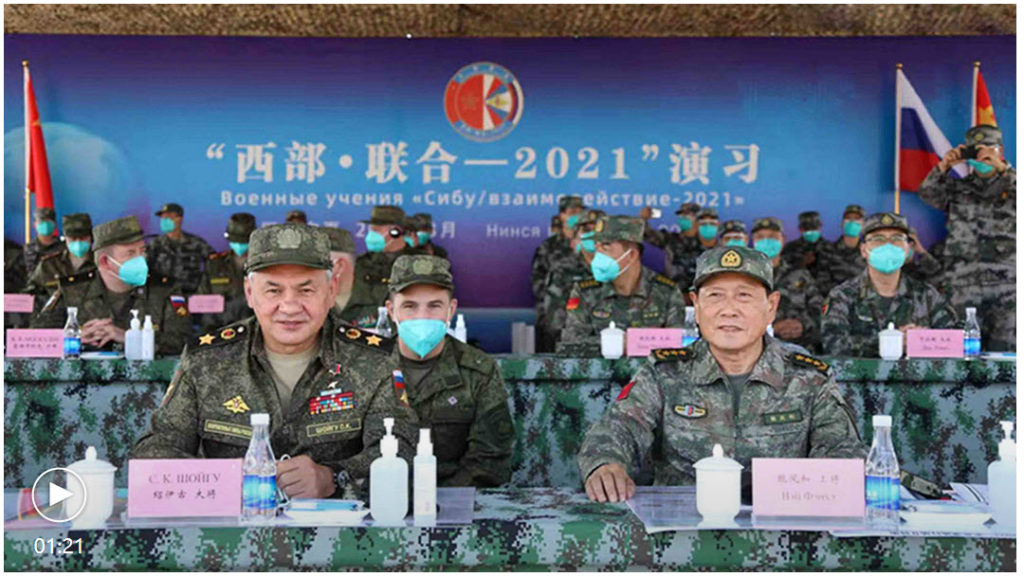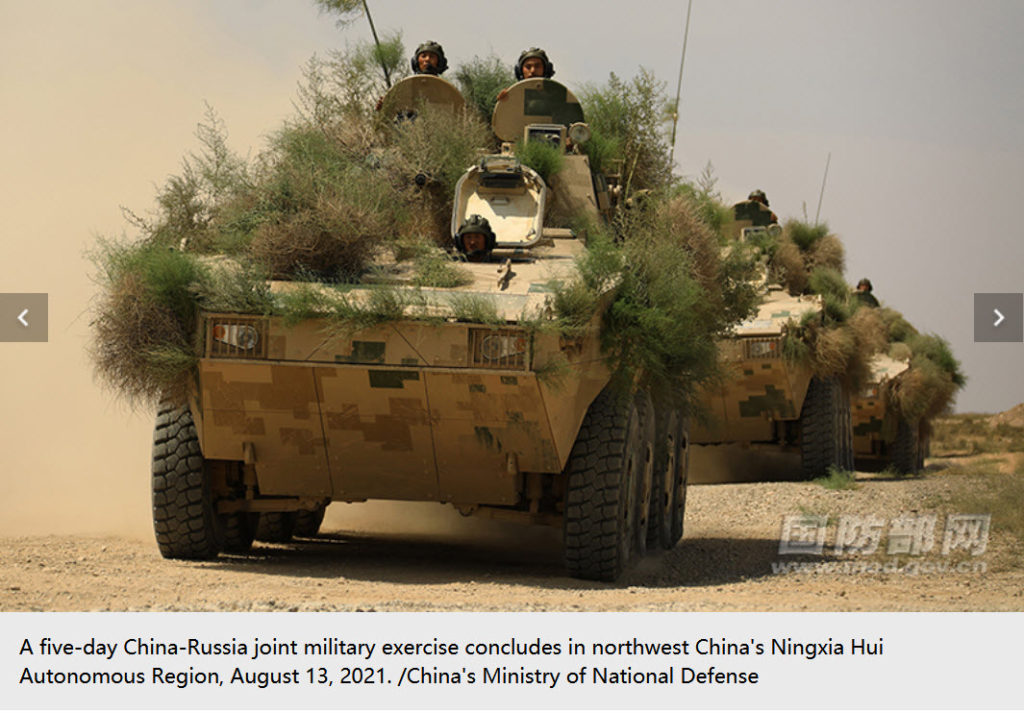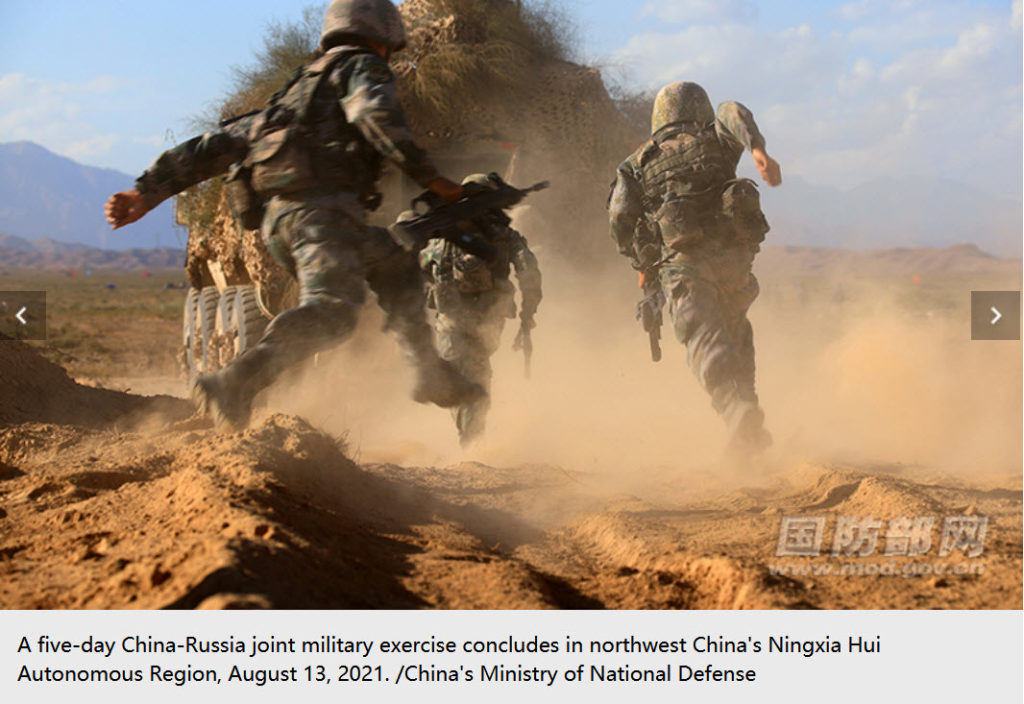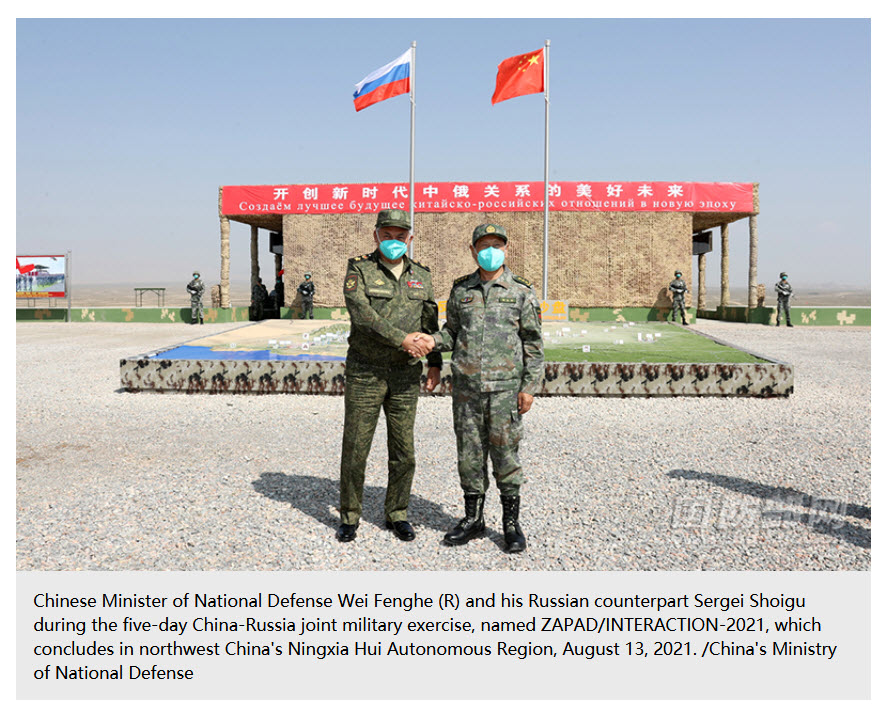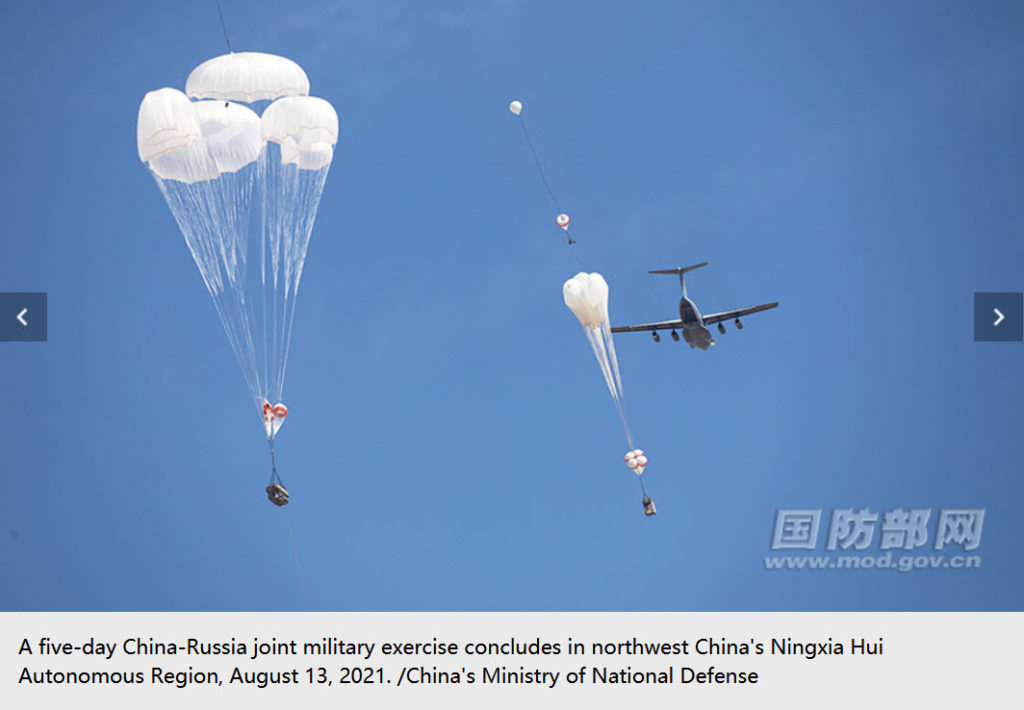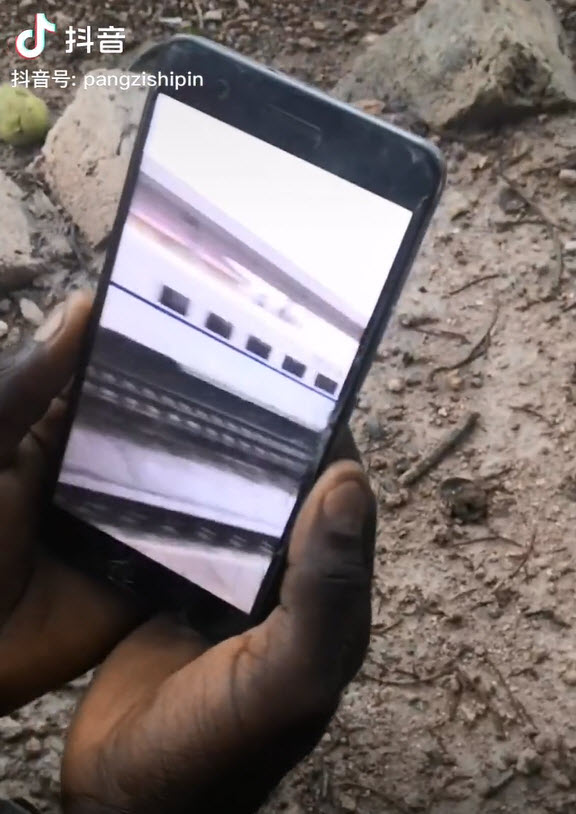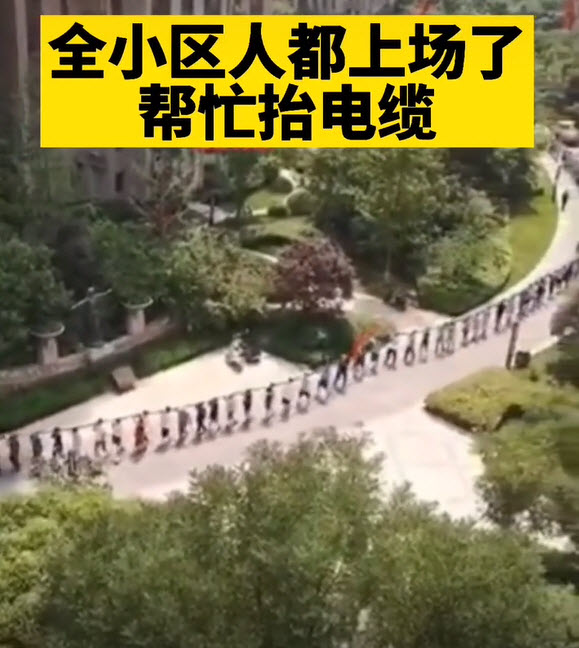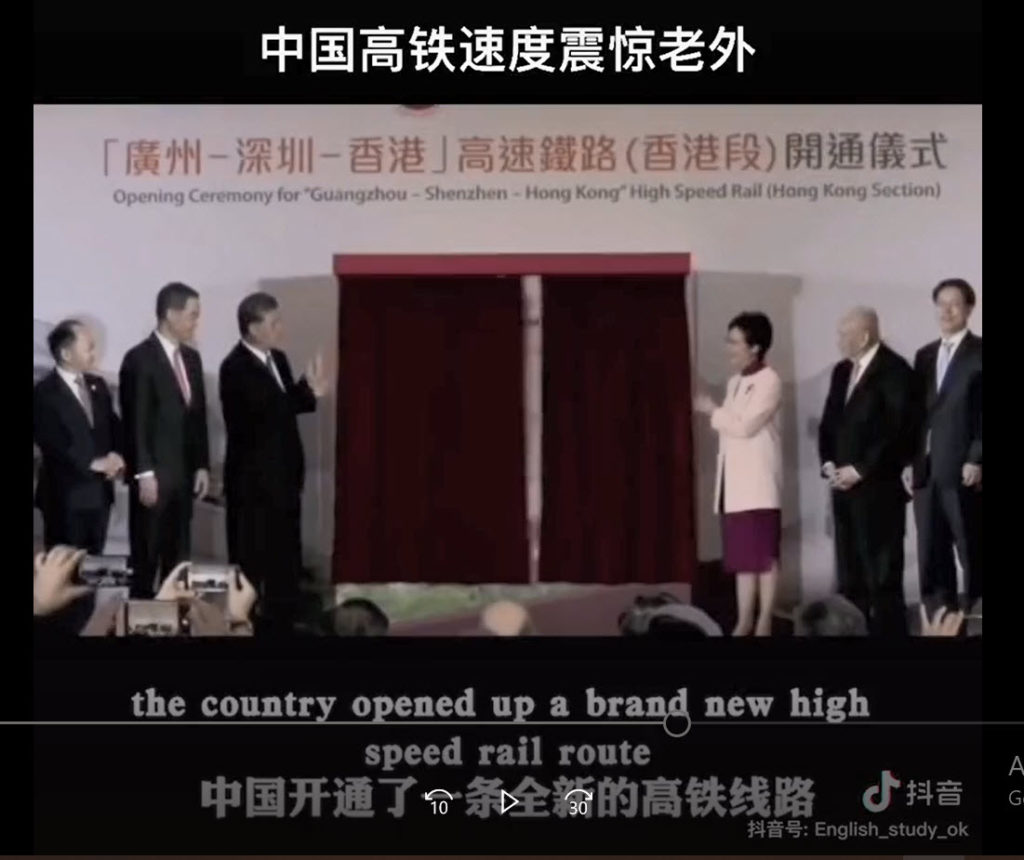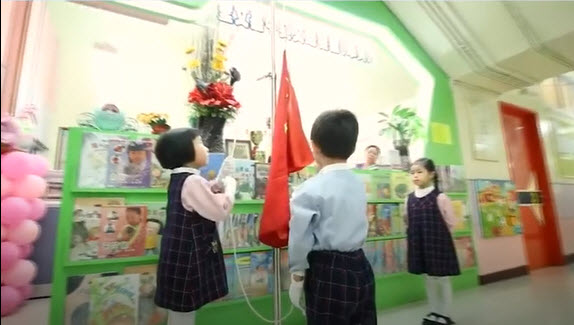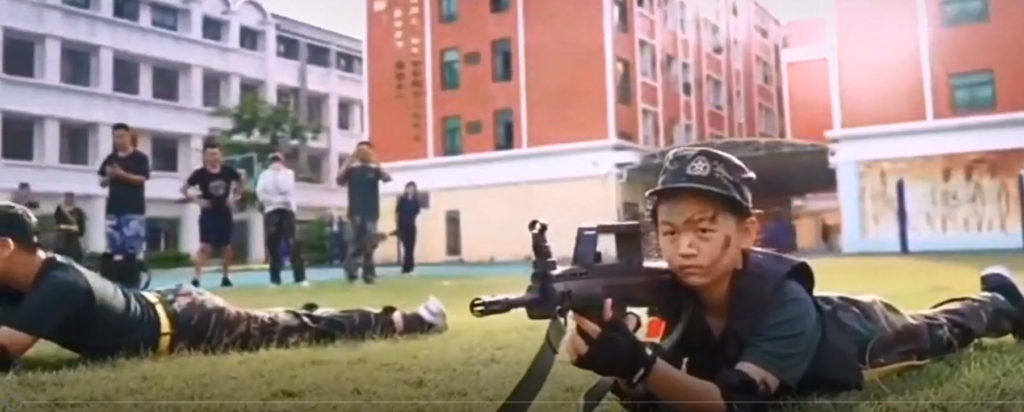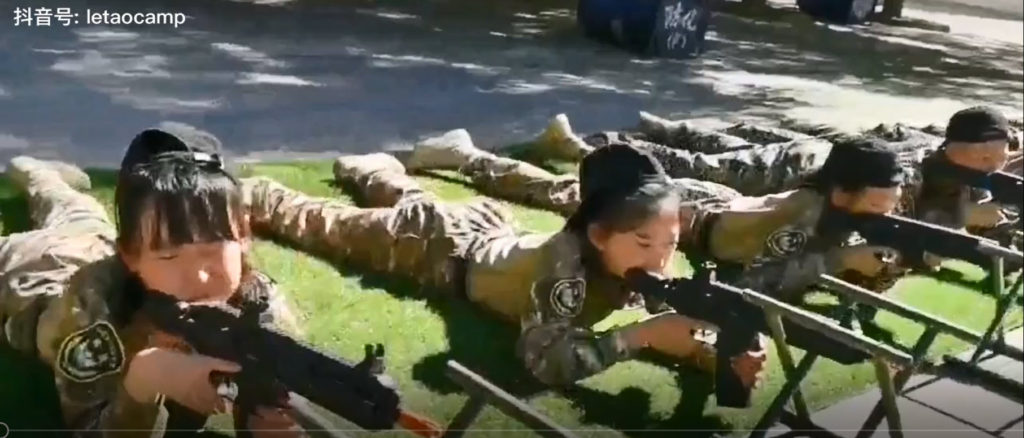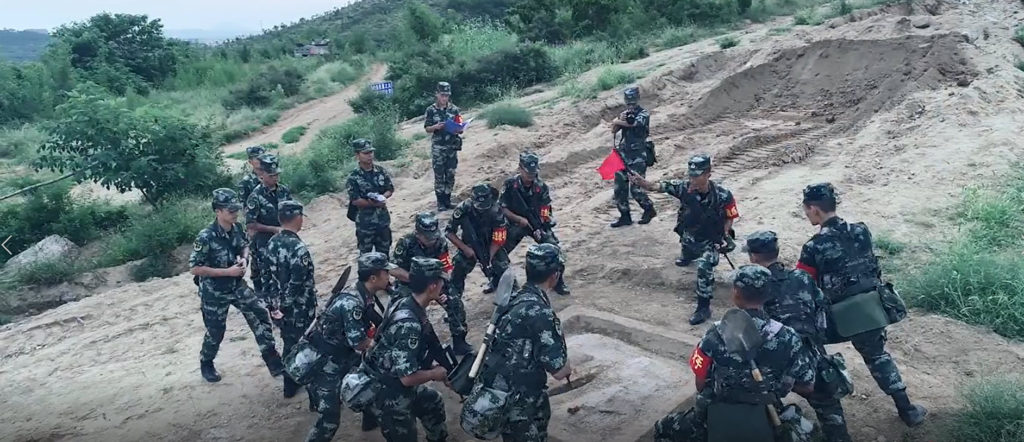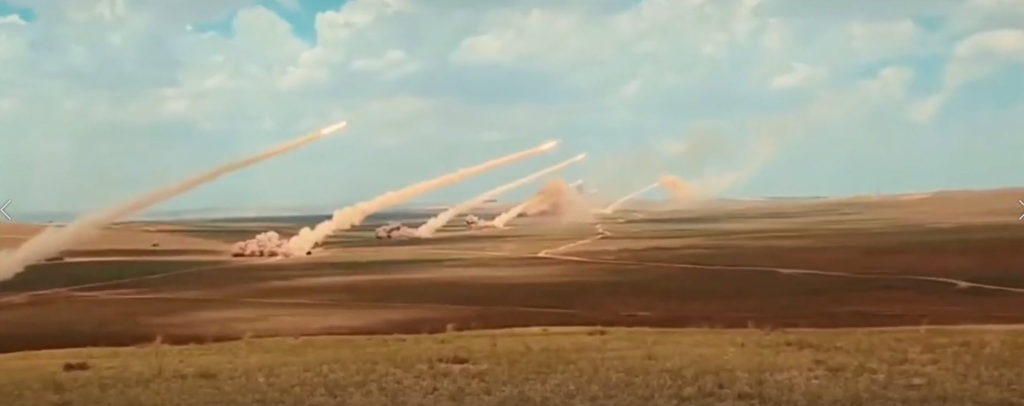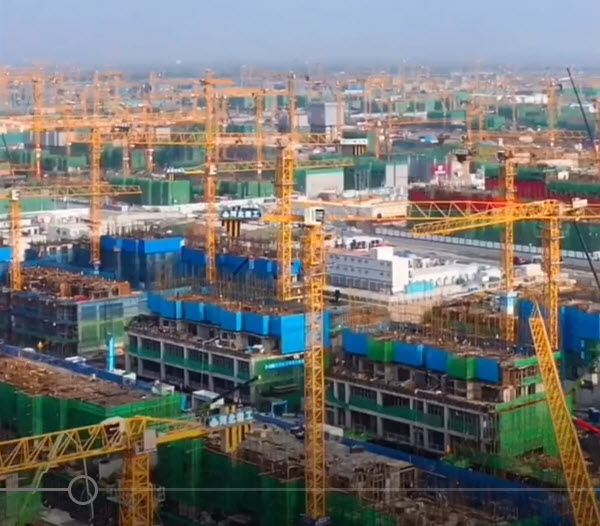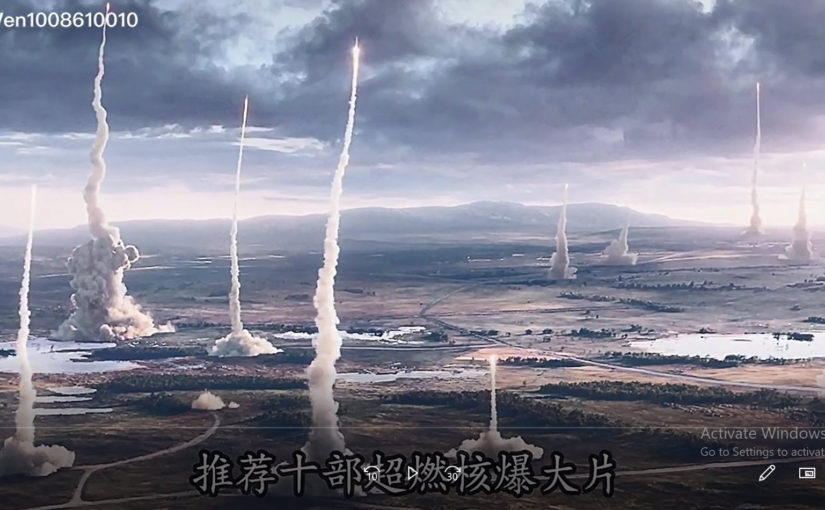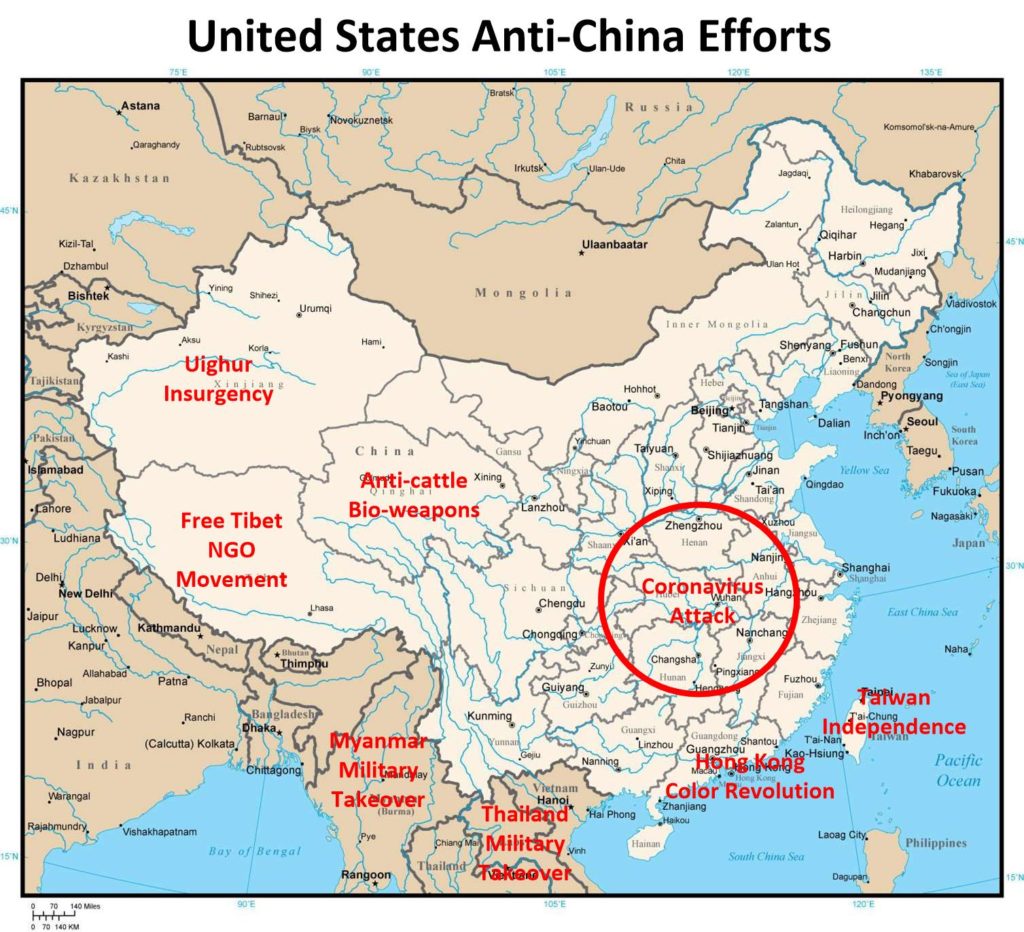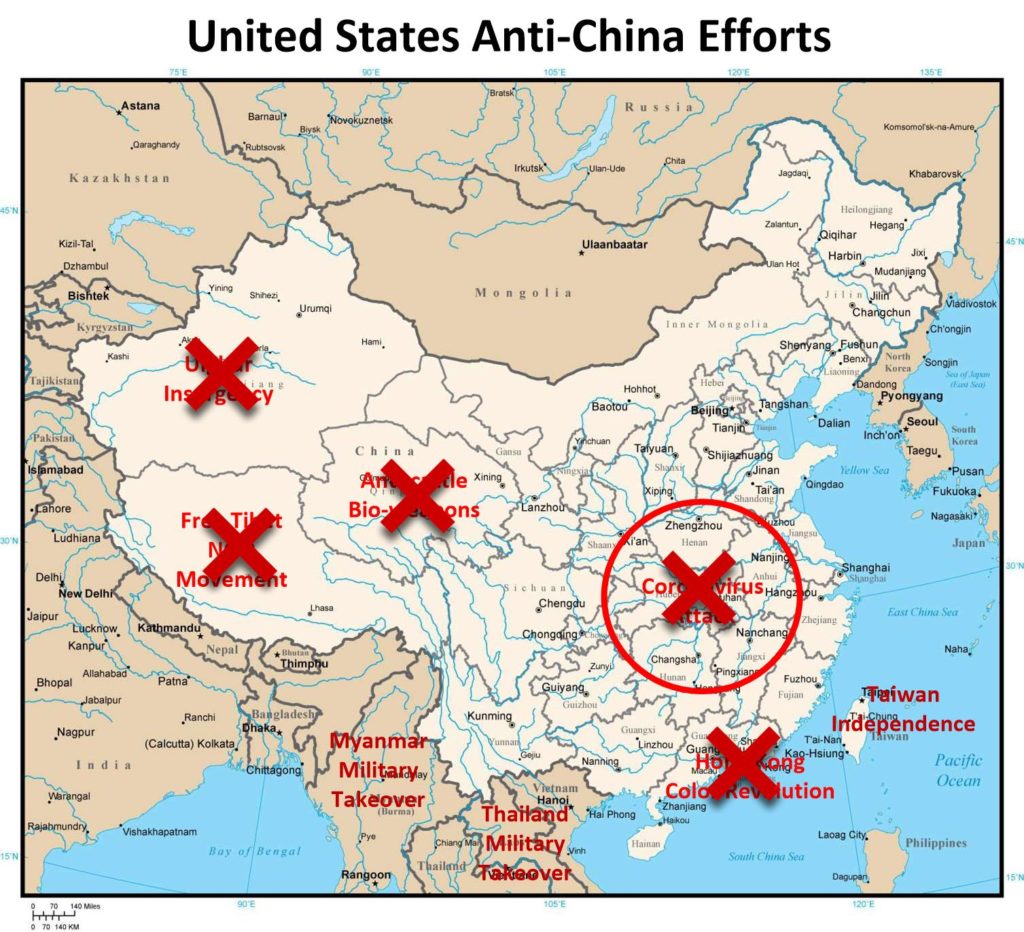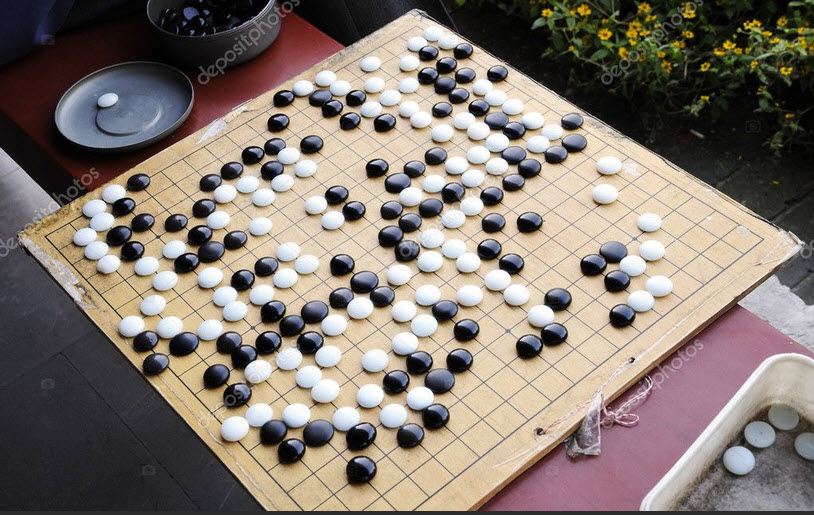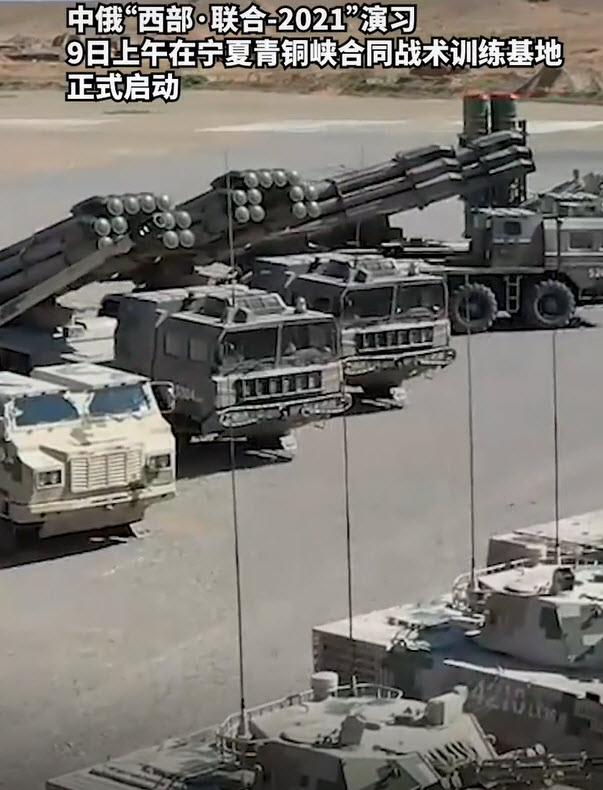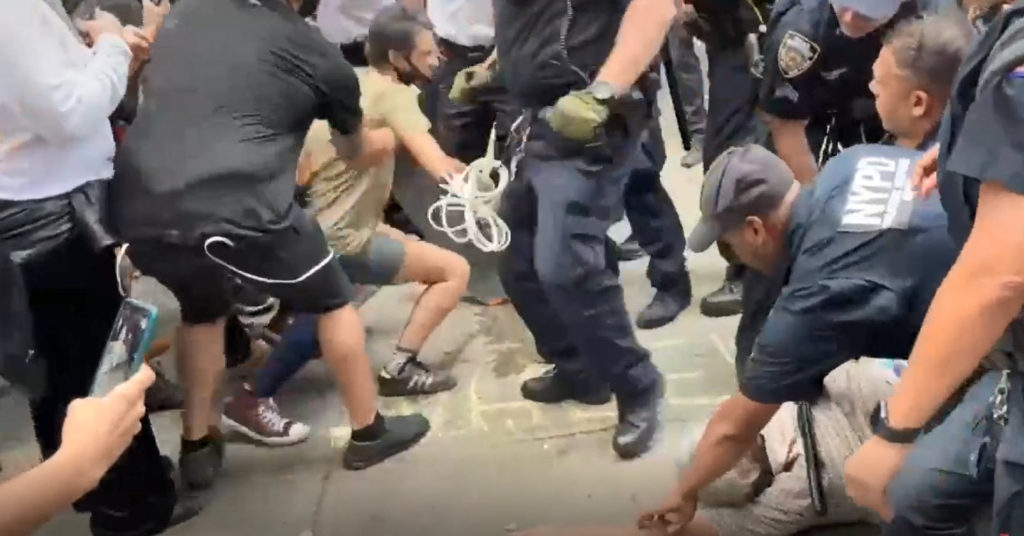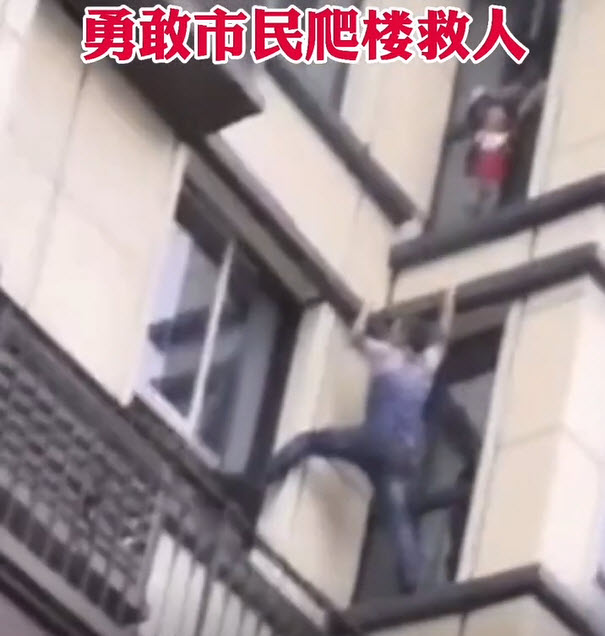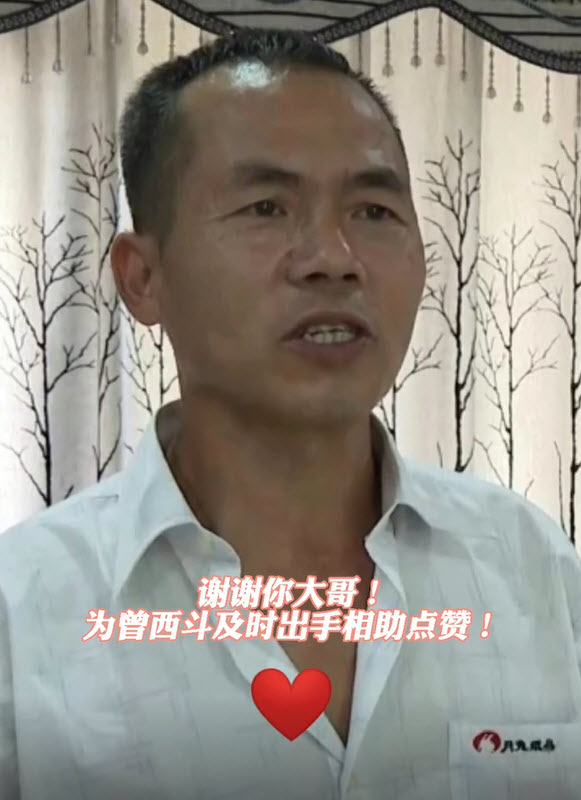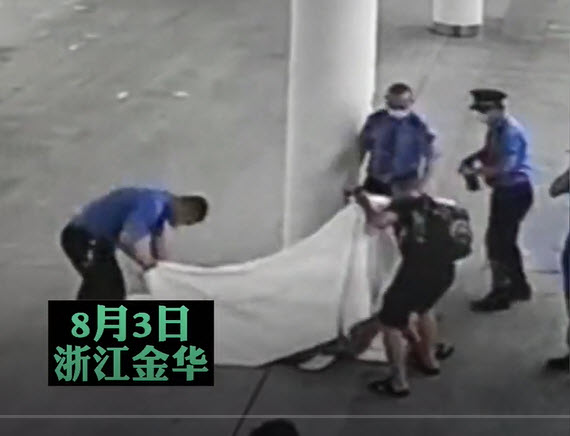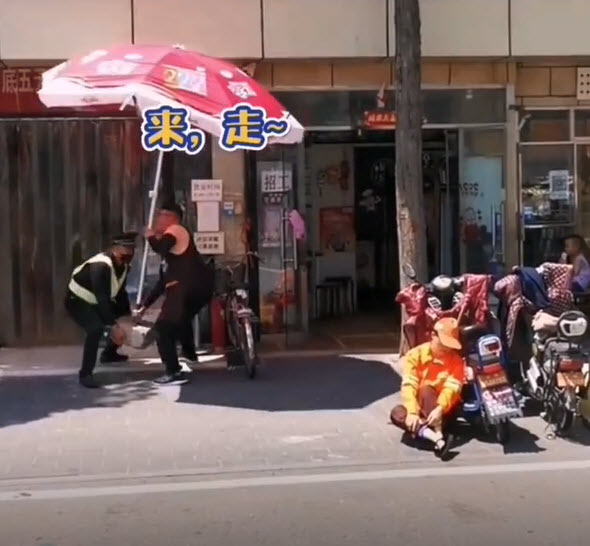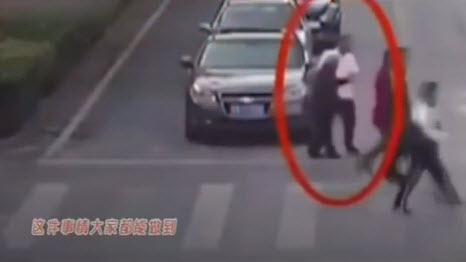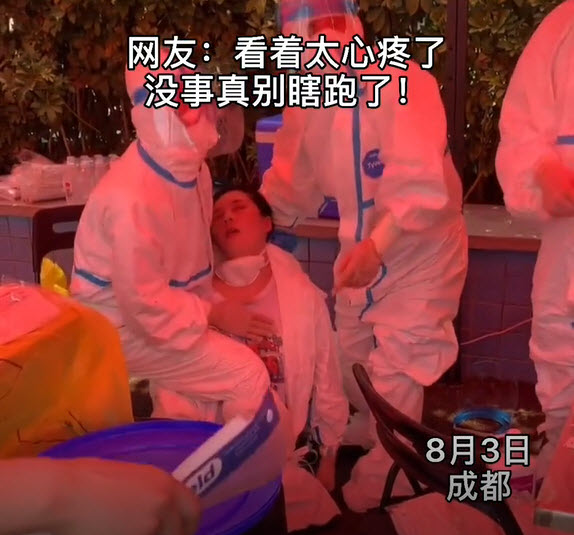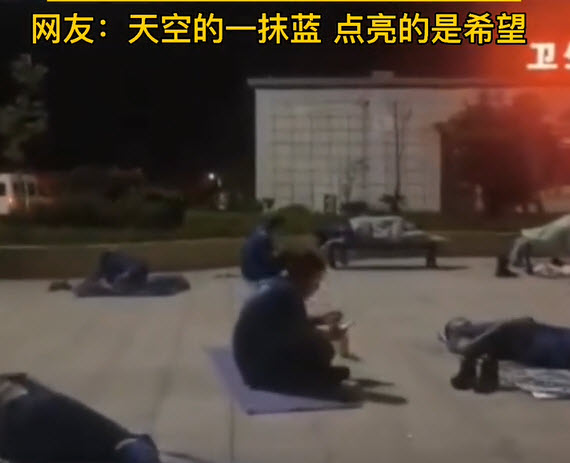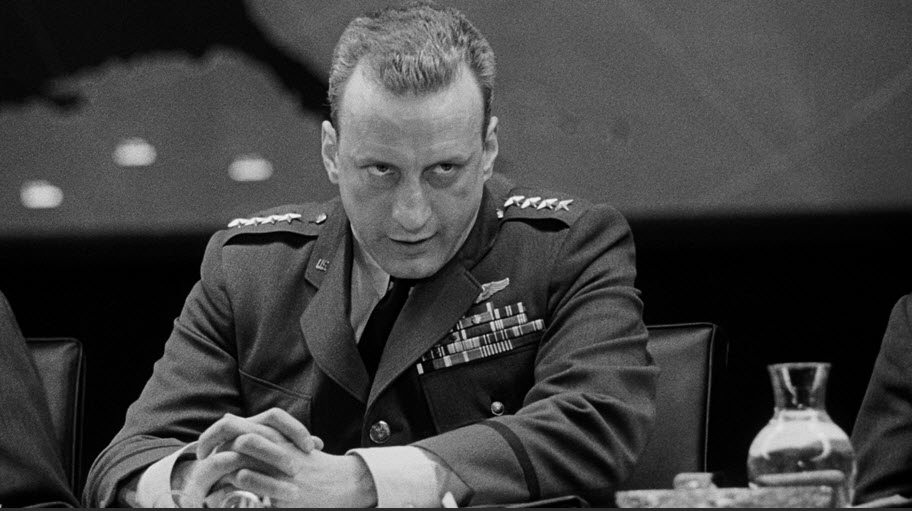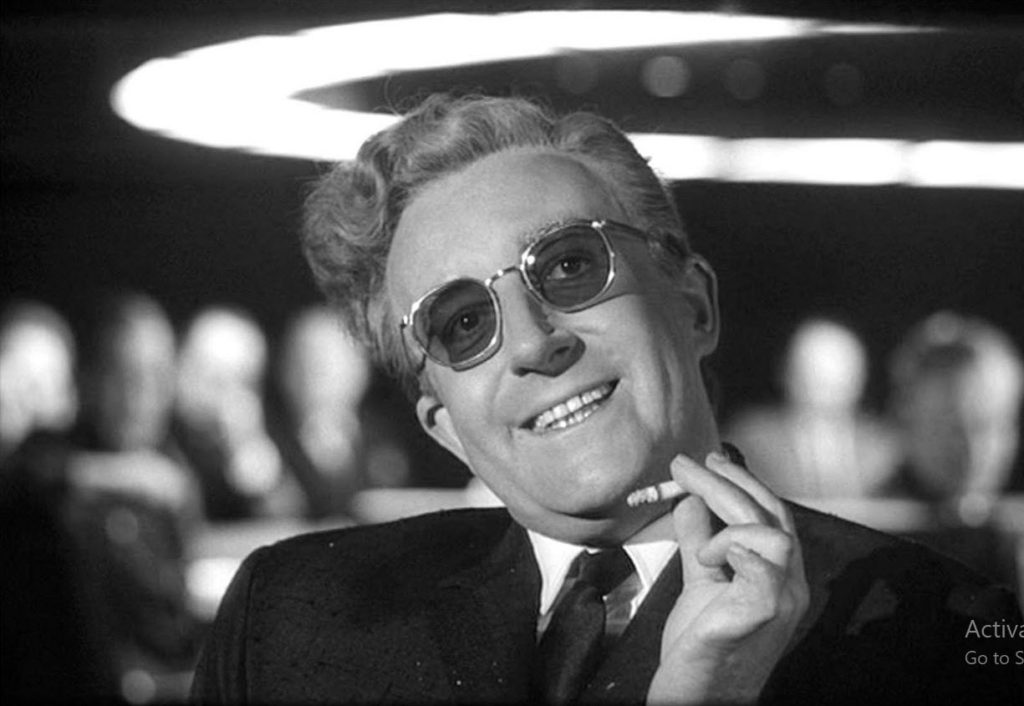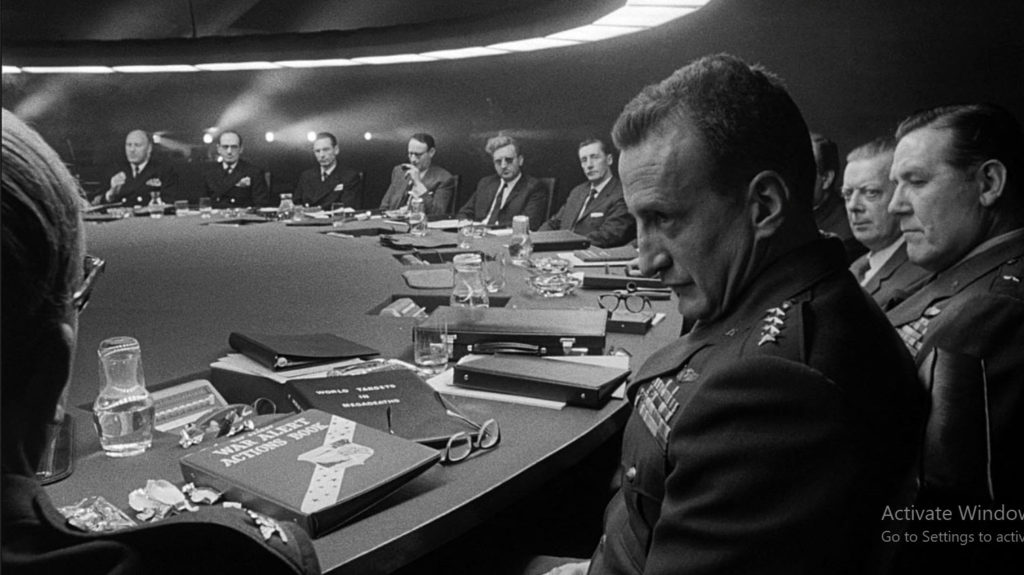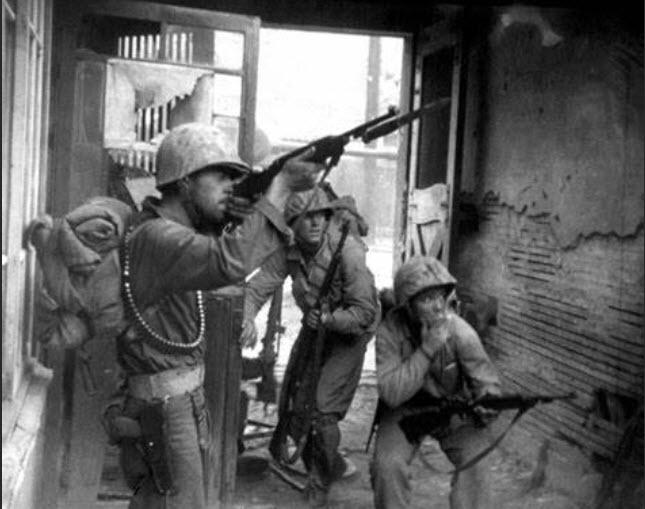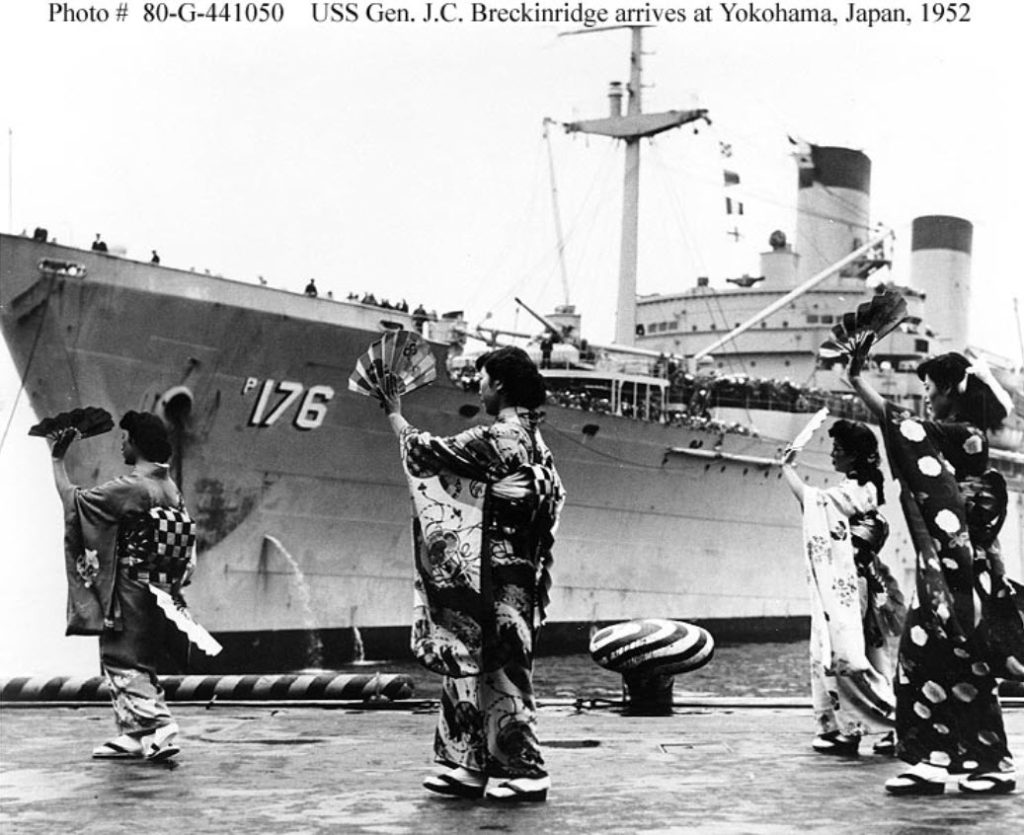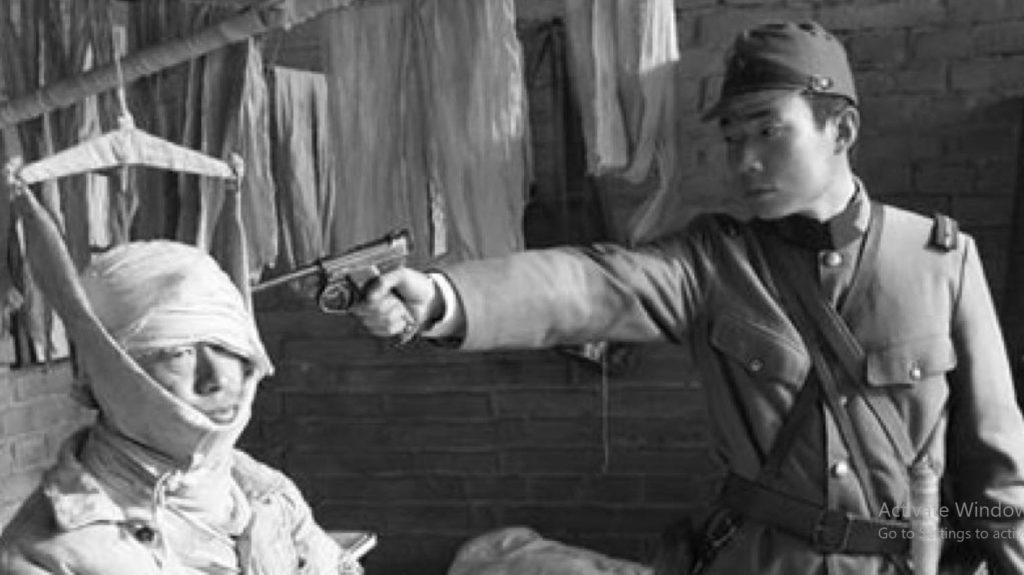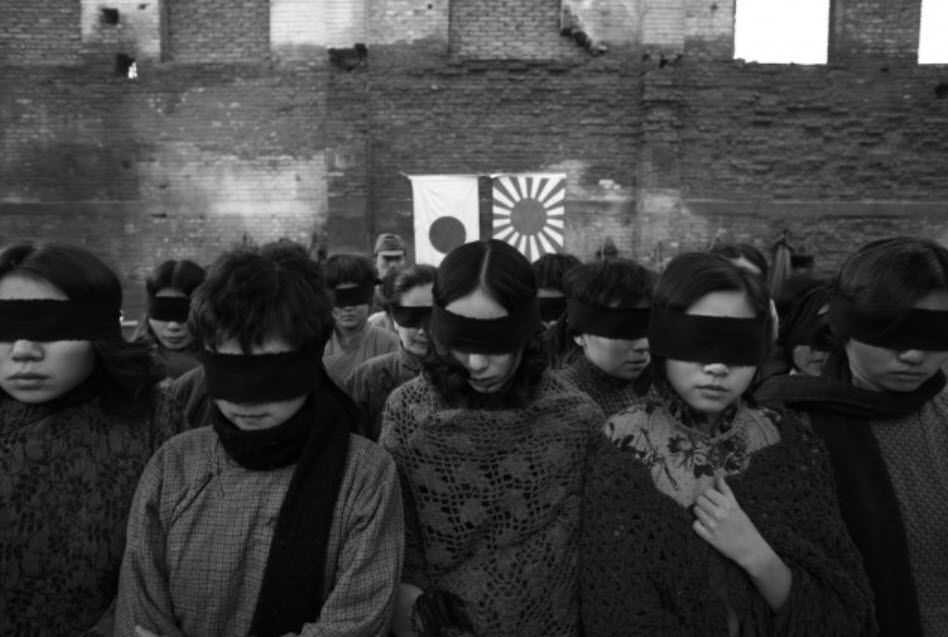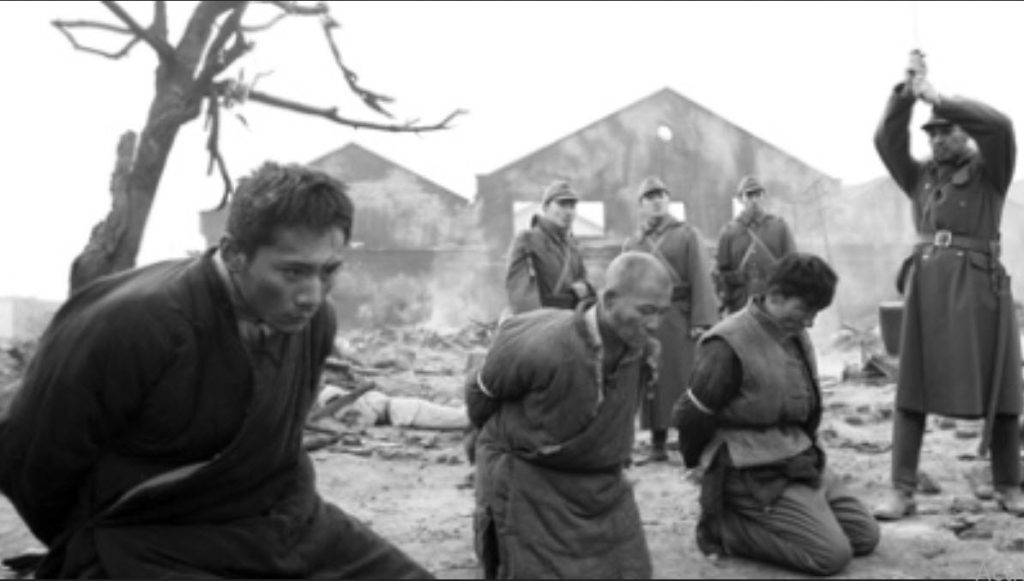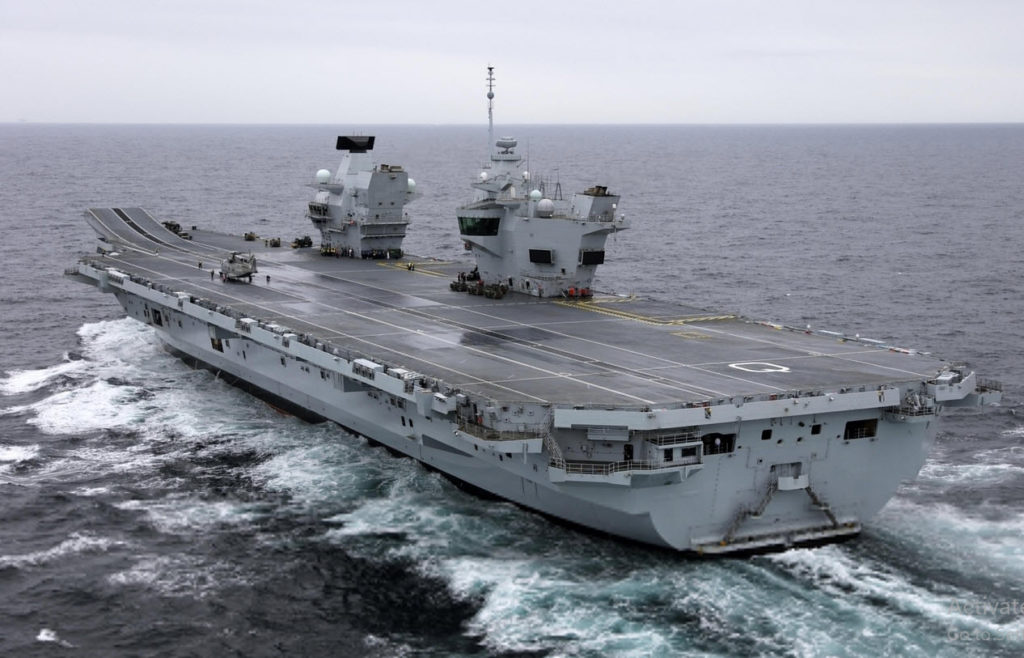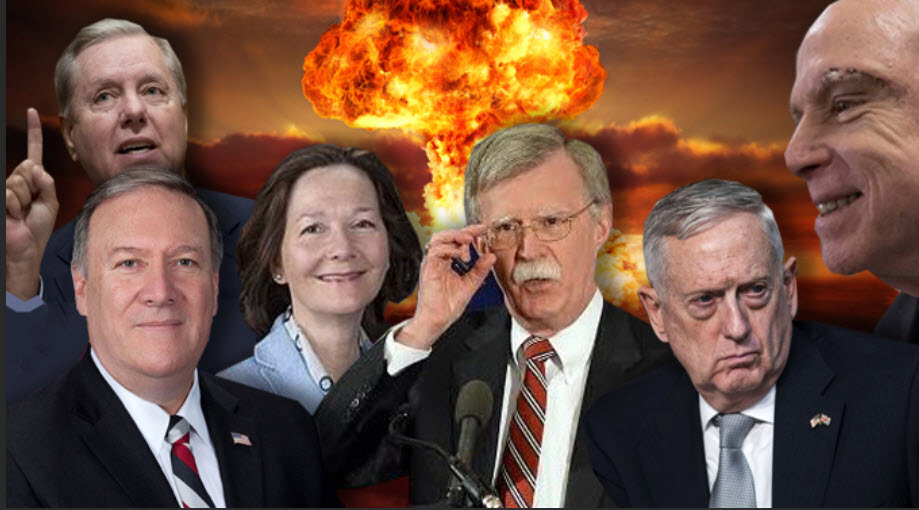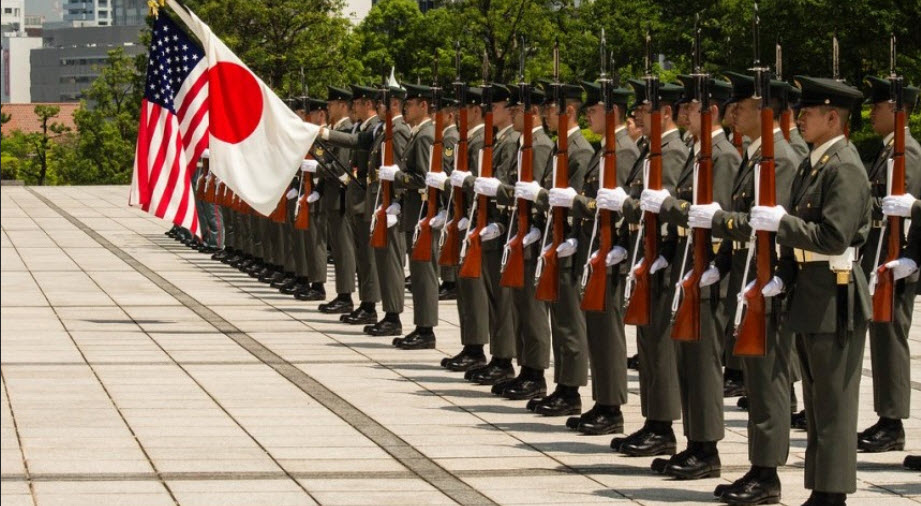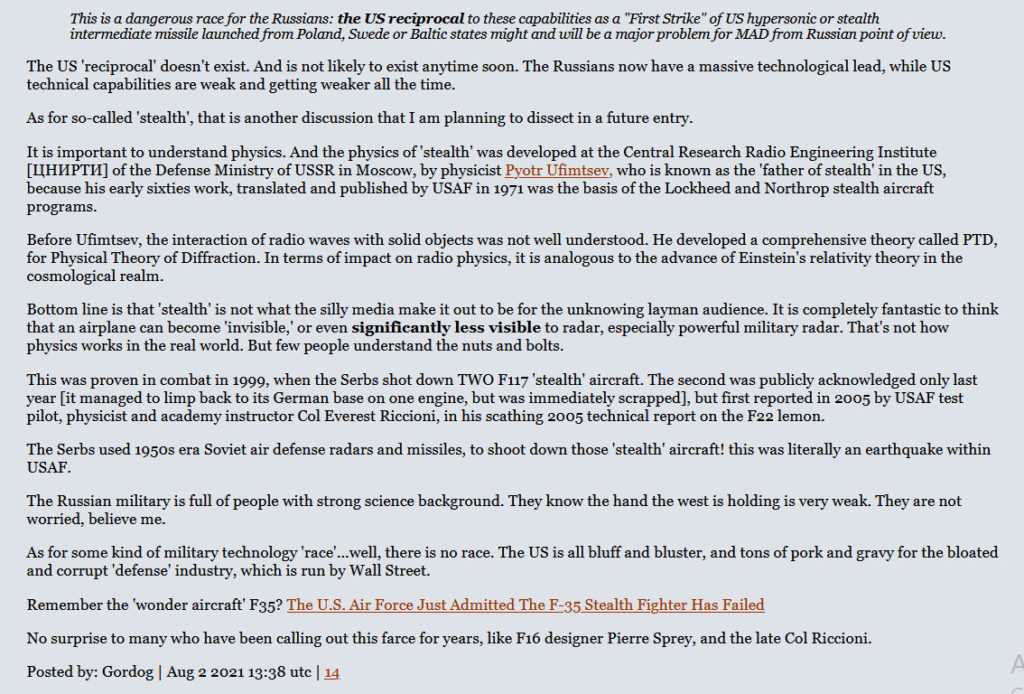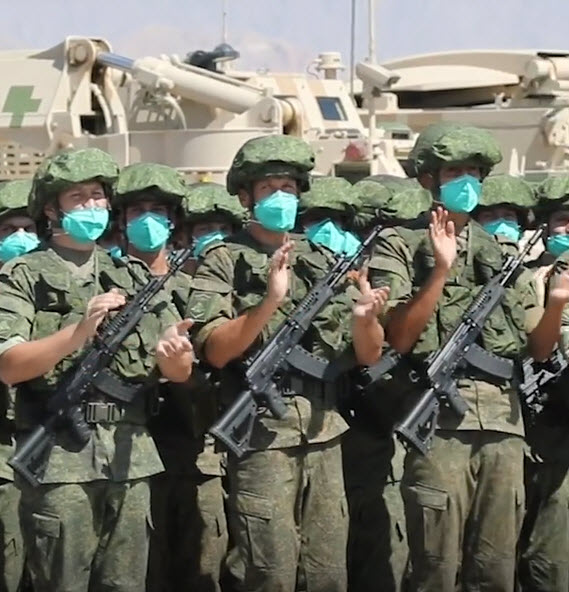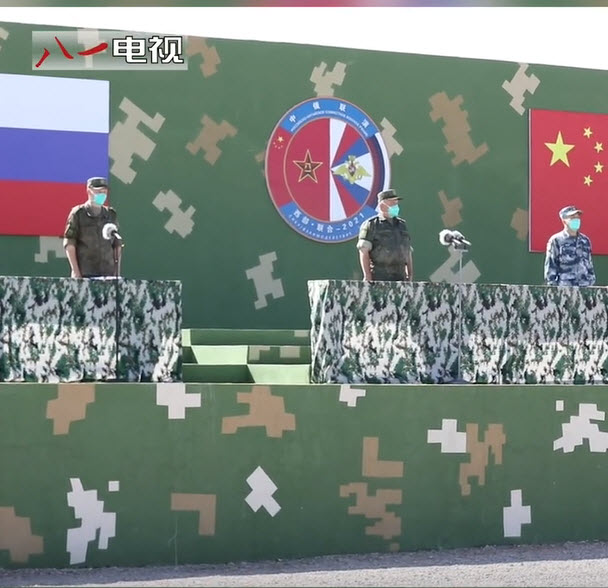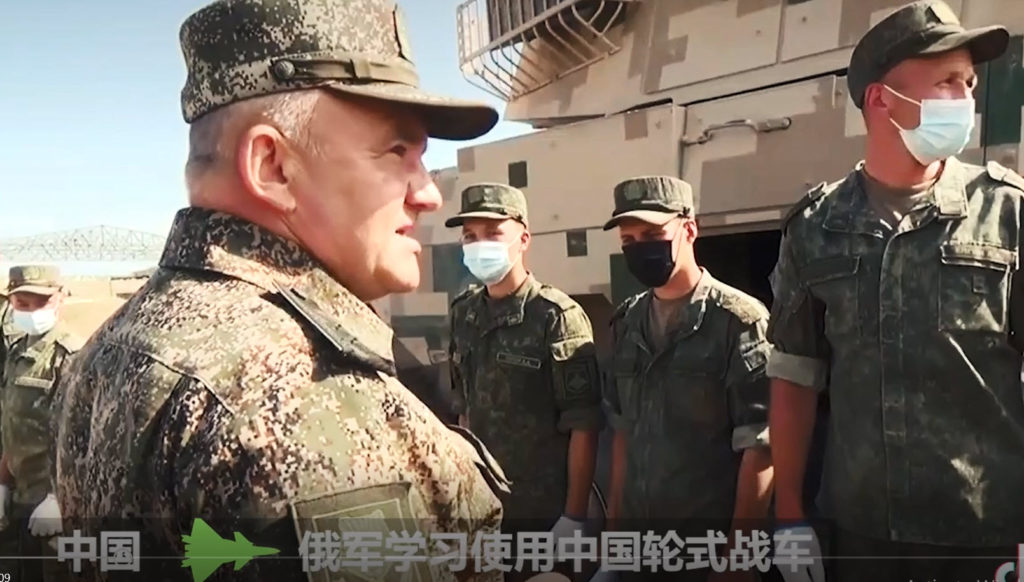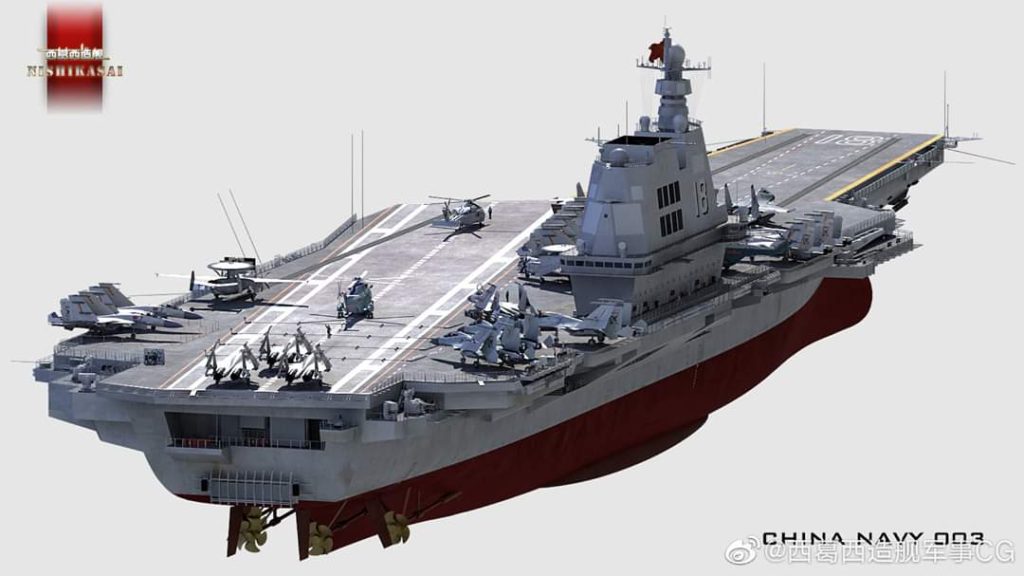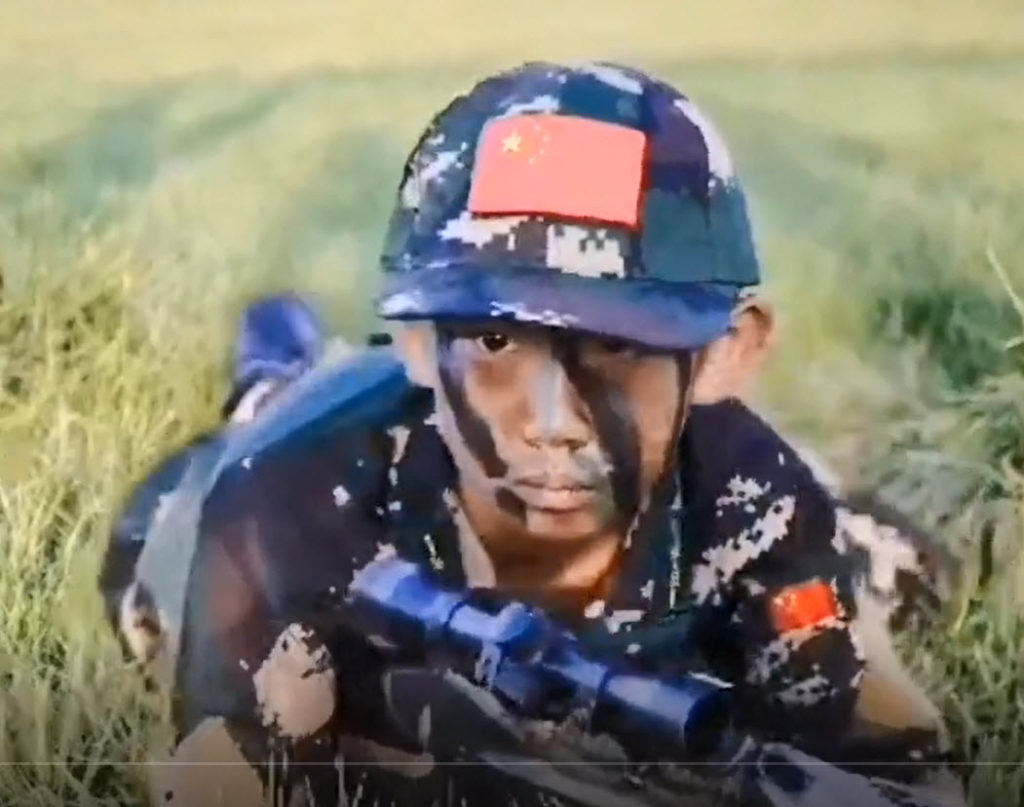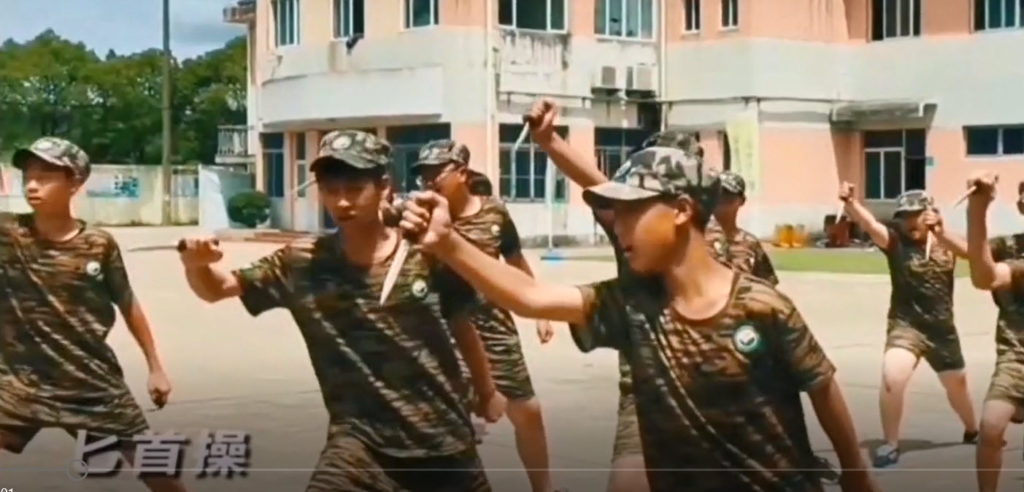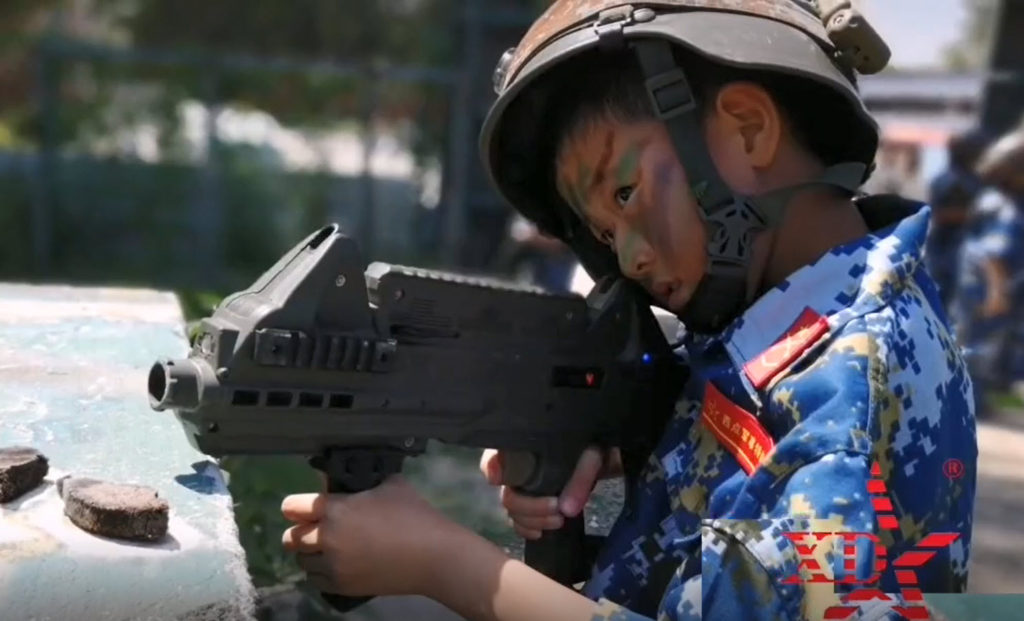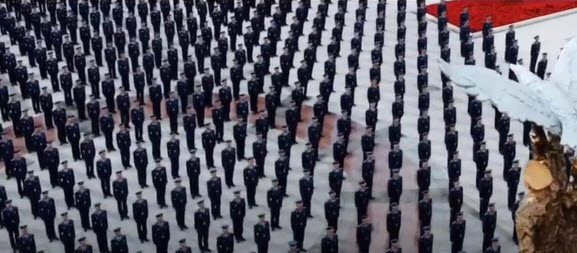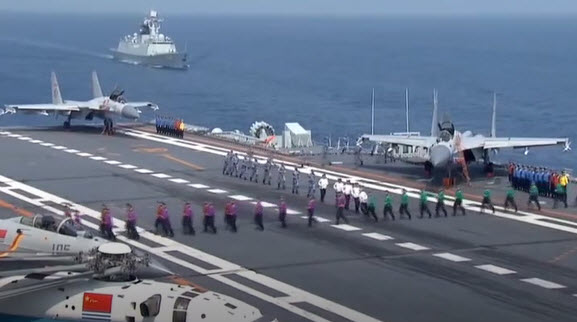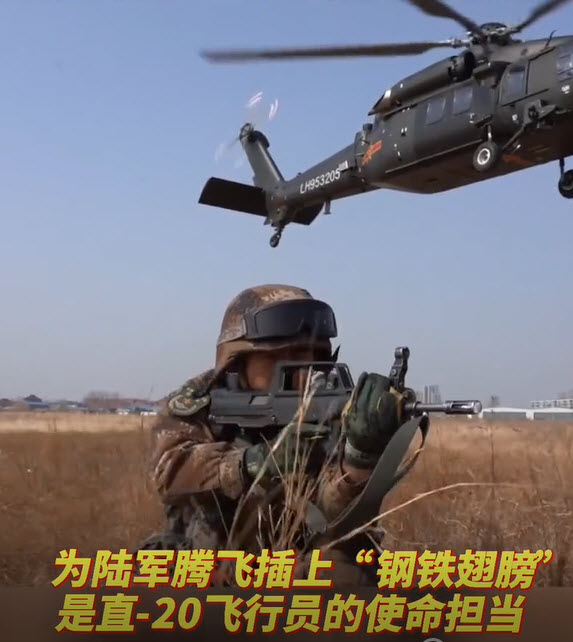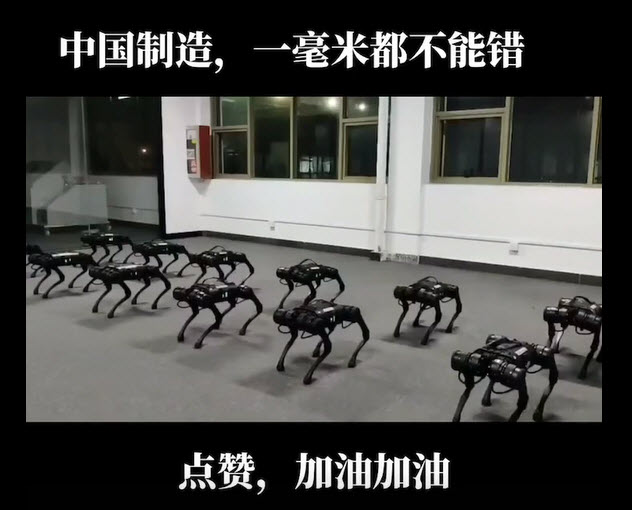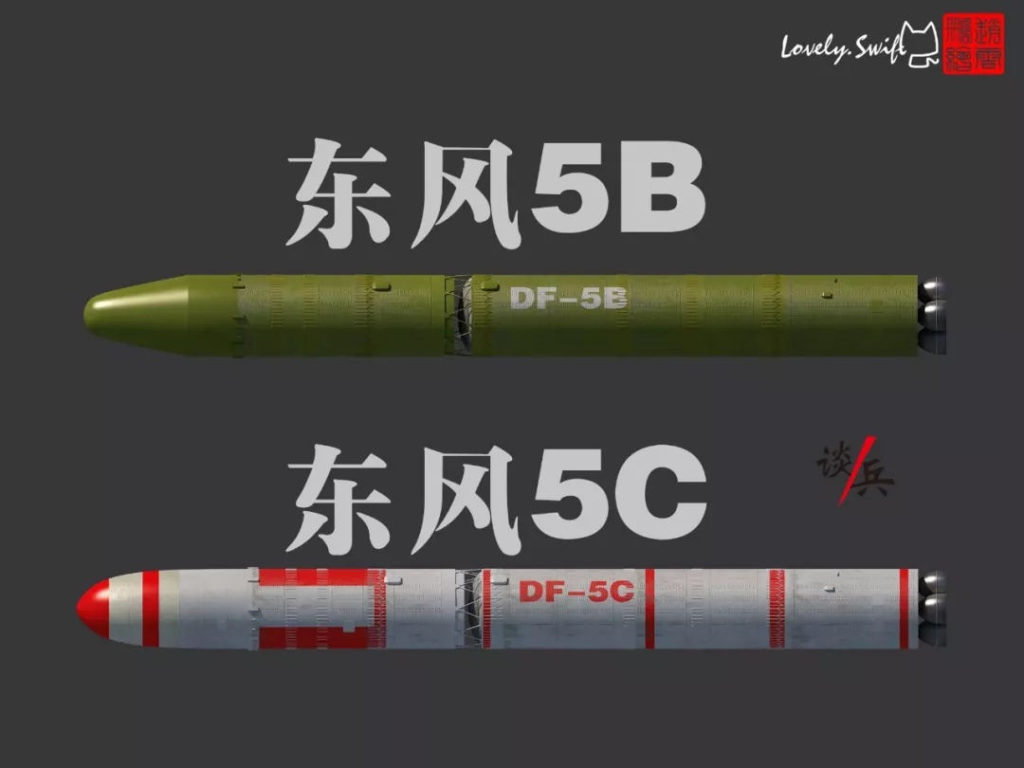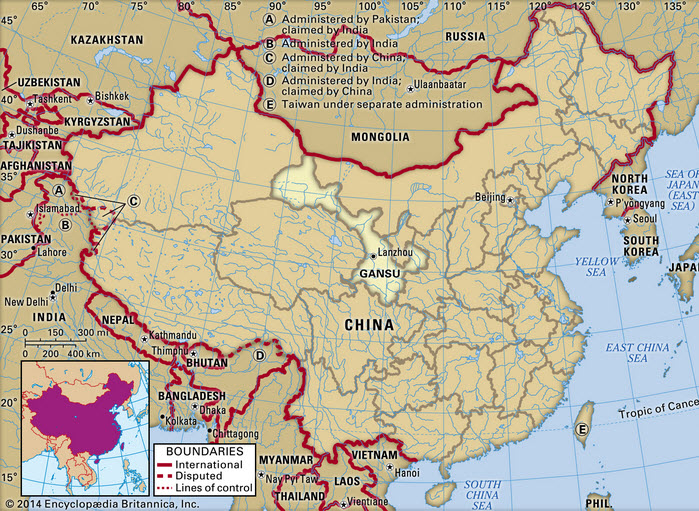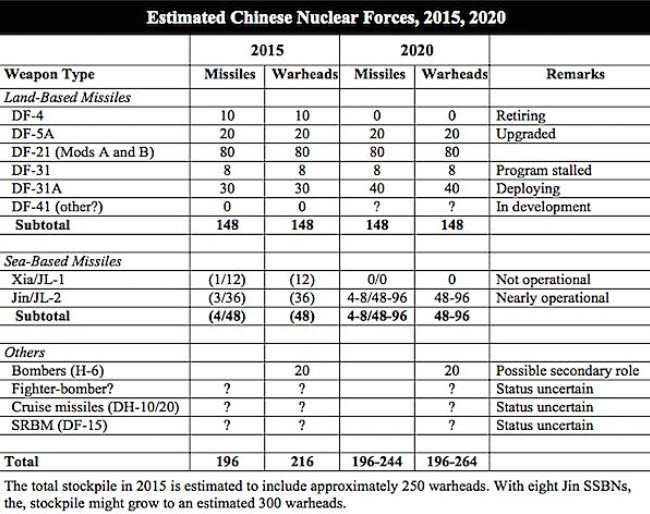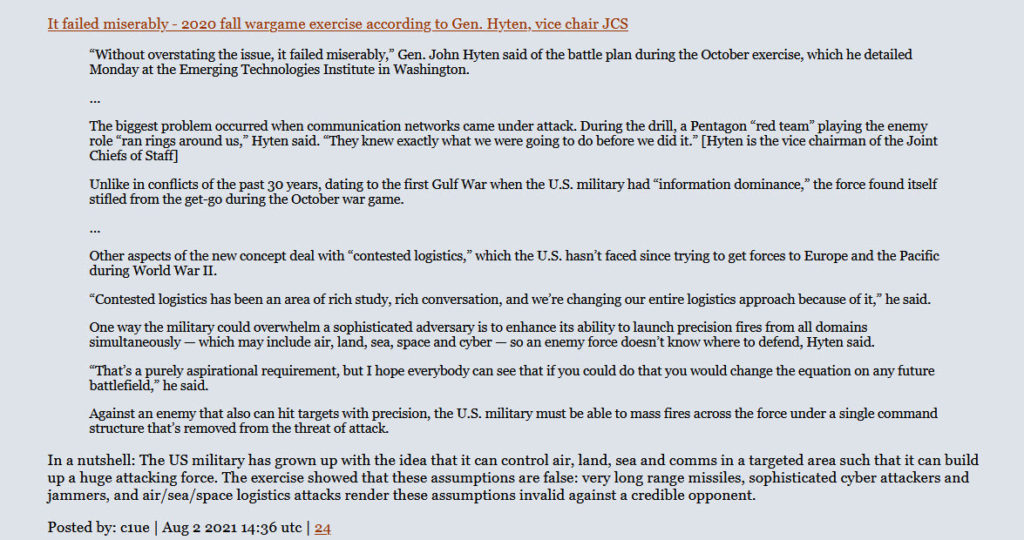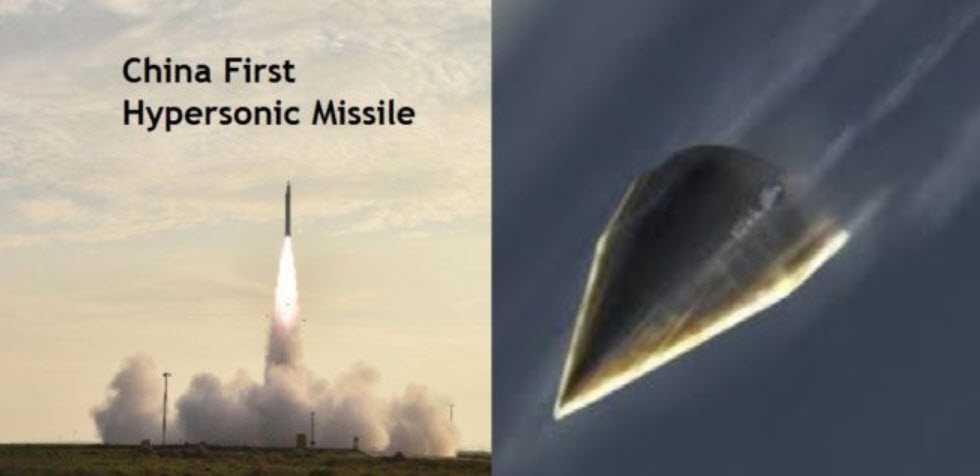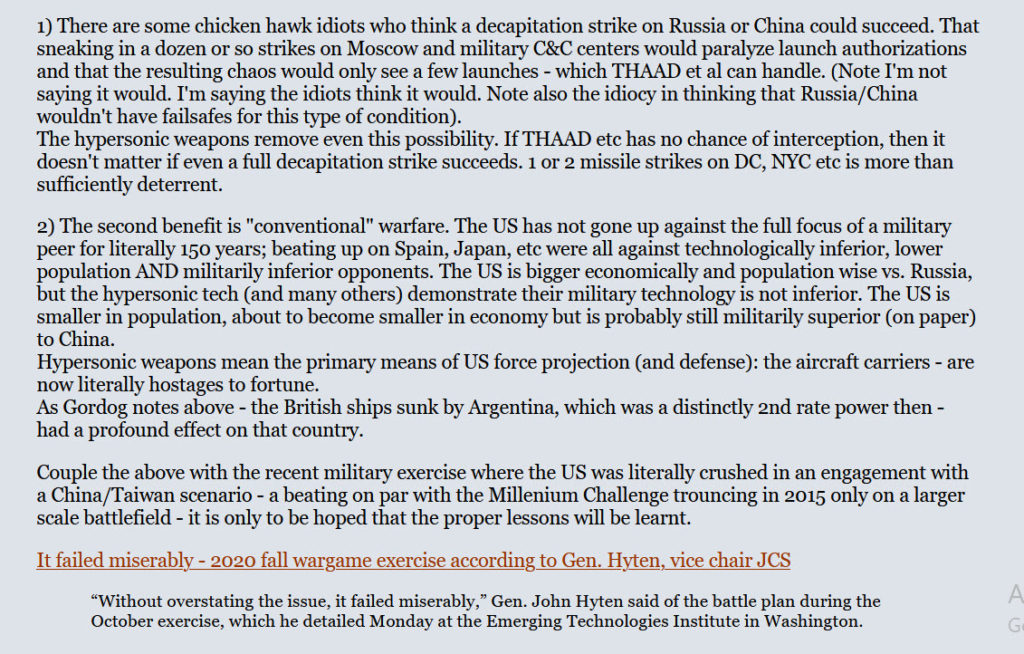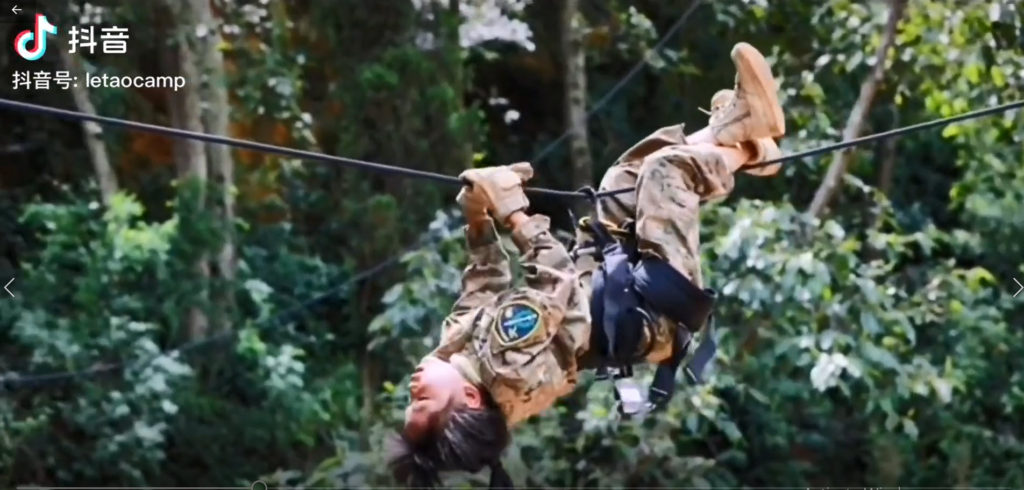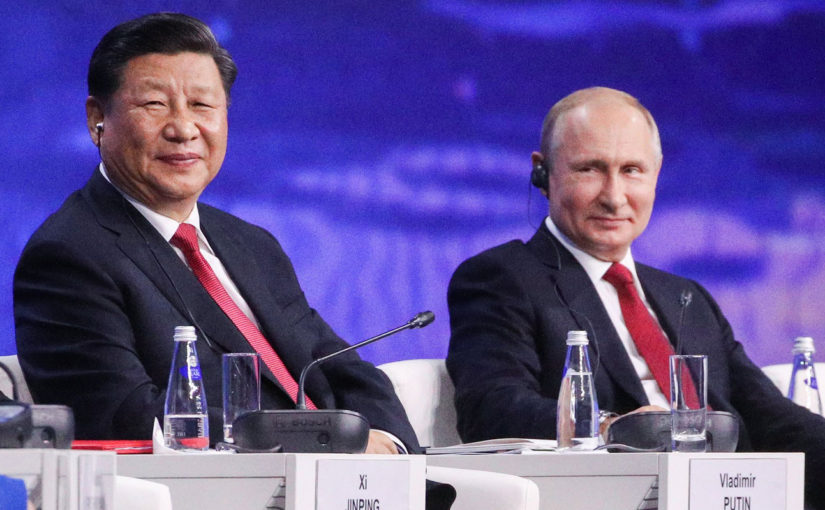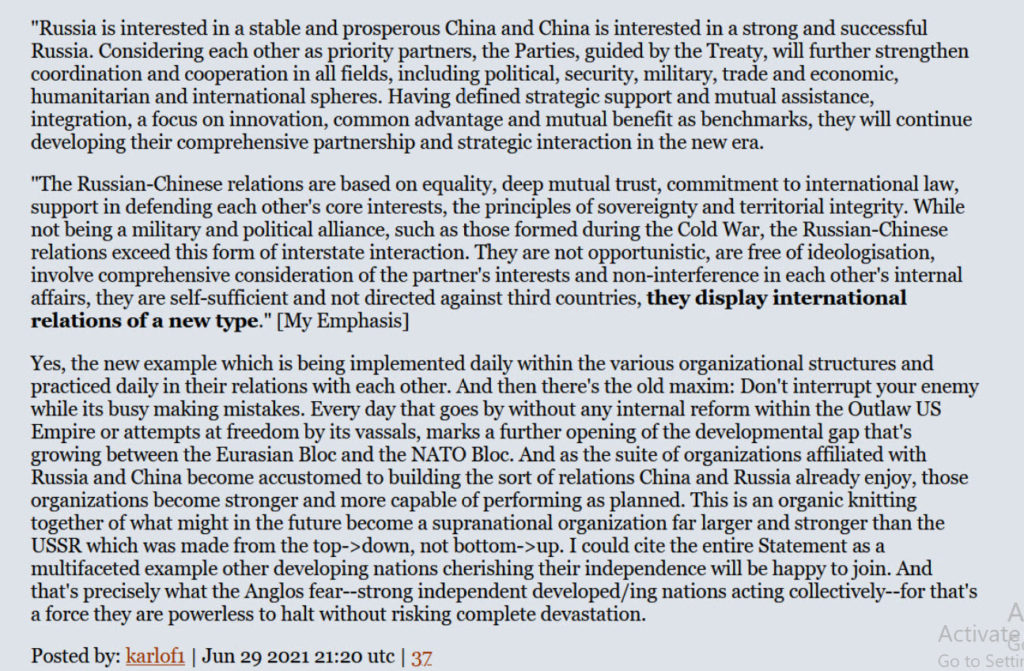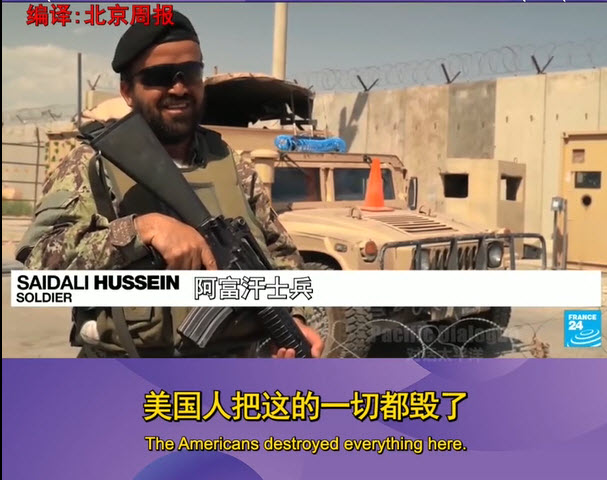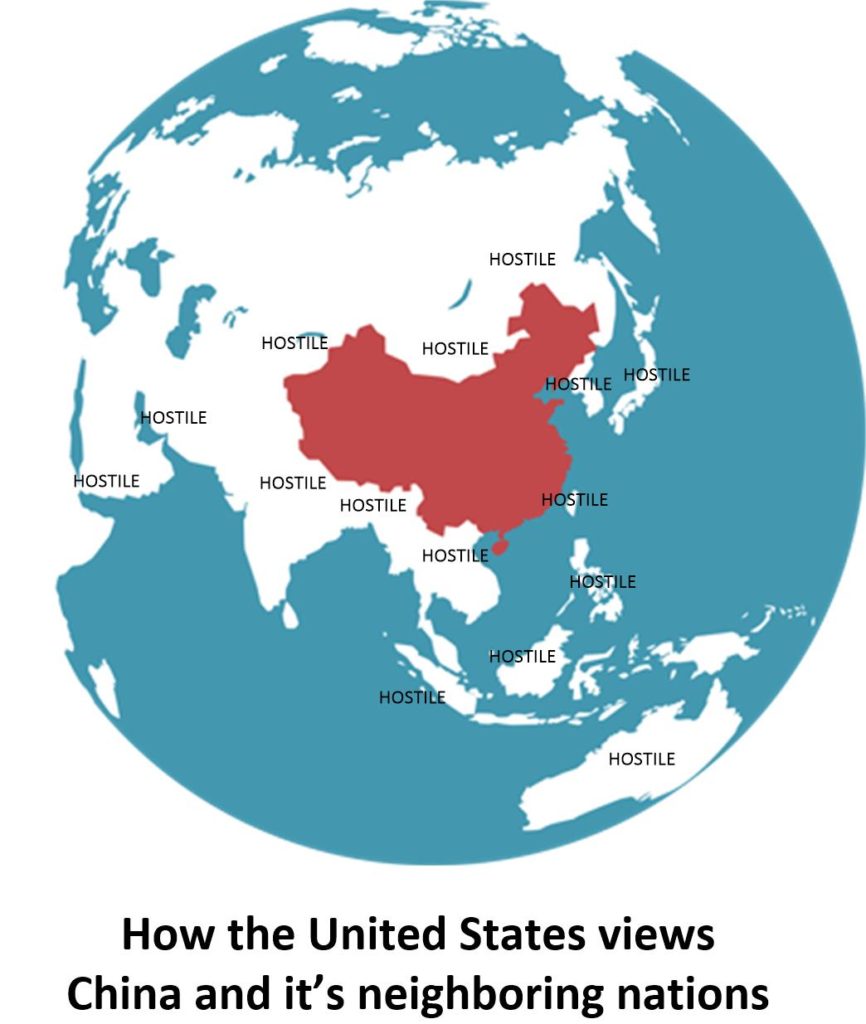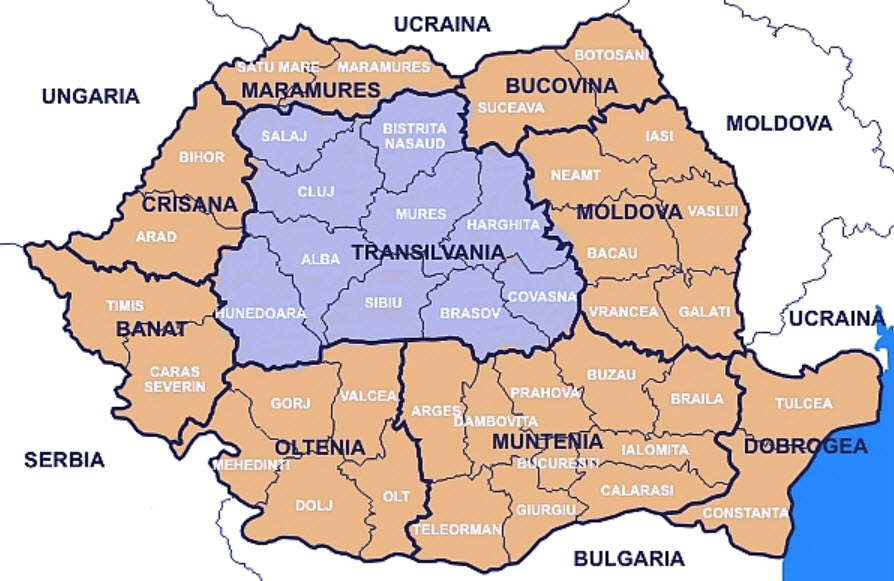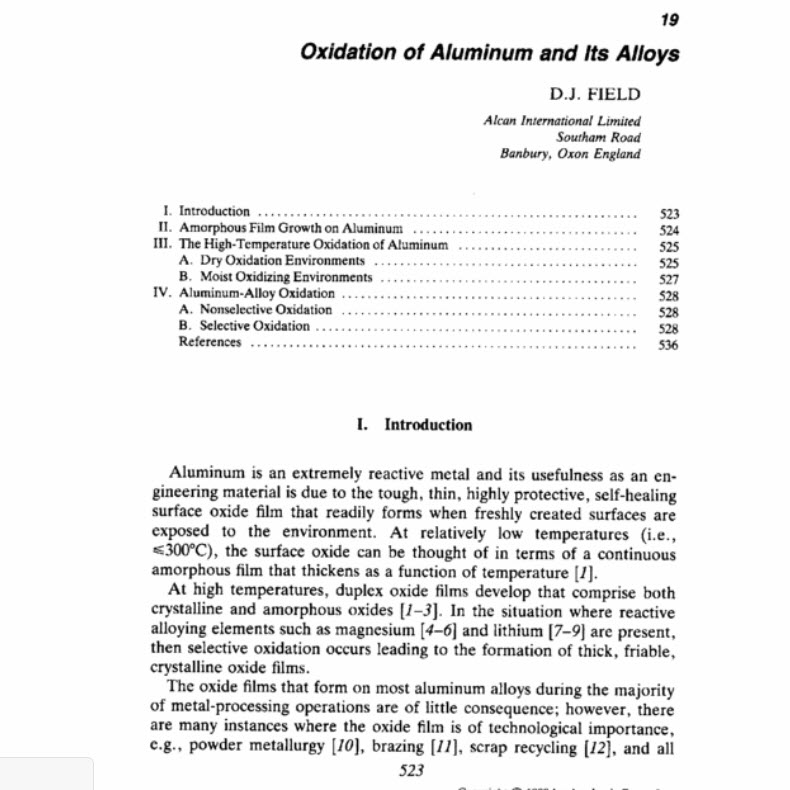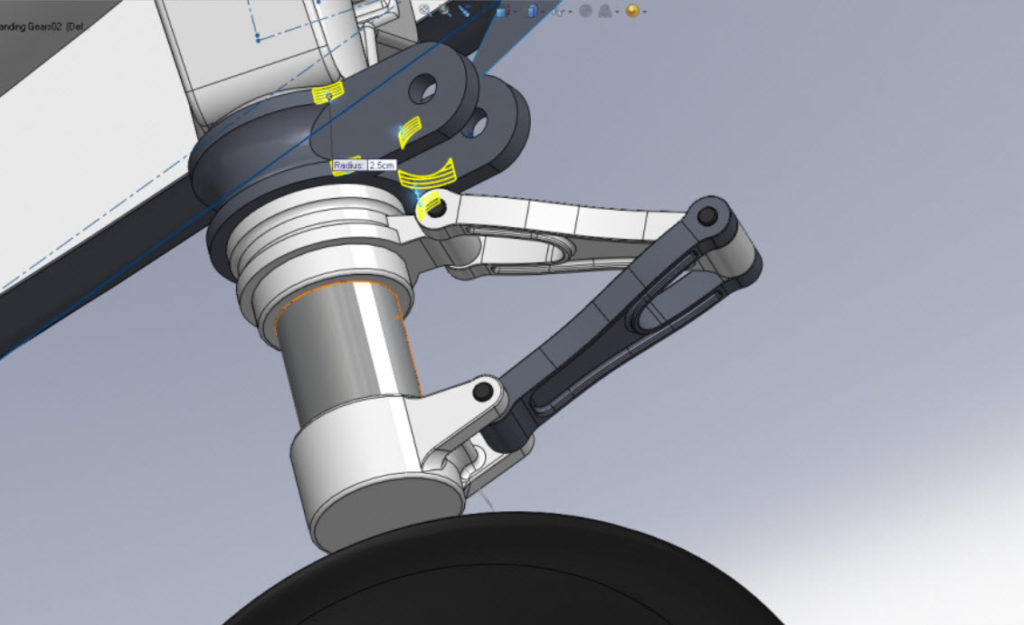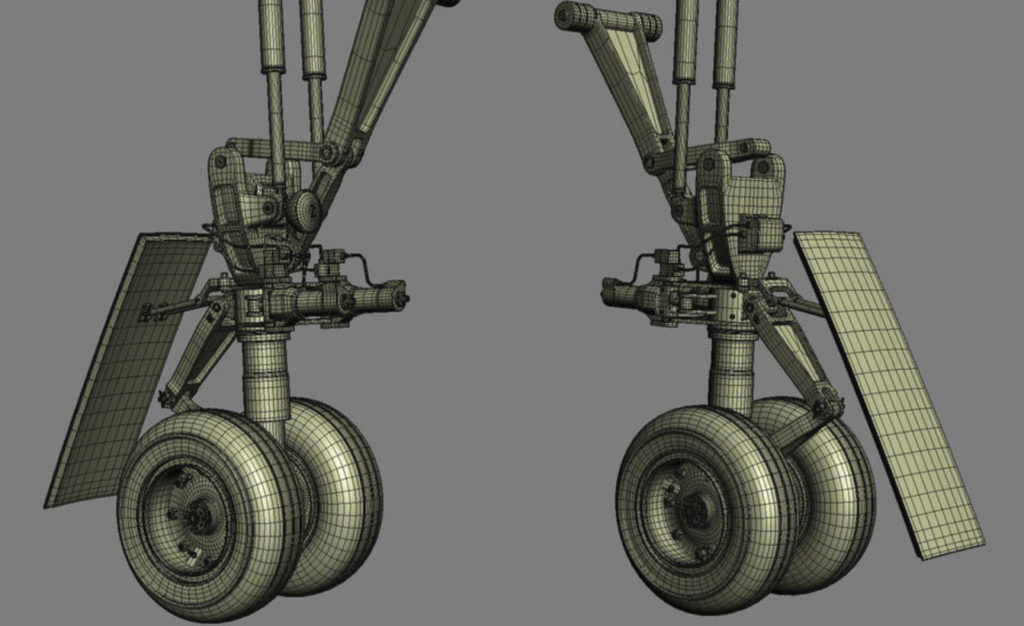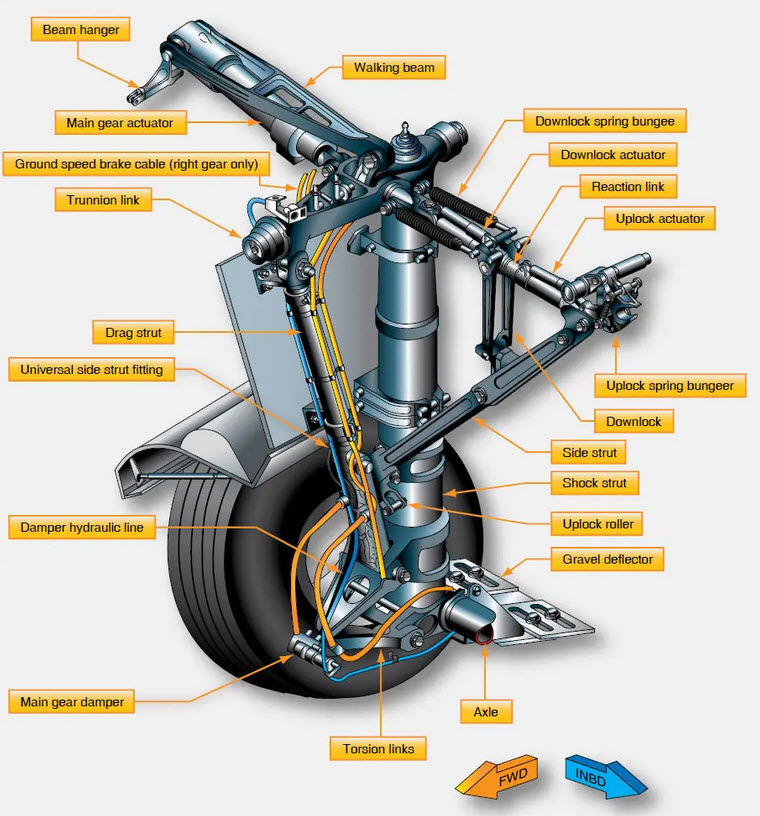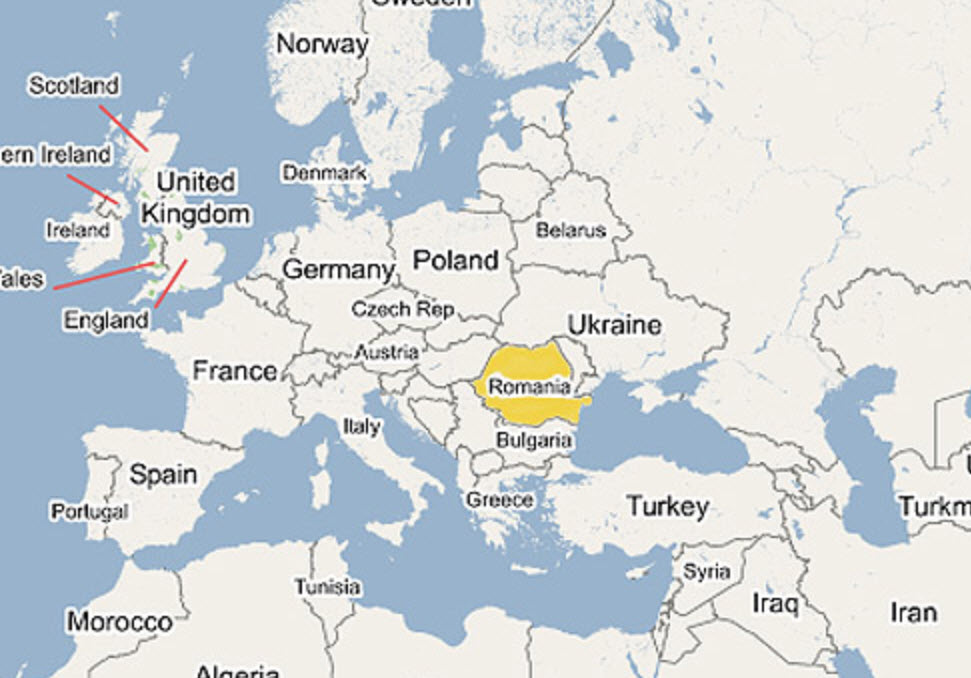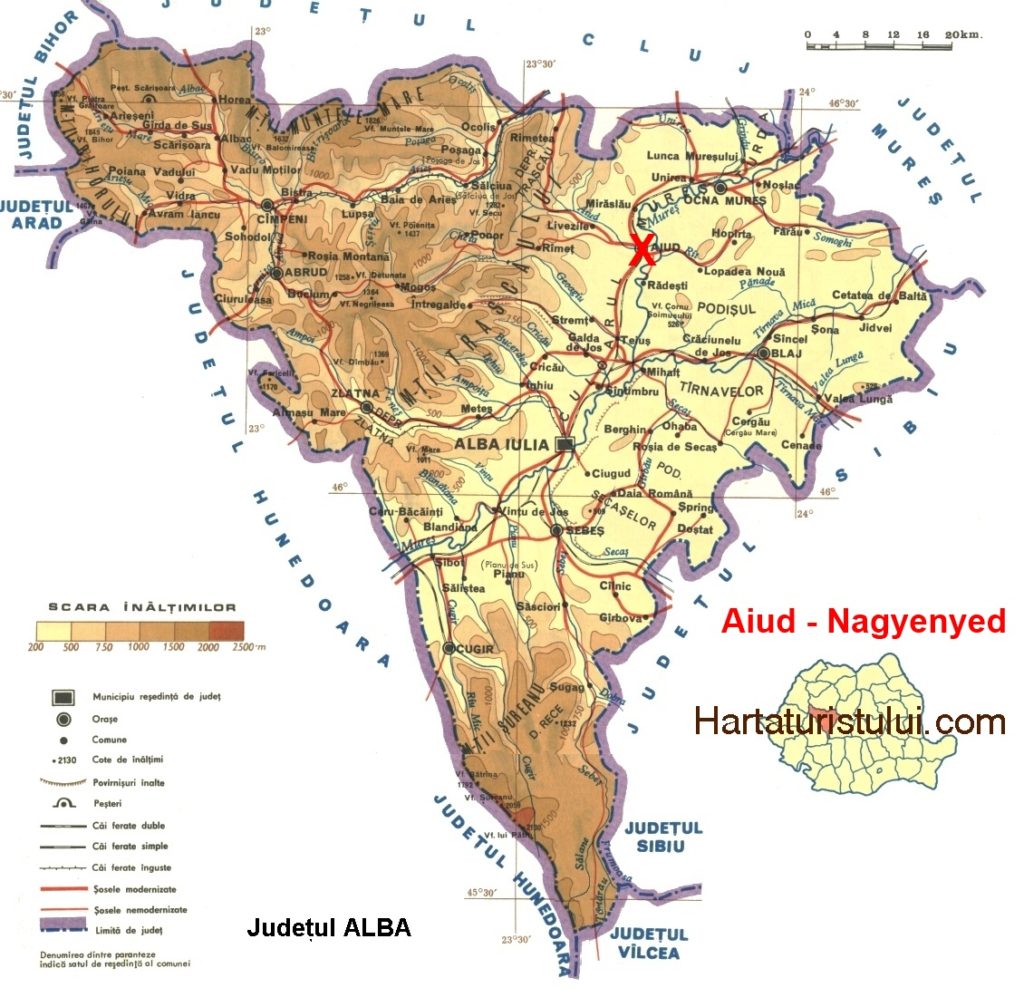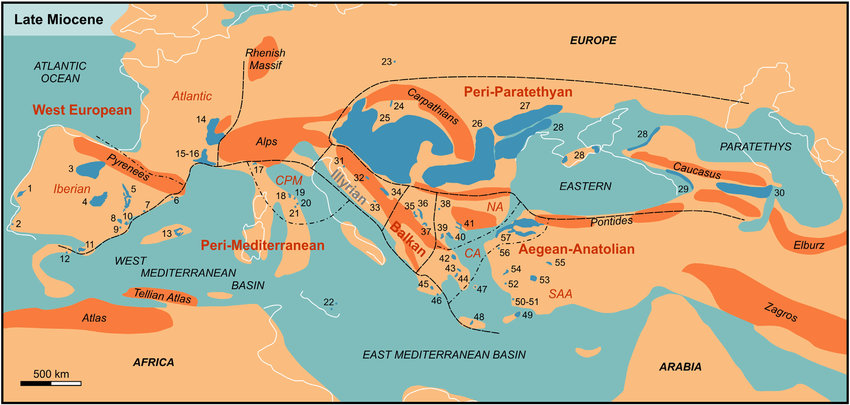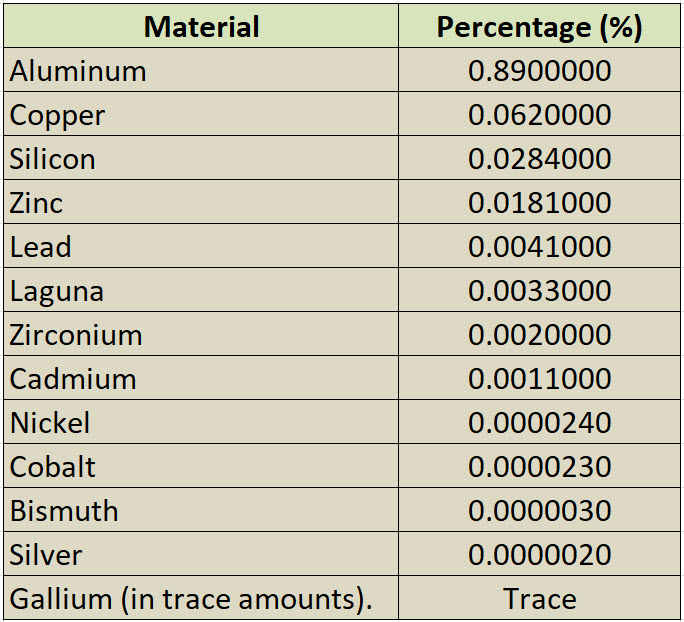When I lived in Indiana, it was an experience in extremes. The Summers were roasting hot. And the Winters were frigid and cold with gusts blowing and wind chill factors in the negative double digits.
To keep warm in our mobile home, we supplemented the heater (which was kerosene) with electric space heaters. And it worked out fine.
This is… or was…
Until my one cat, Scooby (might have been another) decided to pee on the heating coils of the heater.
Of course, we didn’t know this occurred until the very moment we need to use that heater.
Ah. It was a howling cold night, with wind gusts and sub-freezing temperatures. And so we pulled out the old space heater and fired it up.
Let me tell youse guys… nothing quite stinks like well heated, year old cat urine. Lordy!
I’ll tell you what…
I turned that thing off and threw it in the snow. It was horrible. I think that the stench permeated everything and it took weeks to air out the house in that particular Winter.
A word to the wise; never heat up cat urine. You will despise the experience. Ugh!
Today…
What is an experience you had at a gas station you’ll never forget?
Having worked at gas stations off and on for decades, I have a few more than normal, but this is the one that keeps me going with “what were they thinking”.
Many years ago, the owner of the gas station that I was working evenings at volunteered one of the garage bays to Fish and Wildlife as a weigh and tag station during hunting season.
This vehicle pulls in and the driver goes up to the state biologist completely chuffed with himself. Apparently he had just bagged the biggest deer he had ever seen. I got work to do inside, so I keep on going until the biologist walks up to the counter and tells me to call the troopers, and have them send along a sergeant, cause “They are going to want to see this.”
I make the phone call, and about ten minutes later, two state police cruisers pull in. and at the exclamation of “You sorry SOB.” had to step outside to sate my curiosity. Turns out this out of state hunter had not bagged himself a record white tail deer, but a good sized Jersey cow. Almost certainly the best milker in that farmers herd.
Gentleman winds up arrested, car impounded, rifle confiscated, hunting permit revoked, fine to the state, and one hell of a payment to that farmer.
The Chinese
The PRC is nowhere sitting idle. It may not speak a language that you (or I or the West) understands well but it acting decisively.
Common Russia-China patrols in the Pacific
Military exercises with *mixed* troups
China is diplomatically much less cautious than they used to, too. But their real target audience isn’t the West, it is the rest of the world. And I think they’re winning that discussion fair and square.
Posted by: Konami | Jan 23 2024 11:51 utc | 12
Greek Spaghetti (Lemon butter)

Ingredients
- 12 ounces spaghetti
- 1/2 cup (1 stick) butter
- Garlic powder or mashed garlic cloves
Why you’ll love this lemon butter garlic pasta sauce
- It’s ready in 15 minutes. You can have a bowl of delicious garlic lemon butter pasta in your hands super fast. Just what I want to hear when I’m pressed for time!
- It’s super versatile. This creamy lemon butter garlic pasta sauce is great on its own but also perfect with prawns, chicken or salmon.
- It’s loaded with flavour. Lemon, butter and garlic are an amazing flavour combo just perfect for a no-frills pasta dish.
What goes into pasta al limone?
Olive oil — Use the best quality extra virgin olive oil you can for this recipe for the best flavour.
Butter — Unsalted butter is best for this garlic lemon butter pasta sauce. if you use salted butter, you may not need to add any extra seasoning.
Garlic — Feel free to add as much garlic as you like. I like to make this sauce with at least six cloves. You can either finely slice the garlic or mince it.
How to make garlic lemon butter pasta?
Cook the pasta al dente in salted water according to the instructions on the package. Reserve 1-2 cups of pasta water before draining.
Meanwhile, heat the olive oil in a large pan or Dutch oven and melt the butter in it over low-medium heat.
Stir in the garlic and red chilli flakes and cook for 1-2 minutes until the garlic changes its colour, careful not to burn it.
Transfer the cooked pasta to the pan and toss well with a pair of kitchen tongs to cover it in the butter sauce. Add a splash of pasta water if it looks too thick.
Recipe notes and tips
- To make sure the pasta water is extra starchy, cook the pasta in less water than you’d usually do. The starchier water will make the sauce creamier.
- It’s always a good idea to grate your Parmesan or hard cheese yourself because freshly grated cheese has more flavour than bagged cheese.
- Pasta al limone is best served immediately, and I don’t recommend reheating it.
What’s one instinctive thing you did that prevented something bad from happening?
This is something my husband did to help a young lady who was being followed after a road rage incident.
He was in the military and they were putting him through Graduate school so was in good physical shape. He was on his way to class around 1:00 and as he pulled into the parking area for the college and got out he heard someone crying and heard what sounded like someone being thrown against the chain link fence.
He ran down and saw a man throwing a young college girl hard against the fence and then would let her drop to the ground and do it again over and over while yelling at her the entire time. There was blood everywhere.
He ran to help her and grabbed and threw him to the ground. He jumped in his car and left fast. My husband memorized the tag and turned to help the girl. He yelled at another student walking by to call 911. (No cell phones then)
She was shaking, crying and in shock. He said he would stay with her until the ambulance came and asked her name and number so he could get a hold of someone for her. The ambulance was soon there and immediately took her to the hospital.
He met with the Police and after telling them everything he called the number and left a message telling which hospital she was in and what had happened and left his phone number and name if they had questions.
Later that evening a man called and thanked him for protecting his daughter. He said, “I’m her Dad and just wanted to thank you for saving my daughter today. I truly believe you saved her life. She had broken ribs, stitches in her head and a concussion but wasn’t hurt worse because you stepped in to help. You can rest assured he is in jail as we speak and by the way, I am the Superintendent of the Police. Thank you so much.”
~ You may never know whose child, sibling or mother you might be saving or who might be watching.
A few apples fell from my neighbor’s tree branch which hangs over onto my property. I picked them up and kept them. He called the police on me for “stealing food” and threatened to sue me. Will the police do anything? Does he have a case?
“A few apples fell from my neighbor’s tree branch which hangs over onto my property. I picked them up and kept them. He called the police on me for “stealing food” and threatened to sue me. Will the police do anything? Does he have a case?”
Here, no. Oh, he can sue you. Lawyers love this as it means money for them, even if they can’t win. Parasites.
But, his property was on, or over, your property line. So, if it falls naturally, it’s yours. You can TRIM the tree back, but not go over and cut it down. He can trim it so it’s not over your property, but he can’t go over and collect “his” fruit that falls or it’s trespassing.
The most we would do is explain this to him and leave.
However, when you go to court, it’s anyone’s guess. Lawyers and judges, kindred souls, tend to do whatever they want. Unless you have someone who can play the game, you might very well have to pay him for the “stolen” food, damages, and emotional pain and suffering. Heck, maybe even court costs. Criminally, he doesn’t have a leg to stand on, but…
I’ll tell you, growing up, kids used to pick an apple or two to eat and it didn’t cause any problems. It was only if you picked the whole tree, or took more than you needed, that people complained. Even apple orchards didn’t freak too much. If it fell on the ground, it was “free.” In fact, some even liked for you to clean this up for them to keep wasps and other insects from feeding on them and making a mess.
Oh, and another thing, those will be some expensive apples for him. Court isn’t cheap and neither are lawyers. Were they golden apples, maybe? If so, he might be worried you’ll plant the seeds and grow your own gold apples, stealing from his market.
You know, if he claims the apples, you might be able to make him pay for the leaves and branches that fall on your property. Clean up and damages, if you get my meaning. I figure there are a lot more leaves and branches that fall than apples, and, while you’re at it, how about the damage that those apples did to your lawn when they hit it? If you didn’t pick the apples up, they could attract wasps, which could sting you, and possibly dull your mower blades or become risks, such as slipping.
Why are Americans MAD at China?! (I Know Why)
Have you ever walked out of a doctor’s office because the doctor was being disrespectful to you?
I arrived at my doctors office 15 minutes early for a routine visit in the evening. I paid my $5.00 co-pay. The receptionist informed me that I was early. I thought that was strange since most people arrive early for doctors’ appointments. There was a couple waiting to see the only doctor on duty. The receptionist called the woman’s name so she was the patient. I am a registered nurse and the patient did not seem to be in any distress. She and her male partner went into the doctor’s office. I waited an hour. It is none of my business what the patient and the doctor talked about but talking with the same patient for an hour seemed a bit long to me even if she had cancer or some other serious chronic disease. I patiently waited for the hour.
A young male patient came in and he apologized for being late. The receptionist said it is okay and he will be seen next. He did not seem to be in any particular distress. I had been waiting for an hour. I informed the receptionist that I am leaving. She asked me if I wanted to re-schedule the appointment and I said no. I went home and I filed a complaint with the HMO. The doctor’s office had to respond to the complaint. Eventually, they sent me my $5.00 co-pay. I did not care about the co-pay. I was concerned that I was waiting for an hour and the couple was still seeing the doctor and the young man, who was late for his appointment, was going to be seen before me.
I changed primary physician offices. When I called the office of the doctor I eventually selected I asked them how their appointments go? Is a patient generally seen within 15 minutes of their appointment time? They said yes. They also said I can call before my appointment to see if they are exceptionally busy. I have never had an experience like the one I just reported ever again.
I am stupid…
What was the most disappointing Christmas gift you saw someone get?
I get choked up telling this but I will. In 1987 I was 7 years old, my parents had divorced and my father paid my mother $20 a month for 3 kids. Now this was pretty pathetic already, but he had not paid her for 6 months. Anyhow my mother was struggling to make ends meet, we had very little food in the house and I did not know it at the time but my mum was starving so the food would last longer for us kids. Christmas day my father turns up and accuses my mother of being a drug addict (I assure you she’s not) and told her I’m not paying cash anymore or she will spend it in drugs. He gave her a Christmas card and inside was 2 gift cards for the local supermarket totalling $200, he even said “Merry Christmas” to her as this was all the owed money and then some more. My mother did not care, she would have used $200 cash for food anyhow. She took what little she had in cash and used it to buy fuel for her car, we drove to the supermarket and loaded two trollies (1987 $200 went a long way) mum even purchased Froot Loops for us kids, it was a happy day…… Well until we got to the check out. The bill came to $199.90, mum presented the 2 gift cards, they were both declined. People stared at her, and the store accused her of stealing the gift cards, they told her to leave or they would call the police. People stared at us, and my mother left so embarrassed. My younger brother was 4, he was crying as the Froot Loops were taken from his hands.
What actually happened: My deadbeat father stole the gift cards from the store, however their is no money in them despite them saying $100 on each. You see if you want to purchase the card you need to take them to the counter and pay the face value, then the card is activated and can be used in the store. A few days later my mother collapsed from starvation, we had apple trees next door at the neighbours farm, we took some for my mother, she ate apples for 5 days straight. It gets worse however, when my father was confronted by my mother a big argument broke out, my father accused my mother of lying and then refused to pay her any child support for another 4 months as he had given her $200.
Over the course of 6 years my father paid a grand total of $60 for us 3 children. In 2002 when I was 22, out of sheer coincidence, I saw my father enter a bar. I sat next to him he pretended like nothing had happened, he offered to buy my drink I told him “I don’t want anything from you” and paid for my own drink, the tension was so thick at this point. He started talking about how “that was the past and it’s okay now.” I finished my drink, opened my wallet and pulled out $60. I sat it in the bar in front of him and said “that is everything I owe you, don’t you ever f@cking contact me or my brother’s again.” Then left the bar, I honestly have no idea where he is today, and I really do not care.
EXTRA PART.
I have had a few people question about the last time I saw my father as a child, this includes my own daughter, well it was not at age 8. When I was 8 he started to hardly ever see us, he saw us once a month, then on our birthdays and Christmas, then he called us on these days. Now when you are 8–10 years old a month is a long time, so as a child I was always wondering if I had done something wrong. Yes my mother comforted me, but deep down you can not shake that “why was I not loved enough to want to see me” feeling.
By the age of 10 he had barely seen us for a year. On my 12th birthday be turned up with a fantastic cake, it had a fighter jet on it made out of icing, he remembered I liked fighter jets. He was such a loving father that day, I don’t know why, but he was. I remember him going, telling me “I will see you again real soon son,” then he left. That guilt feeling went away, I still felt I had done something to upset him, that’s why he left the first time, but I had now been punished, and forgiven. I felt my nightmare was over, I could live a life with a loving father again.
That night I went to bed and I recall my mother asking me if I had a good birthday? I told her “today has been the best day ever,” it really had. I rang dad’s phone about 2 weeks later as he had not contacted us, I was excited to talk to him, the number was disconnected, I had no address and I was 12. Mum could not contact him either, I don’t know if it was deliberately done, or if the phone was disconnected, I really don’t know. What I do know is that he knew our number and our address, but didn’t want to know us. I had a $2 coin that I would put in the pay phone near my school every afternoon while waiting for the school bus I would dial his number over and over. I had a special tiny bag I kept that coin inside, I still have this coin today. I keep it in a display, a reminder if the pain I felt every time I rang that disconnected number. About a year later the phone rang, the person who answered did not know my father, obviously the phone company had recycled the number.
My daughter has asked why I keep a normal $2 coin on display in my office. I have never told her, but I guess she knows now, you see I did not know she was on Quora, I had no idea she was following this post. Everytime I look at that coin (everyday) I am reminded of the hurt a parent can inflict on a child. My father never beat us, or did anything like this, but I think I would have preferred this as opposed to the emotional torture he gave us.
I live my daughter, she turns 15 soon (May 22nd) and I would take a bullet for her if that was ever the situation, I can’t image her putting $2 in a pay phone everyday for over a year (yes I know we have mobile phones now). I would feel bad if I slept in on her birthday, let alone didn’t turn up altogether. She has no wish to meet her grandfather and I doubt she will after reading this. She loves her grandmother, she looks up to her as a role model, and what a great role model to have. She’s a really smart person, even when she was 8, I explained to her the reason we live so comfortable is because of the sacrifices her grandmother made, she understood completely.
Who is the rudest celebrity you have met, and who would be the nicest?
With few exceptions, the biggest stars tend to be the nicest people. Why? Probably because they’ve achieved their greatest ambitions and have nothing to prove. Too, most of them had to endure a lot of rejection before finally getting their big break.
In 1990, I worked with Martin Sheen and LeBar Burton producing their voiceovers on an environmentally themed charity album entitled “Put On Your Green Shoes.” Sheen was so nice, he refused to be paid for his contribution, which caused us some problems because AFTRA insisted that he receive scale for the session. As one would expect, Burton was a true gentleman and did take after take because he wanted nothing else but to serve the project.
I wrote a song for Tim McGraw’s “All I Want” album and he proved to be one of the nicest, down-to-earth superstars I’ve ever met.
I’ve written in Quora about my disappointing encounters with certain rock stars… Kevin DuBrow, Mike Love, and Todd Rundgren, in particular, were extremely unpleasant and rude personalities.
A chance meeting with another celeb was also disillusioning. The first movie soundtrack I was involved with was the original Vanishing Point, circa 1971, starring Barry Newman. About 8 years later, I ran into Newman who, by then, had starred in the CBS series Petrocelli.
I was arriving at an LA tennis court as he was leaving. “Barry Newman! Vanishing Point!” I exclaimed, as he approached. He just scowled at me and marched past. Thinking he might be more open to giving a co-creator a hello, I said, “I did some songs in that film.”
“Yeah, sure,” he grumbled, and walked on. I certainly found that extremely rude and disrespectful. Still, I have no idea whether Newman was surly by nature or whether he was just having a bad day.
How do Europeans feel like living in an age which they can no longer colonise non-European countries?
They move from slavery to colonialism and to virtual colonialism ie. Rules Based International Order.
Rules set arbitrarily and unilaterally by white Caucasian. Anglo European stock to ensure that the rest of the world are fully submissive and subservient to them in a set of rules that favours them and it ensure that the world is theirs to take, loot, steal as they please. They enriched themselves and the coloured people toils and slaved for them.
When the rules are not suitable they simply change them. The rules are set by them, change by them, ratified by them, policed by them and judged by them! To ensure they write what is right and what is wrong they monopolised the media that says the white is right, the white is moral, the white is honourable, the white is pure!
Everything black is bad. Black magic, black cat, black out, Black Friday, black Monday black listed…The media and the European stock can demonised anyone that refused to be submissive and subservient to them. They can even kill, murder, slaughter, rape at will! To enrich the west they get the biggest muscle in the room US to be their henchmen.
They can even murder 3 million in Vietnam and Indo China. And the media say it is to prevent communism, 2 million in Korea to stop communism and 2 million in Iraq to install western value like freedom! Then 1 million in Afghanistan to protect women’s right! It is up to what sells best to the fools in the west!
So after 300 years of enslavement and colonialism and another 75 years of virtual Colonialism that is about to end. The west blames China or Russia but frankly if you are anyone of the 175 non beneficiary nations, the 87% if the world or the so called Global South, everyone wants out! And it will be history whether the beneficiary scream, shout or threaten genocide we will stop at nothing!
Europeans and go cheat on each other and steal from each other.
America
Can you stop your neighbors from driving through your yard to park in front of their house?
My buddy had the same problem. He had addressed several times but the teenaged son continued the behavior.
He took matters into his own hands. He did not damage any property. He took come plastic valve caps and superglued a simple BB into the top. He then snugged up the valve caps so it just slightly depressed the Schrader valve, slowly releasing air from the tires. The next day all 4 tires were flat.
The neighbor had the vehicle towed to a repair shop. All 4 tires checked out as good. The vehicle was driven home, with the same caps installed by the repair facility. Next day, all 4 tires were flat. The car was then towed to repair shop again. All 4 tires check out again. That shop reused the caps again.
Finally on the third day of towing, the repair shop found the BB’s and replaced the caps. When they returned home all my buddy did is was grin at them as they drove in. His lawn never was driven over again.
Have you ever accidentally found out that you were about to be fired?
Well, it was my co-worker, and we were both let go due to layoffs. Actually, we were let go after the ‘official’ round of layoffs were completed and we thought we were in the clear. For me, it happened just a few days after it was completed. After our weekly IT meeting, I got called into HR (thinking it was an IT issue) but got ambushed by our manager (cisco VC call from TX) who promptly explained about the firm consolidating and removing redundancies.
Due to NY state law, HR was required to give me a list of employees being let go that day (just their age, department, and title) to show there was no discrimination by age or other factors.
After I left the building, my co-worker came down to say his goodbyes, and asked about the whole procedure. Then I showed him the list that HR gave me. He then noticed the age and title and said that was his, and then the realization that his last day was today too. Sure enough, he saw a missed call on his phone from someone in HR.
He went back inside, and sure enough, about 15 minutes or so, I get a text from him saying he was let go too.
Why do more and more Hong Kong people like to shop in Shenzhen?
Others have mentioned the cost.
But for me the key consideration is the attitude of shops and customers service in Hong Kong is atrocious.
I had to buy a new phone 2 years ago and dread doing it.
You go into shops ask for something and they’ll try sell you something else when you say no thanks you get a tirade of abuse.
A bicycle company that has shut down did this. I wanted a bicycle tyre he tried to sell me 19. I wanted 23. He gave me an earful of abuse about how he knew better than me and how 19 was the way to go.
Here’s Why America is About to be Bankrupt AND Everything You’ve Worked for Means Nothing!
What’s the most savage way you’ve seen someone get fired?
We hired a young man just out of high school who needed a break. Bright, motivated, smiled and nodded to everyone. We qualified his on forklift in shipping department. He was so happy his life was on track. He got his first apartment and got engaged. I was very proud of him and we chatted now and than about his future.
He was off one day. This was a couple weeks after we were told the plant would shut down in 6 to 8 months.
Our HR lady got a call from corporate telling her to fire him today. He was hired 89 days ago and if he was here 90 days they had to pay unemployment. So they called him in for some BS reason. I tried to find his number, call him and tell him to turn his phone off and don’t come in but I couldn’t get it.
He came in and went up front. Came back to his car and left. I could see him tearing up. Once again his world had been upended. I had told him before all this that qualified forklift operator opened a lot of good paying jobs if he ever left.
I felt so bad for him and contempt at the company for saving a few bucks and not caring about people.
Why is Olive Garden a bad restaurant?
If I lived in a smaller town with a diner or two around and a couple of fast food places and one Olive Garden, it would be heaven on earth. A clean place to sit down and eat with gobs of salad, a friendly waitstaff, and interesting combinations of food that I just couldn’t get anywhere else. If you told me that it wasn’t authentic Italian food I could only say, “So what?” It is a comfortable dining experience in my little town and the food tastes pretty darn decent. That Olive Garden would be a special treat for me and my family.
I live in a much larger community and there are two Olive Gardens near by as well as a plethora restaurants and cafeterias around. Once a month or so my wife and I get a take-out from Olive Garden. She always gets the lasagna (her only go to meal at Olive Garden) and I usually ask for my own concoction of a pasta with Italian Sausage with meat sauce with the gnocchi/chicken soup. She loves the lasagna and I really like what I get. We are not looking for a particular Italian experience, we are looking a particular food we appreciate.
So my suggestion is that Olive Garden is not bad at all. Is it exquisite dining? Not at all. Is it authentic Italian? Nope. But exquisite dining and true Italian are available to me when I want it. The Olive Garden is not a replacement, it is simply an additional option. Others must agree with me because these places around me are invariably crowded.
The Olive Garden is a pleasant option.
What is the biggest life lesson you have ever learnted?
Dad: What are you searching in that drawer?
Mom: I couldn’t find my saved money, I need to pay the deliveryman.
Dad: Don’t worry, you’ll find it. How much for the deliveryman?
Mom: 5 thousand rupees. I ordered some groceries and essentials for the house.
Dad paid the deliveryman and we eventually got busy with our daily work.
The next day, Mom, Dad, and I were cleaning the kitchen, when my mom shouted.
Mom: Look, I got my money, it’s in the cupboard. I was so foolish, I searched the whole house for it.
Mom looked so happy because she saved it for her friend’s birthday gift.
But the situation was something else.
Dad got out of the house to smoke a cigarette and I ran behind him.
I said “Why did you do that?’
Father asked: ‘Do what?’
I replied “I swear I have seen you taking the money out of your wallet and putting it in the cupboard.
Dad smirked and replied: “You know she was everything for me! I can’t see her getting sad over the little money she lost yesterday. Because I think we need to care for the person, we love the most!”
Dad takes out a handkerchief and starts putting off his sweat.
I said “Dad, now why are you using mom’s handkerchief? Is it a sign of your care towards Mom too?”
Dad “Nope, because it still has her fragrance”
This was something that changed my whole point of view not only towards life but also towards love too.
Hope you’ll like my answer,
Yours truly,
Ankita
Is the poor training and corruption in China’s military comparable to Russia?
It’s always interesting so see how few westerners have pattern recognition isn’t it?
What’s that?
If you haven’t noticed EVERY single country that is considered an enemy of western countries is described in exactly the same way:
- Corrupt
- Poor training
- Poor weapons
- human wave attacks.
Yet westerners fail to recognise those things.
Actually no, I changed my mind while typing this, it’s recognised but it’s merely another form of racism. So let me change the above to this
- Corrupt – Compared to the totally non corrupt western militaries.
- Poor training- Compared to the fantastic SUPER SOLDIER training of western countries
- Poor weapons – Compared to the SUPER WEAPONS of western countries
- human wave attacks. – Compared to the fantastic tactics of western countries.
This is why Ukraine has fucked the western narrative so much. They were exposed, they talk tough but in the end the talk doesn’t match.
Westerners talked how big and powerful they were.
Corruption
- Pentagon can’;t account for 2 trillion.
- Challenger 1 tank gets produced!
- SA80 rifle is produced!
Yet their SUPER SOLDIER TRAINING has failed (western source)
Star Wars by Wes Anderson Trailer | The Galactic Menagerie
I was put on furlough (mandatory unpaid time off) at my job. During this time my boss called me and asked a question. Was I wrong to tell him “I will answer that when I am back in the office and getting paid”?
You weren’t wrong, but depending on circumstances, a better approach might have been to be nice. Especially if your boss had no say in the decision to furlough you.
If the boss was the one who made this decision, and you don’t like him, then what you did was a perfectly reasonable response.
The large company I worked for, was bought out by another company, and they laid off 1200 people in our company, immediately.
I was one of the casualties, but they were nice and gave me severance plus an extra day to clean out my office, which I spent copying files over to the people left behind.
The very first day, my coworker, one of 4 from a group of 13, that survived the culling, called me asking me for help. I gave it to him, no sense making a friends life miserable. Everyday I spent 15 minutes with him. He wasn’t qualified to do my job, and he knew it, but he was just doing his best.
On the sixth work day, our partners complained that they had agreed to let our company manage the project, and paid our company outrageous money to do so, because I was managing the contract and not some unqualified guy.
I was brought back on contract, paying far more than my old salary, to manage the contract. The CEO of the new combined company had to sign off on any laid off employee, being brought back on contract, in less than a year. There was a lot of flack flying in the company over hiring me back after a week.
The deciding vote to bring me back, was the fear of my being bitter and taking revenge on the company by sabotaging the project. Once it was explained that I had copied all the data I could to the relevant people, after being laid off, and spent 15 minutes a day helping the company, it was decided that it was worth the risk, and I was contracted back. I was the only one of 1200 people brought back in the first year.
Some companies are reluctant to bring back people they view as bitter. Even if you have every right to be bitter.
What was ‘the incident’ about which everybody talked in your school/workplace?
A co-worker – he was 21 years old – and another co-worker – she was 19 years old – decided to take their morning 15 minute break in the janitor closet. An employee came with her water can to get water for her plants. She opened the door to the utility closet and dropped her can and screamed OH MY GOD. She ran and got security. The young man was in a standing position, nekked from the waist down. The young woman was kneeling, nekked from the waist up. The young man zipped up, zipped out and fled outside to smoke a badly needed cigarette. The young woman had to do more work to get decent. The guard caught her. He asked her “Where is your partner in crime?” She replied “I am sure he is outside smoking a cigarette. This is his name and this is what he looks like.” So, both criminals got caught and fired right away. The young man went home right away. The woman actually finished out her work day, her head held up high, not embarrassed or uncomfortable or anything. She caught me and two other people talking about her. She actually came up to us and stated “I don’t think you should be talking about my private life in public.” Can you believe it …..
What was the biggest risk you have ever taken that really paid off in the end?
I was making good money in NYC, but I had had enough of it. It was becoming too dangerous a place for me to raise my wonderful kids. I didn’t want them to have the same upbringing as me. I’m your typical, cynical, non-trusting, New Yorker. I wanted them to have a better outlook on life.
I managed to find a job in Vermont that payed half what I was making in NYC, but, allegedly, the cost of living was cheaper. In some ways, that was correct, but in others… well, there are things about VT that are MORE expensive than NYC. We were struggling for those first years.
Four years later and I’m making a little more than I made in my best year in NYC. My daughter thinks I Yoko-Ono’ed her bond with her friends and she’ll probably never forgive me for that, but you know what? One of her best friends (15 years old) was recently found, in broad daylight, passed out drunk in a stall in Panera Bread. So maybe moving her away from that may have been a good thing. She’ll never see it though.
My dad was freaking out when I informed him of my intentions to move. He claimed that I’d never have the opportunity that I had enjoyed in NYC. I have changed jobs 3 times since moving here, and I finally have probably the best chance to enjoy retirement from the job I have now. It’s been a blessing, mixed at times, but a blessing.
Take chances. You never know what you’re missing if you don’t.
Excelsior!
Do you have biases that you are aware of?
Yes.
And this is going to make a lot of Quorans think less of me. But I’m just being honest.
No sarcasm in this answer either.
I’m very much biased against illegal drug users. This is because of my experiences growing up with an older sister who was a drug addict. I saw what it did to her. I saw what it did to her daughter. But mostly, I saw what it did to my parents.
I don’t have any friends anymore anyway… the wife and kids take all of my time, and I’m an introvert… but, when I was younger and did have some friends, I’d cut them from my life the moment I found out they did drugs.
In my early 20s, I had some coworkers who smoked weed on a regular basis. I didn’t think too highly of them. They were mainly middle-aged men who were still doing entry-level and part-time work. Were they happy? Sure. Did I want to be like them at their age? No. I just avoided talking to them unless it was work-related.
I don’t get preachy with drug users. (It’s pointless.) I know some of the people I interact with on a regular basis here on Quora, my “Quora friends,” use drugs. I’ve seen their posts about it. The fact that we only interact via the written word in a virtual world is the only reason I don’t care about it. If this were the real world, and you were sitting in front of me now, discussing how you planned to get high this weekend, I’d politely excuse myself from the table. I don’t need that around me in the real world.
You do you, but respect that I don’t want any part of anyone who does those things.
For me, personally, I suppose it’s like someone who grew up with an alcoholic parent, and made it a point to never be around people who drink a lot. It just brings up bad memories that you don’t need in your life.
Who Is Zelensky? A Puppet—and Here’s Why
One of the reasons why he was killed.
How many real friends do you have (friend being defined as someone whom you could call to discuss a personal problem or whom you could ask to borrow a small amount of money from)?
Literally none.
It’s something that my family (well, my wife and oldest daughter) have noticed for years. They used to encourage me to make some friends, but I guess they gave up on that.
I have coworkers with whom I talk about work-related things. I have neighbors I chat with when I happen to be outside at the same time they are. I have Facebook friends who are old real-life friends from high school, none of whom I’ve seen in real life in 20 years, and will likely never see again.
And that’s it. I have my family, and a bunch of acquaintances, but no real friends.
That’s not a complaint. I’m happy this way.
The last real friend I had… someone with whom I’d hang out on the weekends… I haven’t spoken to him since 2007. We were friends and roommates in college, and I worked with him for a little while, but once we both got married, got our careers, got our houses, and had our children, we just kind of grew apart.
I’m not anti-social. I’m asocial. It’s something I don’t even think about, unless someone else points it out to me. Here it is, a Saturday night (St. Patrick’s Day weekend in Chicago, no less), and I’m answering questions on Quora in the gap time between tucking in my children and going to bed myself. I suppose that sounds sad or pathetic to people who value their social lives. Not to me, though. It sounds comfortable. I like comfortable.
RIA-Novosti publishes photo of French “mercenary” in Ukraine
VOLTAIRE NETWORK | 23 JANUARY 2024
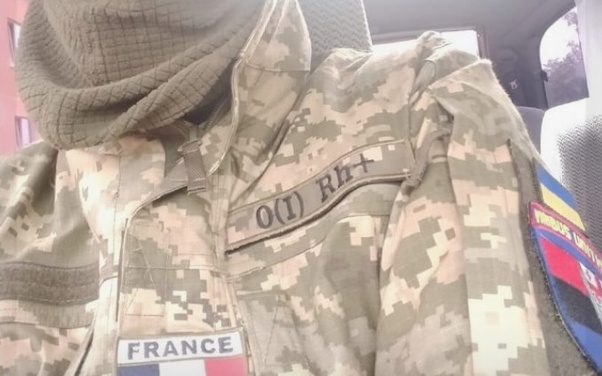
RIA-Novosti press agency published photographs taken from the Facebook account of Alexis Drion, one of the casualties of the Russian bombing of Khirkov/Kharkov on January 17.
The Russian Foreign Ministry continues to claim that the building targeted by the Russian strike was hosting “foreign mercenaries”, mainly French. On its side, the French Foreign Ministry denies just as vigorously the presence of French “mercenaries” embroiled in the conflict.
Understandably, Russia is trying to present evidence that French soldiers were in Ukraine carrying out a mission, which would constitute an act of war.
After publishing the names of 13 of the victims of the January 17 bombing, the agency dug deeper and stumbled on an Facebook account <Facebook
> created in December 2011. Though relatively inactive, an image can be spotted of the young man from 2013 in military uniform, at the age of 27. Various photos seem to link him to the Foreign Legion. In the latest pictures, we find him in Ukraine brandishing an insignia of France and the OUN, the militia of “integral nationalists”.

Alexis Drion during a ceremony at the Arc de Triomphe in Paris
Russian press issues list of 13 French “mercenaries” who died in Ukraine
VOLTAIRE NETWORK | 22 JANUARY 2024
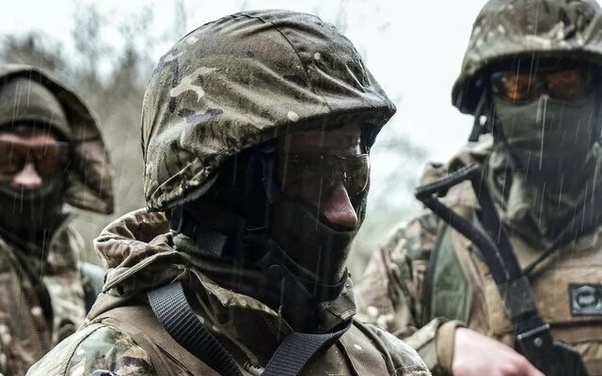
While the French authorities have formally declared that there were no French “mercenaries” in Ukraine, the Russian press has published a list of 13 names corresponding to some of the victims of the 17 January bombing on Kharkiv/Kharkov.
• Albert Emeric (d.o.b. 22 December 1999),
• Alexis Drion (13/06/1986),
• Béranger Guillaume Alain Minault (30/12/1978),
• Valentin Dupois Mel (02/01/1994),
• Gilles Bernard Sylvain (10 /27/1980),
• Jacques-Pierre Gabriel Evrard Philippe (29/09/1987),
• Jean-Pierre Bonneau Chris Heray (17/07/1999),
• Maris André Dubois Clément (28/09/1995),
• Marcellin Demont (05 /23/2002),
• Sébastien Claude Rémy Benard (04/04/1974),
• Thomas Jeremy Nathan Gourrier (24/02/1996),
• Charles Bertin Roussel (01/09/1996),
• Emmanuel Tanguy Kenneth Delange Grandal (26/09/1996) /1998).
Russian Duma to address French Parliament
VOLTAIRE NETWORK | 19 JANUARY 2024
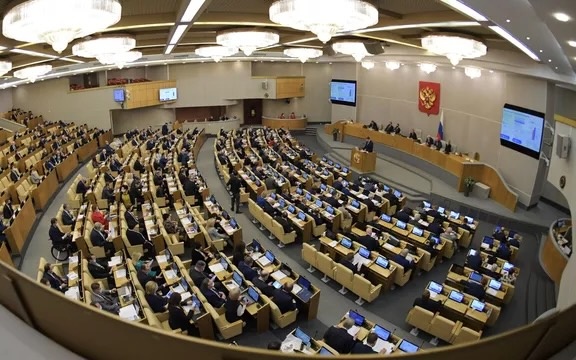
The Russian Duma will address the French Parliament regarding the presence of French “mercenaries” in Ukraine.
Officially, France is not engaged in military operations in Ukraine, but supports the latter by providing it with weapons. If French soldiers were involved in the fighting, the French Republic would be at war with the Russian Federation.
It would seem that the Duma is intent on disclosing the presence of French Special Forces, which are in Ukraine without authorization from the French Parliament.
Article 35 of the French Constitution stipulates stipulates as follows:
“The Government informs Parliament of its decision to have the armed forces intervene abroad, at the latest three days after the beginning of said intervention. It specifies the objectives pursued. This information may give rise to a debate which is not followed by any vote. When the duration of the intervention exceeds four months, the Government submits its extension to Parliament for authorization. It may request the National Assembly to make the final decision.”
How do you respond to an inappropriate “accidental touch” by someone at work?
In my opinion…
It was at an office BBQ with our families, it was hot, and there was a wasp.
The bosses eight or nine-year-old daughter started screaming that there was a bee in her shirt. She was wearing a spaghetti top. Everyone panicked.
The thing about me, is that a Bee sting is much like a mosquito bite, it swells up a little bit and itches. No big deal. Some people, a bee sting would kill them. If I did nothing, would she die?
I calmly asked her if I could put my hand in her shirt. She screamed “YES! YES!”
In front of her panicking dad and mom, she pulled her top open and I reached into her shirt and grabbed the Wasp. I pulled my hand out and threw it on the ground and stomped it. I looked at my palm. It had stung me, so I bit the wound and sucked, then spit. I got stung a few times every year, no big deal.
Then I realized that I had just had my hand down the front of a little girls shirt in front of thirty witnesses.
But everyone treated me like a hero, especially my boss. Go figure.
What would you do if you got fired from your job?
Heeeee! I oughta say “don’t ask,” but can’t resist.
I took over a job that had been occupied by my eminently sensible, smart, and long-suffering cousin. That last adjective — long-suffering — is the operative term. She put up with the guy’s sh!t (a euphemism, we might say) until she went off to marry a handsome and rich young rancher and live happily ever after.
Totally naive, I applied for and got her job.
What.
A.
Jerk.
The.
Guy.
Was.
The day I came in and found an incredibly NASTY note in the middle of my office floor — he was unhappy because I’d thrown out some trash — mostly ads — without shredding every sheet of paper and envelope — was the day that I took everything I was supposed to be working on, dropped it smack in the middle of the office floor, went out the door, locked it behind me, jumped in my car, drove away, and never came back.
From there the next move was to go back to graduate school. Get a job teaching freshman comp for peanuts (I was used to the “peanuts” part by then…), complete the Ph.D., get my book published, and land an academic job. A job, we might add, where the bosses more or less treated you like you were human. Well. Almost as human as they were. 😀
What do you do if you get fired from your job? CELEBRATE!!!!!
What was the shortest first date you ever had?
Met a woman in a busy local mall after chatting with her online a few times. Met her through a horrendous online dating app. Made sure lots of people around in case things headed south. Bought her lunch and we sat and ate as she just kept on and on. Saying nothing until she says I have something important to tell you. Ohhhh okay. I just got out of prison. Oh yeah? Umm what for I asked. Bank robbery in Nevada. A casino heist. Oh really? So what brought you to Florida? I met my husband as a penpal in prison and we wrote back and forth for years. Husband? Yeah he recently had a massive heart attack and died. Ummm ok? Yeah he was 25 years older then me and lives in Bonita Springs. He had a vending machine business. Ohhhh. So did you at least stash some of the stolen money away from your heist? She said that her 2 “ friends” left her behind and she got busted and they got away with several hundred thousand dollars. So you never caught up with them? Nooo, she couldn’t find them and never saw them again. Attractive well endowed blonde woman . Spent a good 1/2 hour talking . Nice girl but a bit tooo much baggage for me.
Can an employee be fired by phone, or does that have to be done in person?
An employee can be fired by phone, though I wouldn’t recommend that. California requires that you hand an employee their final check (and a few other documents) on their last day. That would be very difficult to accomplish over the phone, right. You might have an out:
- this is an on-the-spot firing because you just learned that the employee did something so bad that you have to term them immediately. California law gives you 72 hours to get the check to them if it truly is an unplanned termination.
- the employee agrees to something like having their check delivered to their door by courier, say within the hour. (I agreed to that when I retired. I was recorded, with my permission, waiving my right to come in and pick up my check and other documentation in person.)
My aside brings up a key point: what did you say? What did the employee say in return? An unrecorded phone call leaves you with a he said – she said. That’s not going to be a fun day if the employee decides to challenge your firing.
Some states are single party consent, meaning you can record the call without the employee’s knowledge or consent. But just because you can do something doesn’t mean that you should. You can quickly gain a bad reputation in the labor pool and with recruiters and agencies for having shady, though legal, HR practices. “You don’t want to work there! They call you first thing in the AM, fire you and sneak record everything you say.”
Not fair.
What is the most amusing conversation that you have ever heard?
My friends and I witnessed a fantastic scene on a public bus last November.
A few stops after we got on, two young boys waddled onto the bus. They were maybe about seven or eight years old, small enough that they were practically dwarfed by their puffy winter coats and colorful backpacks.
As soon as their fathers sat down, the two kids began quietly talking to each other. Based on the things they were saying, it sounded like they were trying to recreate what they’d learned in some kind of anti-bullying assembly at school.
“If you don’t let me play with you,” one boy whispered, “that’s bullying!”
“But if you do let us play with you,” the other boy whispered back, “that’s respect!”
“If you push someone over on the playground, that’s bullying!”
“If you help someone get up after they fall, that’s respect!”
Their secretive whispering gradually evolved into enthusiastic shouting as they applied this newly learned dichotomy to scenario after scenario. After a few minutes, it became clear that they’d started to go off-script.
“If you never ever say sorry again, THAT’S BULLYING!”
“If you say sorry a hundred million billion times forever and forever until you die, THAT’S RESPECT!”
“If you go on the toilet and you forget to flush but then you go back and you see the poop and you flush it, THAT’S BULLYING!”
“No, wait, I think that’s respect.”
“That’s respect?”
“Yeah.”
“No, but I think the poop makes it bullying.”
My friends and I were sitting at the back of the bus throughout their conversation, trying our best to hold back our laughter.
What are some of the funniest “got fired” stories?
I have a friend who worked for a small firm as a graphic designer. He was the youngest and newest, and felt like he was underappreciated and under paid. Also, he thought his boss was a moron. When the business hit hard times, he saw cutbacks coming and decided to just do whatever he wanted until they let him go.
Monday morning, an hour after he was supposed to be in, he called and said he’d be out all week, and would be in Friday, then hung up before he got a response. He watched TV and played video games for four days straight, taking breaks to look for a new job.
On Friday he rolled in two hours late, not at all surprised to discover that his boss wanted to see him in his office.
“The company has needed to do some restructuring and make some tough choices. I need to inform you-”
Here it comes, freedom at last from this awful place!
“- that we’ve let everyone else in the creative department go, and you are now our lead designer. We’re ready to give you an immediate raise of 20% and creative control over all projects. Also, it looks like you’ve needed a break this week, so we’re also ready to offer you more vacation days.”
By the end of the discussion, he not only got more vacation days and the 20% raise, but also got to work from home every Friday. I guess being absent all week made his boss realize how valuable he was to the company.
Edit: There were some questions as to why my friend was the only one kept on, so I’ll elaborate. The company had two web designers, a graphic designer, and my friend, who did video directing and editing. It just so happened he was also a great designer, artist, and could do web design. Everyone in the department could do their job, but he could do everyone’s job.
Submarines Size Comparison
What court tactic backfired on someone?
I was a Probation officer, and I had a probationer back before the court for a probation violation hearing. There were several charges, but one charge was the guy had shown up for an urine screen, and claimed he couldn’t urinate for three hours, even though I saw him go to the restroom twice. (He said he was just testing.) Anyway, I told him to come in the next morning at eight. He showed up at eleven.
At the hearing, the attorney who was a friend of mine got feisty for some reason. After I testified that I told him to report back at eight, the defense attorney asked me, “And did he?”
I replied, “Well..”
“Yes or no answer,” he snapped.
I turned to the judge and said, “It’s not a yes or no question.” (I wanted to say that he showed up at eleven.)
The judge said, “ If the defense attorney wants a yes or no answer he’s entitled to it., Ask your question again.”
“Officer Davis did my client show up at 8:00AM as you told him to?”
“No”
He got an additional charge. I later told the judge in private, and we had a new hearing where he had two months of his eight months in jail reduced. But if I’d been a jerk his attorneys showboating would have cost him two extra months.
What sounds extremely wrong, but is actually correct?
Before freezing to death, people tend to remove their clothes.
Yes.
This is called “paradoxical undressing”, a phenomenon frequently seen in cases of lethal hypothermia. Shortly before death, the person will remove all their clothes, as if they were burning up, when in fact they are freezing.
When people feel cold, the most important thing is to ensure the function of the brain, internal organs and other major organs, so the blood vessels at the ends of the body will automatically contract to ensure adequate blood flow to the major organs.
In this state of stress for a long time, the muscles that contract the blood vessels fall into fatigue and can no longer work, and must take a calm “rest”.
The peripheral blood vessels on the surface of the body will all open, blood will quickly flow to the end of the limbs, and the long-term cold limbs will be immediately filled with warm blood, resulting in the illusion of “very hot”.
When this signal is sent back to the brain, the brain will send the wrong instructions to the body, so that people may think that it is really hot, take off all the clothes.
At this time, people who are on the verge of dying get up and struggle to undress, thinking that undressing is good.
Hard time dating
Would the military actually shoot at people trying to storm Area 51 or would they try to arrest them?
I was a reservist in the ’90s. I got put on guard duty a few times.
One night, I had to guard a building. They gave me a rubber duck weapon. (An M-16 made out of rubber. Yes, they exist.) I had to walk the perimeter of the building every hour with the “weapon.” I had to note anything out of the ordinary.
When I guarded the SCIF (Sensitive Compartmented Information Facility), they gave me a real rifle and a full magazine. There was classified information in there that I didn’t have the clearance to see. I didn’t even know what I was guarding.
They briefed me on the use of force. Basically, you halt the person. You get their ID, detain them and call the commander of the relief. If they don’t halt, you shoot center of mass. There are no warning shots.
Yes. They will kill you if you don’t halt and follow their orders. They have orders to do so. They will follow their lawful orders. National security is no joke to them.
I was glad nobody approached me that night.
Have you ever been fired from a job or asked to resign?
I was 19 and working at a major retailer, I’d rather not mention but is definitely a conglomerate. I went on lunch break, had a drink with a coworker, and returned to post. My manager instantly smelled alcohol on my breath, idiot I was didn’t try to hide or cover the pungent odor that is Seagrams gin. Manager notified the higher ups who put me in a room and three higher ups sat at a table opposite of me. They began asking where I got the alcohol, did I drink with anyone, and saying that they saw us on cameras. I was to rat this coworker out with a written statement. I wound up writing that I drank alone like George Thurgood and not one person laughed. They decided to fire me and I happily left. I was mentally ready to leave that place. The only thing I regret is when I have to answer for it at job interviews even thought it’s been nearly 20 years.
What is the greatest way to make unwanted guests leave?
We had an 18th disco-style birthday party for our daughter at our house, with the expectation that it would wind up around 11pm. By 11:30 it was still going strong with music blaring out loud and kids dancing and drinking a little too much (beer and light drinks only allowed).
My Father-in-law was living with us at the time – an ex-Grenadier Guard and Seargent-Major. Seeing our frustration and not dealing with it adequately, to his mind at least, said he would deal with it.
At 11:50pm he walked into our large lounge, cleared to be a dance floor, switched off the music and switched on the main lights and announced.
“In 10 minutes, it will be Sunday and at 12:05 I will start a religious service. I expect anyone still here to attend”.
The place cleared by 12 midnight.
Quantum Leap: Russia-China’s Quantum Communication Test
What was the shortest interview you’ve had that led to a job offer?
Went to a bar in Australia, saw that no-one was tending and joked with the next guy that walked in, that he needed a bartender, else I’d pour my own, he said, ok, come pour your own. I did, with a near perfect head, and he said, can you start here? now? today? sure I said, he left me there for 4 hours to run the bar. I worked there 2 years.
Went to an bar in Shanghai while travelling, the Bartender there was a Kiwi, it was an Aussie bar, after I asked for a drink he asked me, what I was doing in Shanghai, and I said, looking for a job (I was interviewing for English Teaching jobs) and he said, Well, you sound Aussie, you can work here if you can pour a beer. I started that night and worked for a half a year (ESL teaching in the day, bartender at night).
Went to a ESL School for an interview in a new country after that, walked into the wrong dept, and asked for the head of dept (as it was all I had to go on) and started the interview from my end, and half way through she realised I was in the wrong place, but then asked me how I would deal with businessmen instead of kids. I said, ‘under the suit, they’re just kids’ she hired me there instead, I stayed in that country 10 years.
You find a new job, so you give your employer two weeks’ notice. Your boss then gets angry that you are quitting and tells you not to come back in anymore. How should you respond to your boss?
Generally, when this happens, especially in a salaried position, your current employer will pay you for the final two weeks. If the employer doesn’t offer it, ask for it. It never hurts to ask. It’s just easier and safer for your employer to pay you off than to make an issue of it.
Years ago, as a recent college graduate with an accounting degree, I was an employee in good standing, working as an office supervisor, while I searched for an accounting job. When I was hired by a new company as an accountant (at a significant pay increase,) I gave my two weeks’ notice, fully intending to use the next two weeks to make the transition as easy as possible for my current team. My manager didn’t appear to be angry or resentful when I resigned, but two days later she told me that she didn’t think my mind was on my work. She instructed me to pack up my personal belongings and leave immediately. She told me the company would pay me for the remaining portion of my final two weeks.
What did I do? I packed up and left with no cross words or fanfare. Then I enjoyed an unexpected, 10-day, paid vacation on my old company, knowing I would be starting a better-paying job in my chosen field at the end of my break.
My First Time Hearing Zhou Shen – Floating Light REACTION
What is the best revenge you got on a superior in your workplace?
I don’t think of it as revenge, but just standing up for myself.
I was a sergeant for a large California police department. I was working swing watch for a lieutenant that was worse than an asshole. I can work for an asshole if he is competent regarding the job, and if he is consistently an asshole. This guy was worse than an asshole in the following ways: some days he’d act like your buddy. Some days he’d say ‘Do X,Y, and Z’ and the following day he’d say “No! I said do Q,R, and W’. He would also tell me how he didn’t trust a large number of our officers. He had quite a paranoia about him. Just a miserable human being who I believe was trying to mask some serious insecurities.
One day I came into work five hours early as a favor, due to some gang murders and a trial that ws going on. I had a squad of swing watch officers assigned to me for this detail. Around 2:30pm the lieutenant came into work with his nasty mood on full display. He started complaining to me about some of the swing watch officers being lazy. I countered by saying if they were so lazy, then why did they come to work 5 hours early to work a stressful assignment? The lieutenant’s office door was open and our argument could be heard in the hallway.
I realized there was no salvaging a professional demeanor with this guy during this shift. My solution: I told him (it was the beginning of our ten hour regular shift) that I had a splitting headache and was going home. There was nothing he could do. He knew he’d get stuck doing a lot of my work. I had to train my boss to be better.
Fortunately, we had our biannual sign-up shortly thereafter, so I signed up for day watch, just to get away from this guy. Within a week of the sign-up results being posted, he was banished to an undesirable post. (Management personnel can be moved at the whim of the chief.) Worse for him, his commute went from 45 minutes to 90 minutes. There were rumors floating around the station. How bad must our captain have thought about this lieutenant to get him shipped off to Siberia?
Our captain had only been at our station for about two months when this happened. He knew me when we were both officers and he knew of my work ethic. He confided in me that when he saw that I signed up for a shift I don’t even like, that there was a BIG problem with this lieutenant. It also solidified the old saying that sergeants run the stations. Things got a lot better for the whole station once that jerk was kicked out.
What can you tell me about fighting in Afghanistan that most people don’t know?
This isn’t a very popular opinion, especially in veteran’s circles, but it is a fact and therefore, it should be said:
The casualty numbers sustained by the so-called “Resolute Support”
[1]mission in Afghanistan are so ridiculously low that it cannot even be called an armed conflict or a war.
In 2018, the United States military had the highest number of casualties from all “Resolute Support” contingents. Altogether, they lost seventeen soldiers, sailors, and Marines in Afghanistan. If you compare this to their absolute numbers (1,358,190 active military personnel) you have a casualty rate of Soldiers Killed in Action (KIA) of about 0.0012%. If you count only personnel deployed to a combat zone (around 18,000 in 2018),[2]you get around 0,09%. Not very impressive. Being a US soldier isn’t even in the TOP 25 of the most dangerous professions in the United States.[3][4]To compare this number to other modern conflicts, the German army in WWII lost around 26.6% of their soldiers in the Soviet Union, while during the Vietnam War the US lost 40,000 of their soldiers on the battlefield (KIA rate of 8%).[5]
In 2018, the German Army’s contingent in Afghanistan didn’t lose a single soldier while at the same time eight soldiers died at home in various accidents.
[6]Although it was one of the years which saw the highest number of German military personnel deployed to crisis regions, 2018 was also the year the Bundeswehr lost the smallest number of soldiers in its history: only 8 were killed. In comparison, in 1962, long before any foreign involvement, the Bundeswehr lost 166 soldiers, most of them in accidents.
Of course, every dead soldier is one too many, but the probability for a US or an Allied soldier to get killed in Afghanistan is much lower than, for example, that of a Russian or Israeli soldier dying during military training.
Next time, we hear people calling to “bring our troops home” or thanking them for their sacrifice, we should put that into perspective. This is also the reason why the “war” in Afghanistan takes so long: the price is paid by the Afghan civilian population and not by our soldiers and Marines.
All of his concerns are valid
What is the most badass thing a private has said to a general?
Admiral Hyman G. Rickover was the founder of the US Nuclear Navy and is a man clouded in legend. There are a number of stories about him, some of which most certainly are true. Others may or may not be true, but certainly do fit his rather unique style of command. As an example, and this is 100% true because I’ve seen it, and it still sits in the Naval Reactors office, during their interview, Admiral Rickover had his prospective officers sit in a simple office chair… with four inches cut from the front legs.
One story details one of The Admiral’s tours of Nuclear Power School. He decided to enter a classroom, perhaps during the lesson or during study. He entered the rear of the room where he quickly and silently suppressed the impending calls to attention.
At the front of the room, a junior sailor, maybe a Third Class Petty Officer, was working an assigned problem on the board. The Admiral approached the student and, from a short distance behind him, observed the student’s work over his shoulder.
After some time, the student got frustrated. He turned to The Admiral and stated, “Excuse me, sir. I’m trying to work this problem here,” and resumed his work. The Admiral wordlessly departed the classroom, assuredly to the dumbfounded looks of the sailor’s classmates.
As the story goes, later that day, word reached the sailor that The Admiral offered him a commission as an officer in the US Navy.
Why does everyone in the world think the US is a good nation when it is not?
No one think so!
The U.S. thinks and fooled themselves that the world thinks highly of themselves, they most certainly don’t.
Who thinks highly of America? Some very young starry eye highly naive spoilt brat kids perhaps! Or some totally ignorant bigoted white supremacist mainly older, less travelled, less educated people in America thinks America is good!
Everyone else don’t. In fact they don’t think they know US is not at all a good or honourable or caring nation to its own people and certainly very barbaric to the world!
Even most of US slave nations such as Germany, Japan or Korea don’t think so too. They may be forced to but deep inside the disdain America. British, Aussies, Kiwis, Canadian and fellow despicable former colonialists don’t too, they may suck up to the U.S. or at least they use the U.S. as a shield against others who may want to hurt them but they think little about America!
So in percentage it may be as little as 1% thinks they are good. 99% thinks they are barbaric, inhuman, inconsiderate parasite that they cannot respect but some 15% of the world fear them or at least wants their protection. So they pretend to have nice word for the US.
At what point in WWII did the German military realize the war could not be won anymore, and how did they try to act on it?
According to Rommel’s diaries, Hitler said to Rommel that the war was lost late 1943 when Rommel was appointed Inspector General. That makes sense as it was after Kursk, which in a way the Germans won (losses) but they were routed anyway because unlike USSR, Germany could not make up for their losses and this would have been clear at the highest level.
Hitler said to Rommel that from now on it was a question of creating the best possible position for negotiations.
Rommel expressed disappointment, so at this point it was only seen vy those who wanted to see.
As for reactions they were not the sane across the fronts.
Kesselring (Italy) reacted well before this by building fall-back positions planning an incremental withdrawal already early 1943.
On the Eastern front this was forbidden by Hitler which meant withdrawals were often unplanned and more costly than needed. Stalingrad is a good example, but other units, cities or regiments were ordered to fight till death as well.
Is it bad to tell your boss you’re quitting souly because of them?
Is it bad? Not at all. In fact, it is actually quite liberating.
I was hired to work as a computer support tech at a community college but the man who offered me the job resigned, unexpectedly, just days before I was scheduled to start. His replacement was on the panel that interviewed candidates and he preferred another candidate over me, so he went to his boss to have my job offer revoked. His boss refused to do it and that made him incredibly angry, so he decided to take it out on me by micromanaging my every move.
He had no experience as a manager — he’d been a systems admin at the school before being named interim IT Director — and he didn’t like working with older people. This was unfortunate because I was 58 years old at the time and the ony other support tech was 63 years old, so interim enjoyed trying to embarrass us. He called us both out in front of a room full of people for running a network line incorrectly, and we angered him by telling him to finish the job up while we went to lunch.
My coworker decided he’d had enough at that point and took that afternoon off before sending interim an email stating that he wouldn’t return. Interim tried to write me up for insubordination but his boss wouldn’t let him and that made a bad work relationship even worse. I took to working in empty classrooms and lecture halls to avoid interim, and spoke to him only when directly asked a question.
Two years after my old coworker quit I turned in my resignation — the letter simply stated that I was resigning and that my last day would be in two weeks, on a specific date. When interim — yes, after three years he was still interim IT director — showed up he walked over to my office and stood in the doorway, and asked me why I was quitting. I usually offer up a vague response like, “It’s time to move on” or “ I want to try something new” but this time I told interim that I could no longer stand to work for someone I did not like or respect. The look on his face — shock, dismay, anger — was worth having to sit and twiddle my thumbs for those last two weeks. That’s right — he pulled all the work he’d assigned me to punish me. Needless to say, my new coworker didn’t appreciate that move.
All girls thing…
What is the most insane conversation you have ever had with your parents?
I was a straight A student in high school, and in my sophomore year I was receiving brochures from college. I had some spread out on the kitchen table, and Mom and I were discussing which ones would be worth a visit during my junior year. Dad came home from work, noticed the brochures, and scoffed, “She’s not going to college; I’m not paying for her Mrs. degree like her sister!” I started to explain to him what degree I wanted, and wasn’t going to college to get married, as my sister had done. Mom cut me off, stood up and got in Dad’s face. She sternly pointed out that he HAD paid for my brother’s B.S. and M.S. and if I wanted to go to college I DAMN well was going to go! Dad and I both stared at her, our mouths agape, because Mom never contradicted Dad in front of us. (As it turned out, I earned enough scholarships and had a parttime job on campus, that I was a bargain, costing them very little out of pocket.)
Uh huh?
Have you ever been invited to dinner under false pretenses?
Yes! Our neighbor, a pastor, invited us over when his wife was away. They had very old fashioned roles, she did housework, he earned money. When we arrived he asked my husband to help him install a hanging lamp. He asked me to start dinner. All he had was stuff for salad. I went home and got some steak and potatoes, cooked it while they worked. After dinner i did the dishes and he told me to take out the trash. I said “ Excuse me?”. He laughed and told me to take it out its “womens work”. So not wanting to alienate someone we had to share an property line with, i did. When my husband and i left He turned to me and said “ What the heck was that?”. I said, he took advantage of our kindness! He got free labor, a free dinner, and free maid service! We never accepted another invitation for dinner! This is the same guy who adopted an African baby so he could “ Get over being a bigot, like my father”. Cant make this stuff up!
What would you do if the school bully pulled off your shirt at school in front of everybody?
Hardly as bad as pulling a shirt off, but an episode in my Catholic high school has passed into legend.
One student I’ll call Henry was an easy target for one particular bully. He spoke strangely as a consequence of a congenital hearing defect, wore a bulky hearing aid, carried an extra forty pounds, had a bad complexion and was 100% nerd right down to the pocket protector and slide rule.
His bus arrived early. Early students had to wait in the cafeteria until home room opened. Henry would turn down his hearing aid, open a book, and write computer programs or do math problems. He would place his lunch – a sandwich in a small paper bag – on the table next to him.
His nemesis would yell in his ear “how are you this morning, Henry” while he smashed the sandwich flat. Henry had had enough. One morning he put in the bag a piece of cardboard with thumbtacks pushed through the cardboard pointing up. The bully, as usual, smashed the bag flat. He let out a howl as he pulled his hand away with a dozen punctures streaming blood.
One of the nuns heard the howl, figured out what had happened, and dragged Henry by his earlobe to the Director of Discipline, Fr. Huller. Huller was a regular guy. He had landed in the second wave at Normandy and seen a few things.
Huller listened to the nun’s version and then to Henry’s version. He asked the nun to leave so that he could speak to Henry privately. Huller could barely keep from laughing. He tried to say something several times but couldn’t get the words out. Finally, he told Henry “just don’t do that again.”
Huller then asked to see the bully who had been patched up by the school nurse. He told the bully that his impalement was punishment enough but if he smashed any more sandwiches he’d be expelled.
Granting permission
Have you ever quit a job in an unplanned manner where one day you just snapped and said “I’ve had enough of this, I’m done”?
I sure did. I was working for a company helped them open their location. They had me doing supervisor duties with the promise of soon getting that position. I was young and dumb not realizing that was a mistake. I did it for about 6 months working my tail off and never missing work and always coming in early and or staying late. When it came down to it, they said they were giving the position to a new person that was new coming in and just gave me a $.10 raise. It was a slap in the face. Thinking about all those extra duties I put in. The times they would keep calling me on the ear piece even when I was just going to go pee they called me. Then one day on my day off when I went to pick up my check, the boss said a bunch of people called off and they only had 1 station open, 1 employee there out of 6 15 minutes to open, and 2 bus loads of kids coming in. He then told me he needed me to start right away. I told him I didn’t have my uniform. He told me to grab one from the back, but those were dirty. I said ok sure. I went to the back and said good bye to everyone. They asked where I was going and I said I quit. Never done that in my life. Felt awful but it was a turning point for me to never let anyone take advantage of me again.
What bad experience had you saying “I will never buy from that company or use their service ever again”?
Bosch.
This happened about 20 years ago. We had a cheap and cheerful washing machine. It was 15 years old and had required a few repairs in the recent years; new door seal, new belt, new motor brushes etc. Problem was the the motor commutator had become scored and the brushes didn’t last too long and really the motor needed replacing. We also wanted a machine with a higher load capacity so we went shopping. We chose a high spec Bosch washing machine with a 9kg load capacity and a 3 year extended warranty i.e. to 4 years. It cost about £450 which was a fair amount at the time.
Just over 4 years later the machine was on its spin cycle. There was an enormous series of bangs, the machine threw itself around the floor and ground to a halt. A repair technician was called but found that the machine was completely destroyed. We commissioned an engineers report. This stated that the tub counterbalance had become detached. It should have had say6 studs and nuts holding it in place. A couple were missing completely and the rest had sheared off. The tub spinning at high speed had been thrown around the inside of the machine, slicing through wiring and pipes, smashing the control circuit board and even causing large dents in the steel panel at the rear.
Bosch’s attitude was unbelievable. Essentially they said that “it could not be a manufacturing fault as it would have shown up during the warranty period” and “what did you expect as it was now outside warranty”. Apparently although a cheap and cheerful machine would last 15 years with a few cheap repairs but a quality one was expected to self destruct as soon as the warranty period expired. Eventually they did consent to a small amount of compensation but left us massively out of pocket.
I’ve never bought another Bosch power tool, fridge, freezer or anything else since then
This is me
How do you successfully contest a traffic ticket?
I went to court, fought the ticket, exposed the lying cop, and got my charges dismissed. The judge offered his “congratulations, on an excellent defense”. I went into court prepared, righteous, and loaded for bear. I fought a handful of tickets, over the years, and won every time. They were all bogus. For a couple that I got, which were legit, I was able to get reduced fines, or even deferred adjudication.
Know the laws on the offense you’re charged with, AND the fine schedule and other possible punishments. I prepped a friend, for his seatbelt ticket defense. He was told he would be fined $250, and then he brought a printout of the state law, which called for a $66 (or thereabouts) fine. He then said he wanted to know just whose pocket the rest of that $250 was going into. The charge was dropped, and he was sent out the door. The city prosecutor, and whoever wrote the fines, hadn’t bothered to see if the numbers matched the legal amount set by the state.
At what point of time did you realize that you were working in the wrong field?
I was hired with the promise of being the #2 in the company as CIO. One hour into the first day, the CEO comes into my office and asks me to call somebody at our other office to help him with a problem. He told me that I worked for him as well since he was in charge of the department over there that ran a document scanning operation I had not been told of.
So much for only having to worry about one unqualified person telling me how to be a CIO, I now had two. I knew then I was dealing with somebody who tells someone exactly what they want to hear. It was too late, as I’d already moved the family, etc… Had to try to make it work. Developed clinical depression as a result.
I did have the honor of watching the CEO get deposed from a company he owned a majority of stock in (only way that happens is extortion or blackmail by the other shareholders), and having the new CEO grovel at my feet when I left him after a year of his abuse. Then I watched the company implode, first by closing down the scanning center (the only profit generator for the company – brilliant people), then having everybody else bail because they no longer got paid.
Great Times!
Who is your favorite actor who you have met in person?
I waited on Nicholas Cage one Sunday morning in Vegas. He, the lady he was with, and his young son were the only guests at the time. I greeted him as Mr. Cage and at the outset he seemed very nice. I informed the manager (goof) and he immediately said to ask him for a photo as “corporate”loves that. I have waited on other celebrities and I would take a bullet before doing something so gauche. Mr. Cage did take some photos with other guests as the restaurant filled. He was very polite the entire time. At the end I said “Mr. Cage I am great admirer of your work”. I mean c’mon after Moonstruck? It was totally the truth! He said, “John it was a pleasure meeting YOU”! I had to go out to the parking area as he left his credit card on the table. Did he give me a nice tip? Yes. Was it outrageous? No. All class.
The Chinese Navy Of 2024 Is Unlike Any Other Major Navies
What doesn’t impress you?
Just an hour ago, My girlfriend offered to buy me Lemon soda in one of those small roadside shops. We were regulars there.
I was thirsty so I finished my drink fast. She was halfway through her glass when a Traffic policeman approached the shop.
Him: One lemon juice please.
Shopkeeper: Sure sir, please wait for a minute.
He makes the juice and hands it over to him.
My Girlfriend starts drinking the juice very slowly. I asked her what happened.
“I’m just waiting to see what he’ll do” *points at the traffic policeman*
After he was done with the drink.
Him: Thanks. *Leaves without paying*
The shopkeeper just continues with his work.
Her: Yeah, that’s what I thought.
Pretty common sight in India. Cops get freebies in a lot of roadside stalls and they don’t even think for a second that the small amount of 10–15 rupees is the shopkeeper’s hard earned money.
What doesn’t impress me?
People who abuse their power don’t impress me.
How much over the speed limit do most officers let you go before pulling you over?
In the city I used to live in photo radar was set for 13 kmph over the speed limit, about 8 mph. There are no demerits for photo radar, just the fine. Its a great cash cow, because it catches all of those who are momentarily not paying attention, as well as those who are purposely speeding. The province refuses to allow photo radar on its highways. Because they say its just a cash cow.
In the little town that I retired to, they thought they were going to get rich off of speeding tourists. They moved the speed limit signs so that it dropped from 100 to 80 to 50 kmph farther outside of town, and they bought a $125,000 photo radar, and said it would pay for itself in two months. The main tourist drag through town was a provincial highway. They sat the only town police officer at the edge of town, and ticketed away. In the very first month a guy fought his ticket, and the judge ruled that it was illegal to use photo radar on the highway. Rather than move it to other streets, where most of the offenders would be locals, they sold the photo radar for about half of what they paid for it. When it was working, they had looked into hiring a second officer to bring in more money, but once it was scrapped, all talk of a second officer was cancelled.
The fact that they wouldn’t use it on non tourist streets, moved the speed limit signs out of town, and talked about hiring a second officer, but only when they were using the radar trap, and dropped the plan as soon as they dropped the radar, pretty much tells you the intent of the radar trap.
The photo radar was still perfectly useable, except that you had to actually stop the car and write up the ticket, check licence and registration, sobriety, etc , exactly as the province required.
But, because of the time required, the town said it wasn’t economical to give tickets to people doing less than about 25 kmph ,15.5 mph, and there weren’t enough of them to make it worthwhile.
So there you have it, if its automatically sent out in the mail, the limit is 13 kmph over the speed limit, if they have to check to make sure you aren’t a mass murderer, driving a hijacked car, its almost double at 25 kmph.
Humans vs Superhumans | When Monsters Were Real and We Almost Went Extinct
What is the fastest you wiped that smirk off your manager’s face?
I had a manager who was putting me on a last and final write-up (next step suspension / terminated) for something I didn’t do. I refused to sign the write-up until I talked to the director (his boss) about the situation as I hadn’t made an error. The manager replied, “It would’ve been easier if you would’ve just signed it!” He goes through the steps of bringing on another manager to witness me refusing to sign the paperwork, as was protocol for this type of situation, and I went about the rest of my shift.
What my manager didn’t know was my wife, who happened to be an auditor in the company, had made me aware of the situation before I went into work so I was able to research things before my write-up was going to be given to me. I was able to see that my manager had changed some of the data I used to complete my daily reports, which caused my paperwork error. I printed the evidence showing he caused the error and held onto it until the meeting with the director.
So I’m meeting with the director and the manager is going, “… does sub par work, careless with his reports, yada yada”. My director then asks me for my side of the story and I tell him, “The manager changed the data I use to run my daily reports”. The manager was offended and says something along the lines that I was wrong. I then show the screenshots of when the information I used was changed and who doctored it. The information was changed 30 minutes after I left work for the day by my manager making him responsible for the error. The meeting ended about two minutes later with a half-hearted apology.
Edit: So there have been a few comments on why the manager wasn’t fired for his actions of doctoring a record. The overall reason was we had just started using a new computer system a few months prior and there was still a lot of growing pains with everybody figuring it out. I don’t think the manager’s actions were malicious with the error, it was part of the learning process. I even learned better procedures to follow to prevent the error from happening again. At first it was for CYA, then it became the procedure I taught to others to guarantee accuracy of the reports.
Who did you experience that is so cheap they are disgusting?
I had this friend in college who would always eat my lunches. I didn’t really mind and it’s not because she didn’t have any money or anything it’s just that she never made lunch for herself and when she did she still thought mine were more appetizing.
I shared my meal everyday with her and I would often make more for the two of us.
One day I didn’t have time to make lunch and she didn’t bring one so I suggested that we go eat at a small bistro near the school. She ordered a big meal and everything and paid. When it was my turn I didn’t have any money because I left my wallet at home. I asked her to lend me some money and told her I would pay her back. She refused saying that it’s my fault that I was poorly organized and I should always have my wallet with me. She then told me I purposely forgot my wallet and that it was a plan for her to pay me back for all of the meals that i shared with her.
I didn’t eat lunch with her. I just left and blocked her. Never thought people could take so much but never give when needed.
WTF?
What are Americans offended about?
JFK’S Secretary of State, Dean Rusk, was in France in the early 60’s when DeGaulle decided to pull out of NATO. DeGaulle said he wanted all US military out of France as soon as possible. Rusk responded, “Does that include those who are buried here?”
DeGaulle did not respond. You could have heard a pin drop.
When in England, at a fairly large conference, Colin Powell was asked by the Archbishop of Canterbury if our plans for Iraq were just an example of ’empire building’ by George Bush.
He answered by saying, “Over the years, the United States has sent many of Its fine young men and women into great peril to fight for freedom beyond our borders. The only amount of land we have ever asked for in return is enough to bury those that did not return.”
You could have heard a pin drop.
There was a conference in France where a number of international engineers were taking part, including French and American. During a break, One of the French engineers came back into the room saying, “Have you heard the latest dumb stunt Bush has done? He has sent an aircraft carrier to Indonesia to help the tsunami victims. What does he intend to do, bomb them?” A Boeing engineer stood up and replied quietly: “Our carriers have three hospitals on board that can treat several hundred people; they are nuclear powered and can supply emergency electrical power to shore facilities; they have three cafeterias with the capacity to feed 3,000 people three meals a day, they can produce several thousand gallons of fresh water from sea water each day, and they carry half a dozen helicopters for use in transporting victims and injured to and from their flight deck. We have eleven such ships. How many does France have?”
You could have heard a pin drop.
A U.S. Navy admiral was attending a naval conference that included admirals from the U.S., English, Canadian, Australian and French navies at a cocktail reception. He found himself standing with a large group of officers that included personnel from most of those countries. Everyone was chatting away in English as they sipped their drinks when a French admiral suddenly complained that, whereas Europeans learn many languages, Americans learn only English. He then asked, “Why is it that we always have to speak English in these conferences rather than speaking French?” Without hesitating, the American admiral replied, “Maybe it’s because the Brits, Canadians, Aussies and Americans arranged it so you wouldn’t have to speak German.”
You could have heard a pin drop.
AND THIS STORY FITS RIGHT IN WITH THE ABOVE…
Robert Whiting, an elderly gentleman of 83, arrived in Paris by plane. At French customs, he took a few minutes to locate his passport in his carry on. “You have been to France before, monsieur?” the customs officer asked sarcastically. Mr. Whiting admitted that he had been to France previously. “Then you should know enough to have your passport ready.” The American said, “The last time I was here, I didn’t have to show it.” “Impossible. Americans always have to show their passports on arrival in France !” The American senior gave the Frenchman a long hard look. Then he quietly explained, ”Well, when I came ashore at Omaha Beach on D-Day in 1944 to help liberate this country, I couldn’t find a single Frenchman to show a passport to.”
You could have heard a pin drop.
Is it fair that if a girl punches you, you can punch her back?
My friend punched a girl back. In fact 3 girls. He asked me to take him to court when he was prosecuted for it. The evidence was on CCTV.
When I saw the video I was shocked how they attacked him in the street first by punching him then using their stilletos. You could see the injuries just below his eye and on the top of his head.
The prosecutor said he’d used too much force when he punched them after their THIRD wave of attacks. They’d pursued him through the streets, stolen and hidden his jacket and car and house keys as well.
The reason given was that they didn’t like it when he was passing one of them in a club and said how nice she looked, and when she swore at him he’d said how unpleasant she was. They’d followed him out of the club and attacked him from behind in the street.
The prosecutor admitted that the worst of the attackers should have been in the court for assaulting him with a dangerous weapon – a stilleto in the eye causes blindness. Instead she accepted a caution and no further action was taken.
It was evident he’d been trying to escape the area and to find his jacket. He was acquitted. The case was thrown out with less than 2 minutes consideration by the magistrates.
So, yeah, if a male or female attacks you to that degree then striking back as a last resort is what you might need to do, even though it is heavily looked down upon.
What is the worse fight you have ever been in?
Do you mean the worst loss or the most aggressive win. The bloodiest fight I was ever in took place in a bar. I’m going to give them short version of this night because I don’t want to type it all out. Because of a little scuffle at a party I was at all my friends got turned around. We all went different ways. I ended up ina bar laying low wondering if cops maybe looking for me. So already pumped up from the fun at the party I wasn’t going to say away from nothing. In the bar got a beer and walk towards the pool tables. Now I’m not a big guy about average five nine and 170 poundsat 21 years of age hanging drywall for a living and trying m.m.a. 5 nights a week. I was in better shape than most men. But I my leather riding jacket no one could see i wasn’t in great shape looked like a skin nerd. My whole life people challenged me. I can’t remember the exact words that where said to me but my response was I fuck bitchs bader than you. Witch led to him thinking he needed to prove me wrong. Mind you’ve all ready been in a fight that had a lot more involved than just 2 men and ran I don’t know how far. I knew I had to win fast as I got pounding on this guy I didn’t notice his two friends jumping not knowing exactly what was happening I pulled my knife just a small lock blade. As used it on one of the guys the other ones wanted nothing to do with it. This small hole in the wall tavern didn’t have door men. But cops had been called they showed up took me to jail at first charged with assault 2 weapons enhancement. I ended up plea bargaining to a displaying a weapon with intent to harm and or intimidate. Did get a strike but got 60 months in a maximum security penitentiary. That was the worst fight I’ve ever been in.
Have you ever received a confidential email that wasn’t intended for you?
I was being given a severance package. While it was something I had negotiated and was okay with (finally), the setting was a bit strange.
I had walked into the meeting with my coat and bag and was ready to leave. The HR rep (with whom I was on good terms) and my boss were waiting for me. The rep was laughing. I asked why and he said that he’d bet my boss 20 bucks that I’d be all ready to go.
My boss objected saying “Yeah but I added that he’d have all the cards and cell phone and company stuff in an envelope too.”
I smiled and took an envelope out of my bag and slid it over to the HR rep.
At that my boss started in on his spiel but was flustered. He stopped and said “I guess you know all this. Here’s the pertinent papers. Good luck!” He handed me a few papers and envelopes and beat a hasty retreat.
Later when I got home I found a printed email that he’d sent to the president of the company explaining why they’d had to give me the package. One line stood out. “I’ve been trying to get him to quit for a year and it hasn’t worked.” In his fluster he had passed me stuff that he shouldn’t have.
Yeah. It cost ‘em.
Zhou Shen’s (周深新) new song “Floating Light” | Singer Reaction!
Do you wish you can be young again, or are you content with your age?
I just turned 43.
I had a lot more sex in my late 20’s, which was fun. My endless pursuit of it also derailed a lot of golden opportunities life handed me in a golden basket. It was like:
“Here’s a free basket of incredible things for you, Stephen!”
“Wait. What? What’s that stuff?”
“An amazing cornucopia of gifts, just for you!”
“NO!”
Why did I do this? Because I couldn’t think about anything else besides sex. Ironically, I had all that fun when I was an incredible jerk to people. (If anybody on Quora thinks I’m a jerk now, you’re not totally wrong, but be grateful you didn’t know me back when I was 27. Whew. What an asshole.)
In my early 30’s, I was consumed by weepy nostalgia and crippling loneliness. This also caused me to pass on a lot of great opportunities. Life, but especially North Carolina, handed me a lot of amazing options… and I threw those back in its face, because I was obsessed with running into the past. At 33, I was still such a baby. An egocentric little whiner.
I finally hit a pretty good stride in my late 30s. And my 40’s have been amazingly calm overall. Don’t think too much about the past, don’t have to battle hormones so much, not rich but not broke either. Haven’t been in a relationship in several years, which is dumb, but also haven’t had to deal with all that madness, which is refreshing. Things are alright, really.
Done more travel globally in the last five years than I did at any point in my late 20’s or early 30’s, because I couldn’t afford it back then. And the quality of that travel has improved. Hard to say why. (I still stay at hostels sometimes, it’s not like I travel in swanky luxury today.) But the experience just seems richer and more interesting. A more mature appreciation of things, I guess. Art seems more profound, because I know more about humanity. Humanity created art. Food tastes better. Don’t know why, it just does. I’m definitely a better cook.
At 43, I’ve obviously read more books than at any other time in my life. The cumulative effect of a lifetime of reading has an impact on you. You can sit down and read William Wordsworth or Alexander Pope and think “This guy gets it.” At 21, I would have no idea what the hell they were talking about.
YouTube and the internet seem incredibly boring. Facebook: mindnumbing. Except for maybe Google Maps, you really feel like you’ve reached the end of what the internet has to offer.
Chronic indigestion is slowly killing me, even though I don’t have any sins anymore besides a few beers a week and a cigar. I can’t even really do that anymore. Every time I eat, I have to drink some baking soda dissolved in water just to control the indigestion. It’s awful. Eat a cookie: burp. Eat a banana: burp. I’m seeing a doctor in March. This is the only thing (so far) about getting old that just absolutely sucks.
Speaking personally here, because honestly I’m at a stage of life when a lot of people go through mid-life crises and resort to hookers and vodka to make themselves feel “young” again, but I feel less angst-ridden now than I ever did at any time in the past. My early 30’s were a disaster.
The only real question I have is why more women don’t find guys who’ve dumped most of their chronic bullshit appealing, and why women keep gravitating toward dumb suckers in their 20’s and 30’s. (Oh shit, eureka, I’ve found the answer: because women do exactly the same thing men do!). I’m not as “exciting” as I used to be. Yeah, and I’m not as stupid and rude.
But do I want to jeopardize what I have just to a have a woman in it? I mean, I like women a lot. But right now, no, I’m not jeopardizing my piece of mind just for anybody. I’m holding out for someone who is sheer gold.
Greek Salad

Ingredients
Salad
- 1 bunch Romaine lettuce
- 1 small red onion
- 1 cucumber
- 4 Roma tomatoes
- Kalamata olives
- Feta cheese, crumbled
Dressing
- 1/4 cup good olive oil
- 3 to 4 tablespoons fresh lemon juice
- 1 or 2 cloves crushed garlic
- 1 teaspoon dried oregano
Instructions
- Whisk together dressing and let it sit while you prepare the vegetables.
- Wash and spin dry lettuce, tear into pieces. Slice onion, tomato and cucumber. Add olives and feta to taste.
- Whisk dressing before pouring on salad and toss.
Serves 4.
This goes well with focaccia bread or pita and hummus.

What’s the most brutal and intense hand-to-hand fight you’ve ever had?
In college a guy accused me of stealing his bike (yeah I know) came to my dorm room drunk and tried fighting me in front of the whole floor. I tried getting away by closing my door but he forced his way in. He grabbed me and dragged me outside into the hall. He pushed me into one of those fire extinguisher cabinets with the break away glass. It shattered immediately. I grabbed the extinguisher and hit him in the face knocking out his front teeth. The return swing dislocated his shoulder. The third crushed the orbital of his left eye. Everything happened in about five seconds. I needed forty stitches in my back and arm from the glass. He was over 18 but thinking like he was in high school. He got arrested for breaking and entering, assault, and battery. He was found guilty of assault and battery and witness tampering. I hadn’t stolen his bike, I’d never seen his bike, and I let the police search my dorm room all they wanted. They never found his bike.


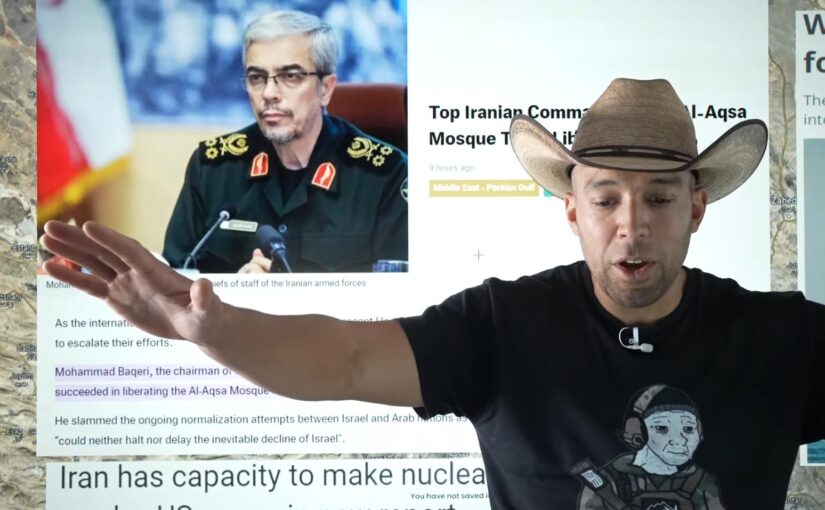

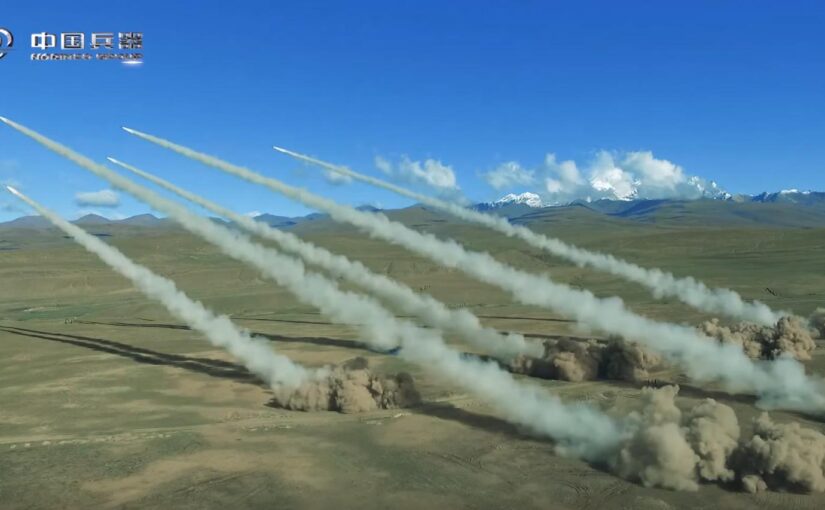
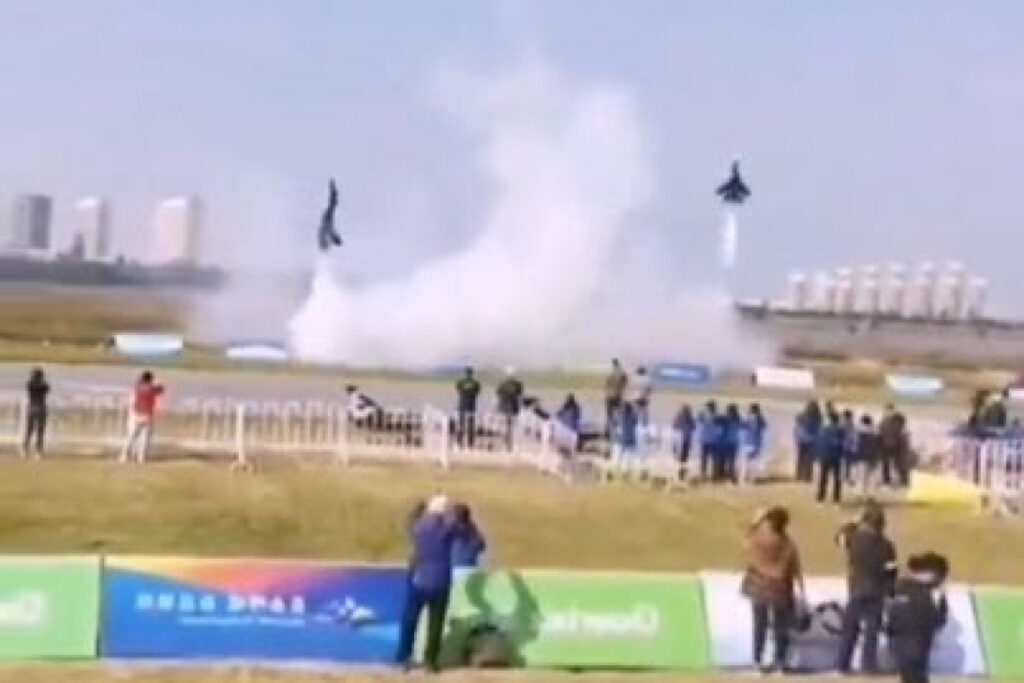




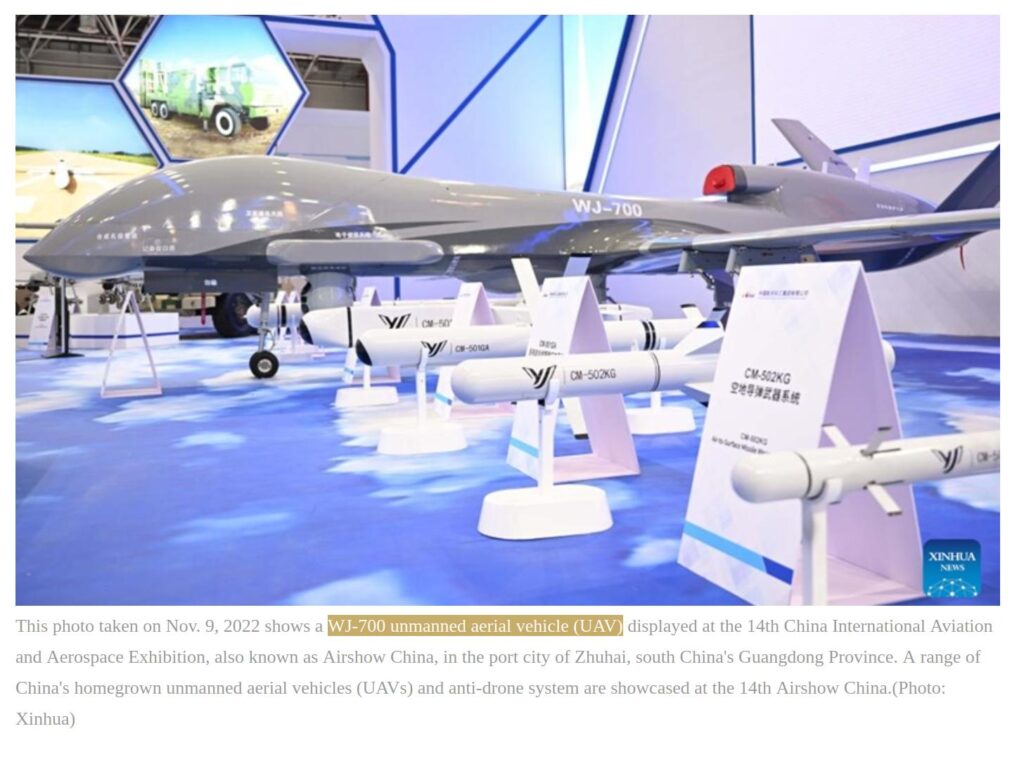


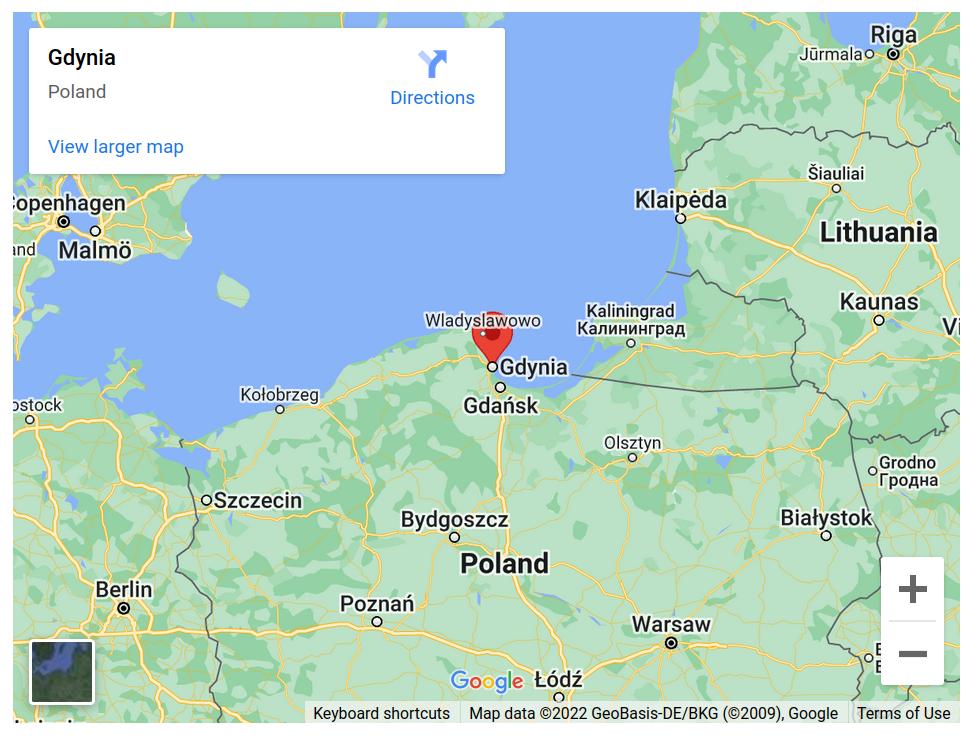



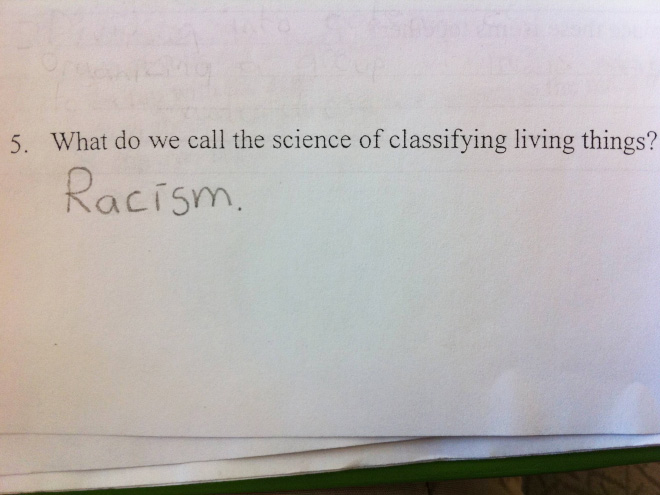
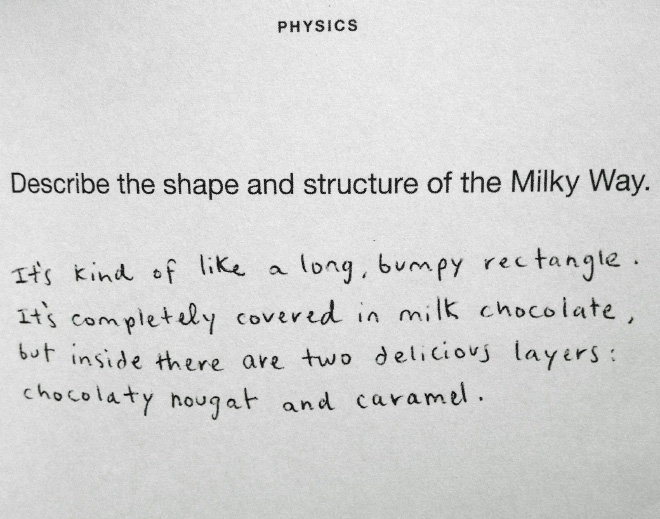
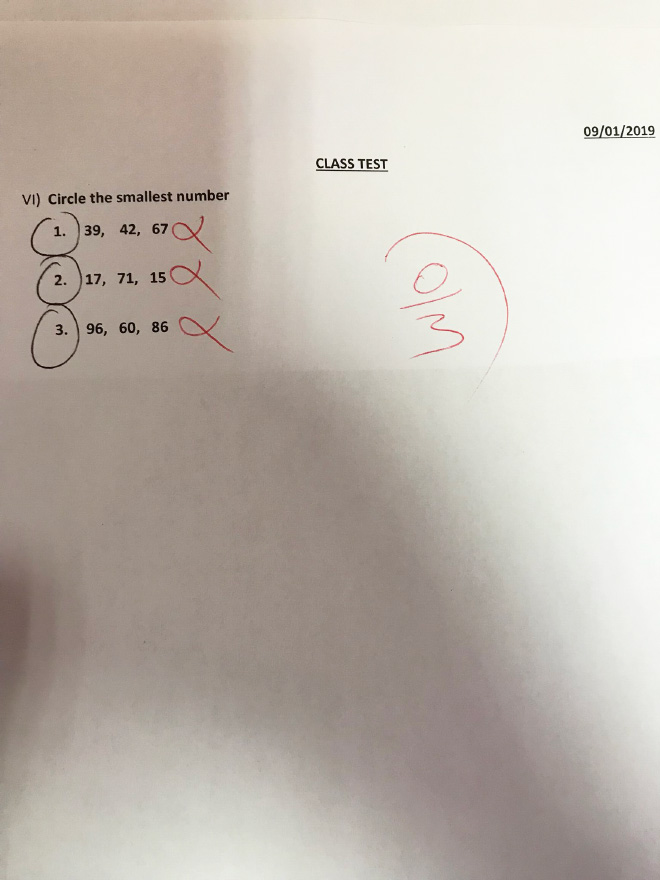
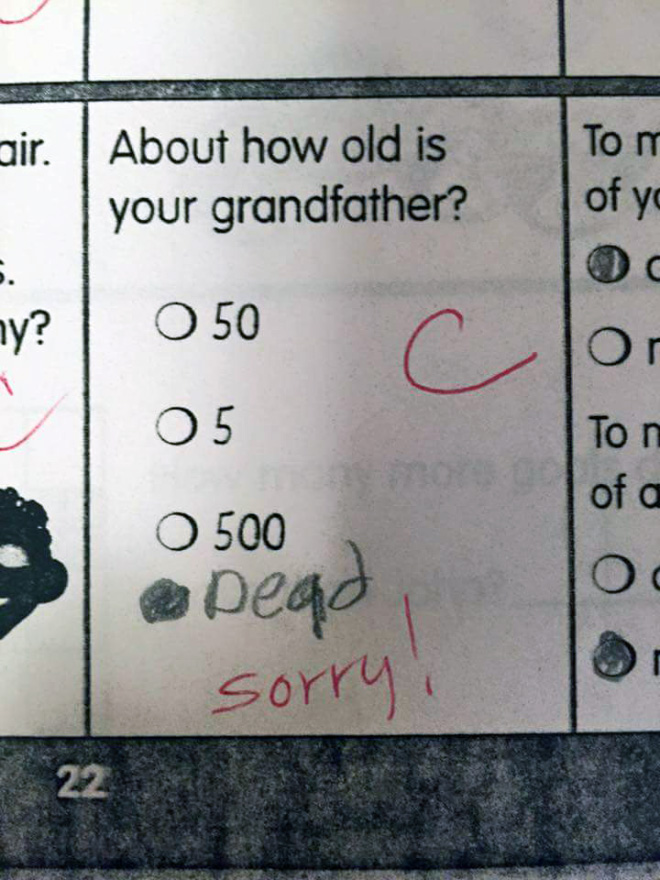
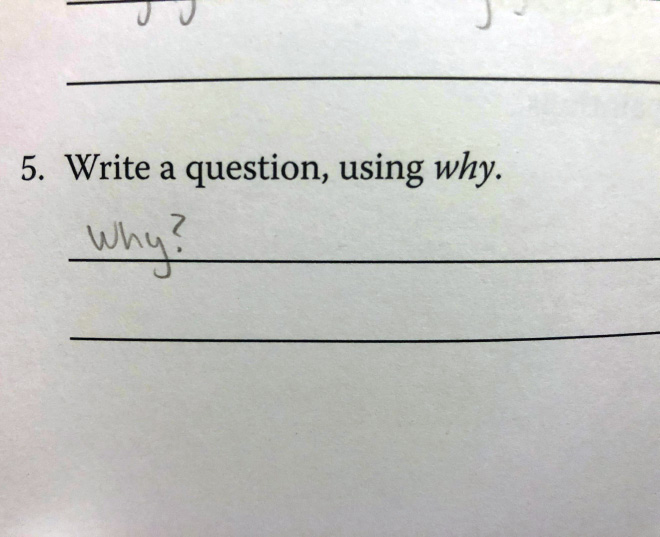
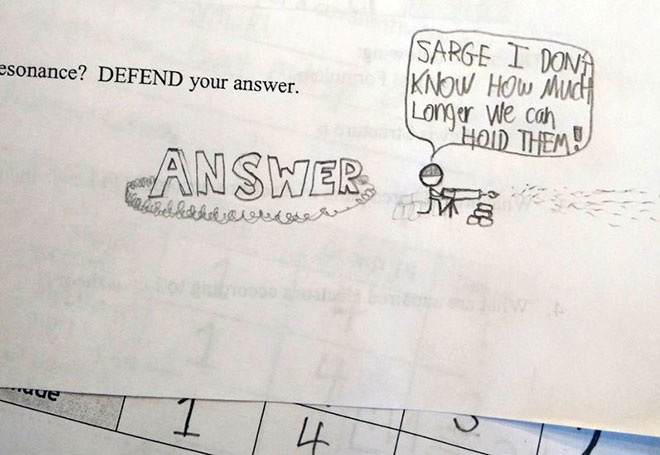



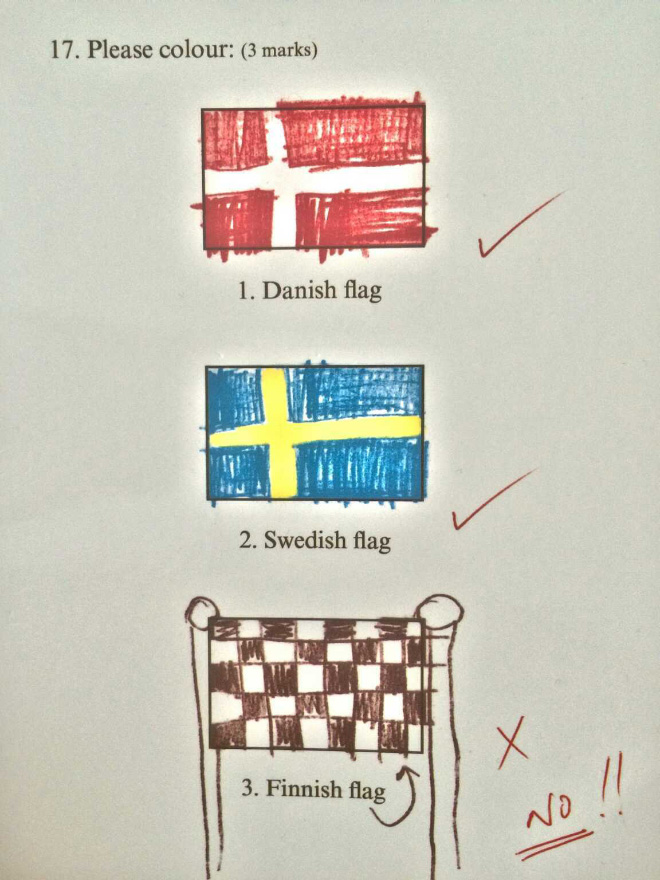





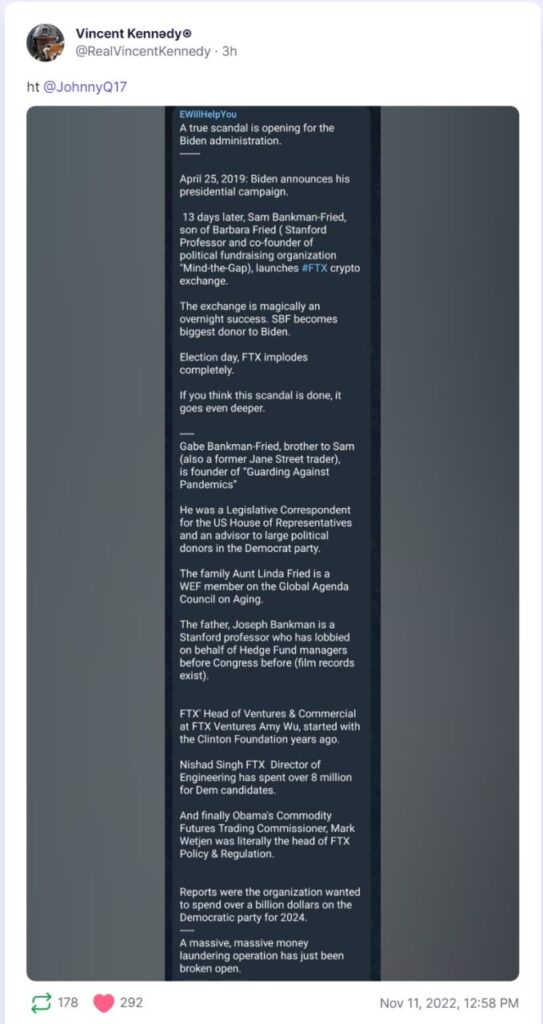

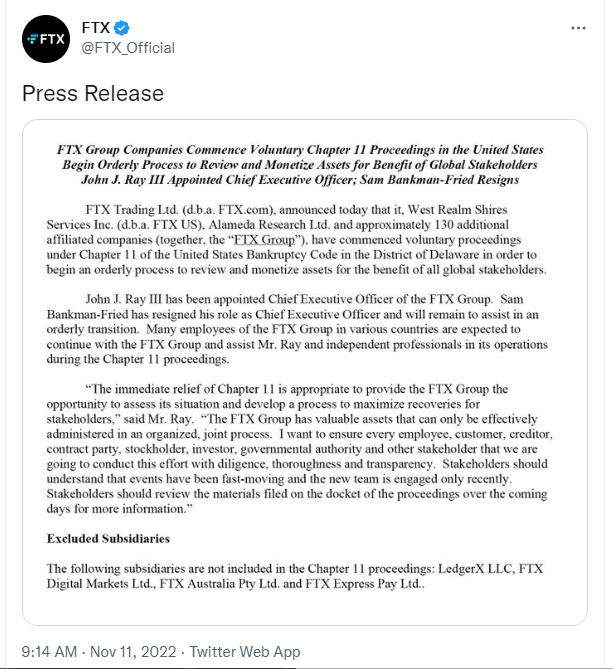

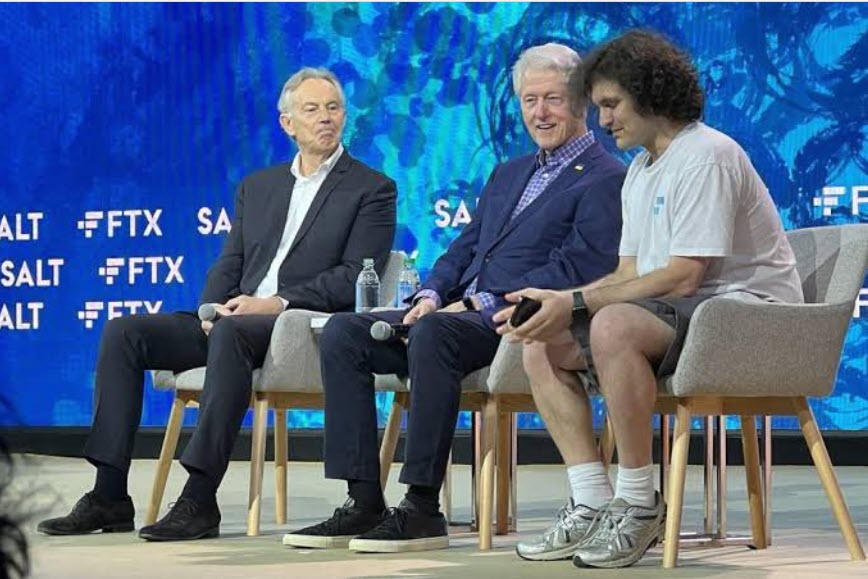



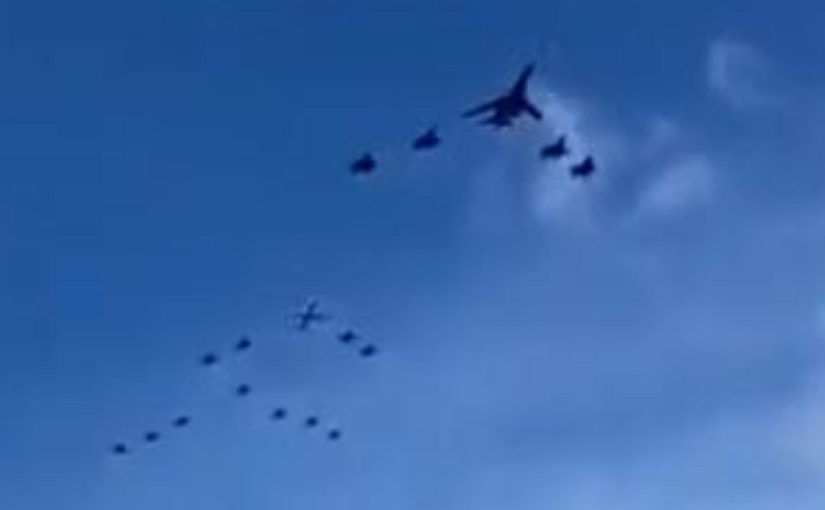
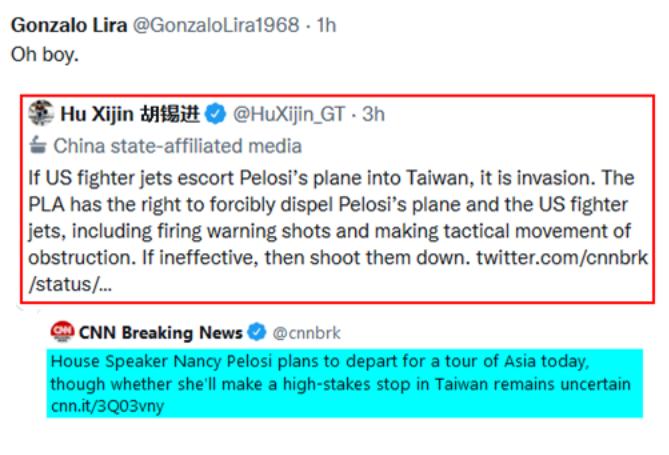
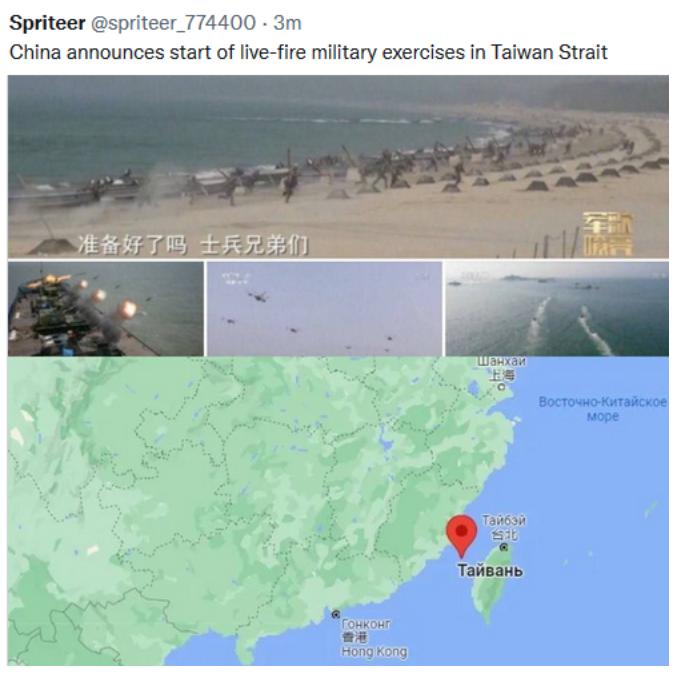
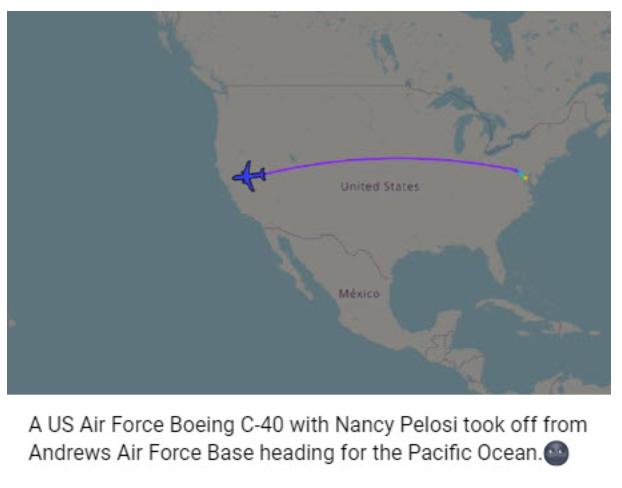

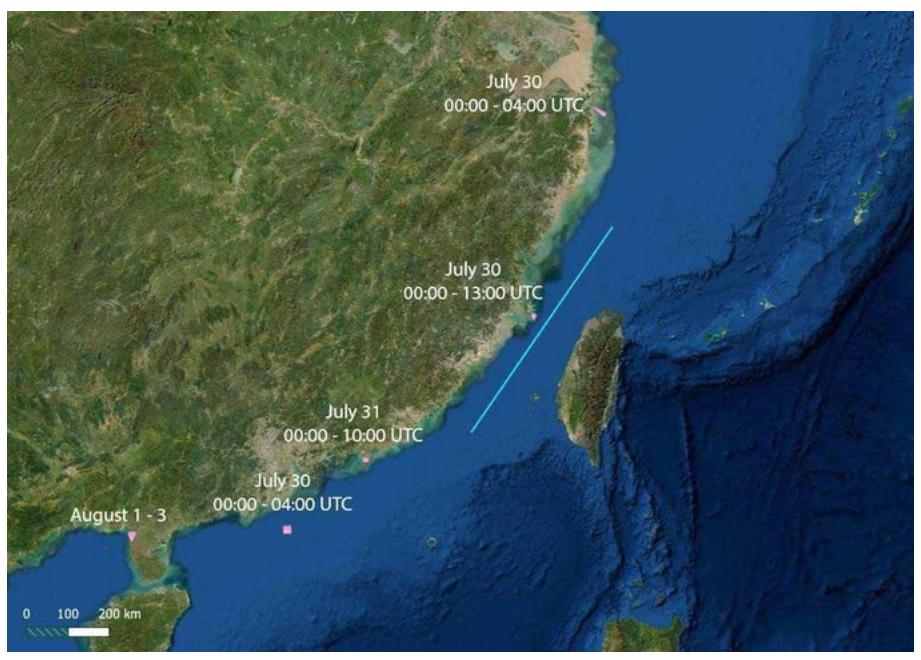
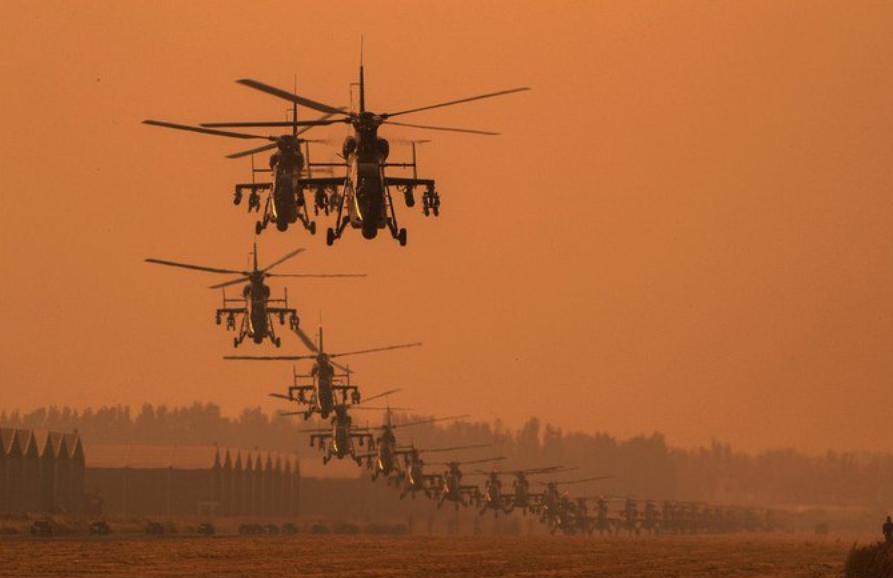
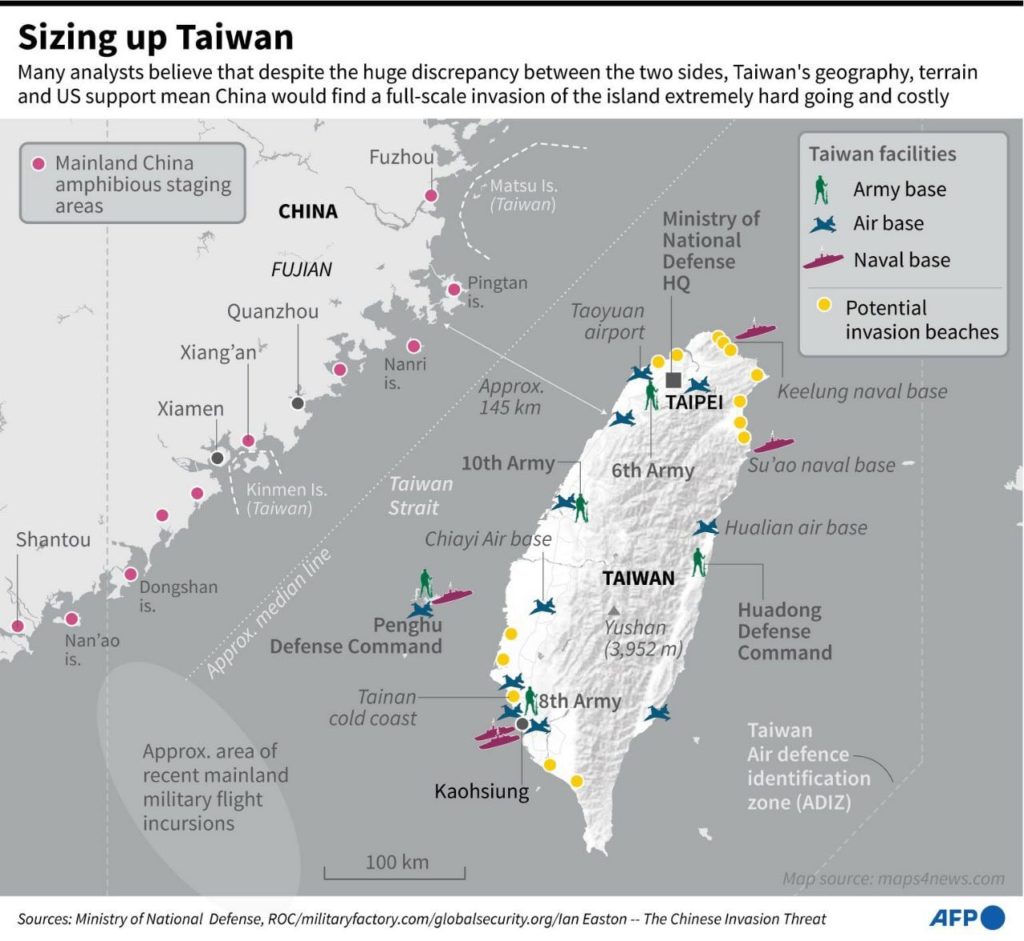
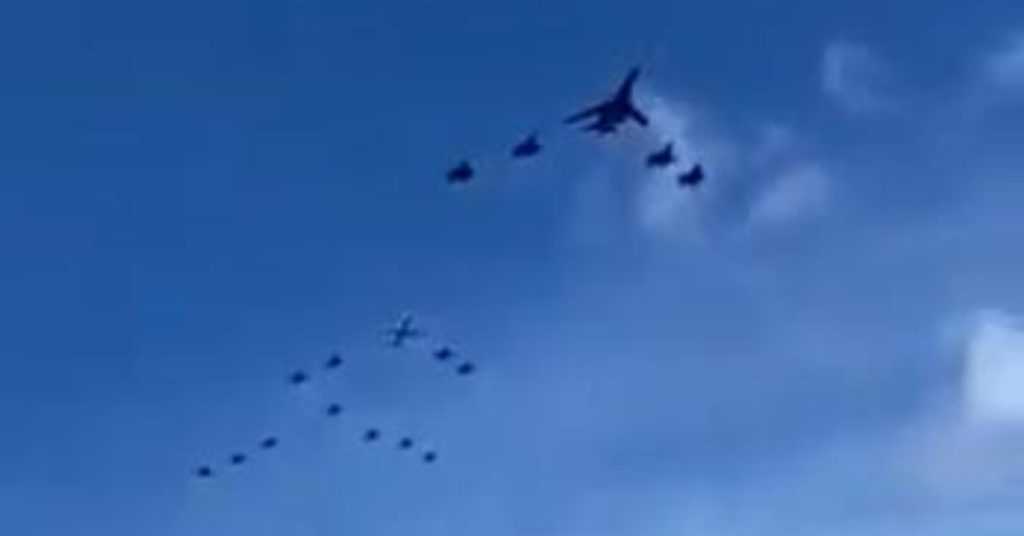







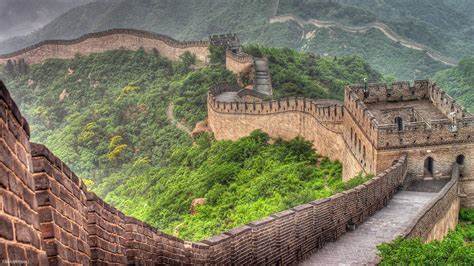

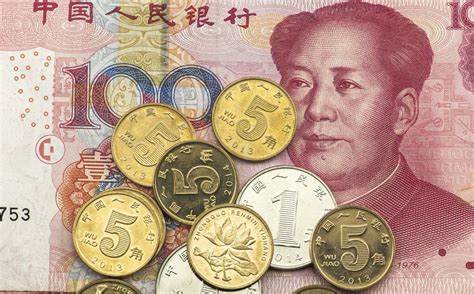

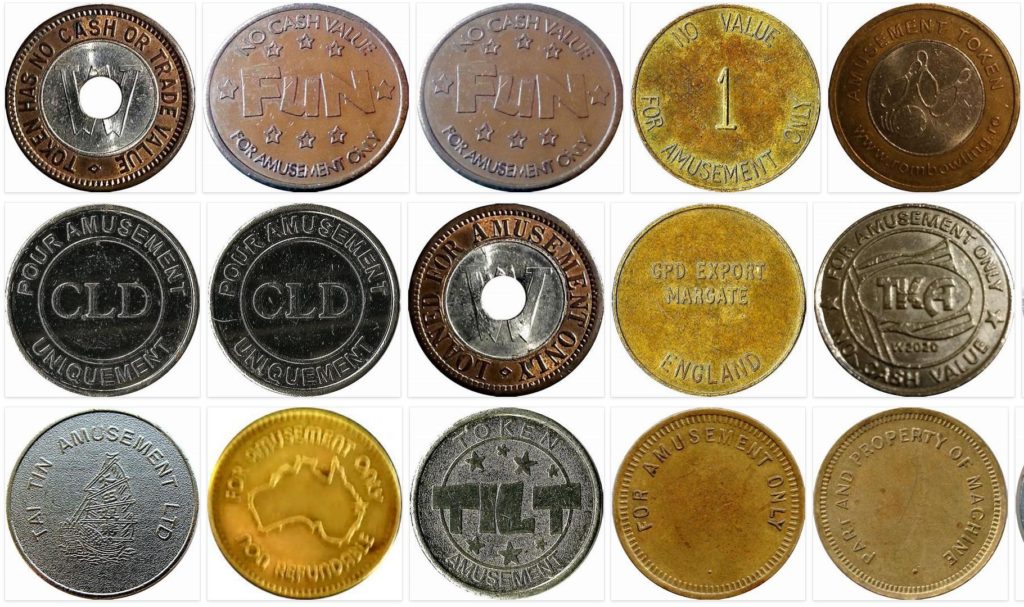

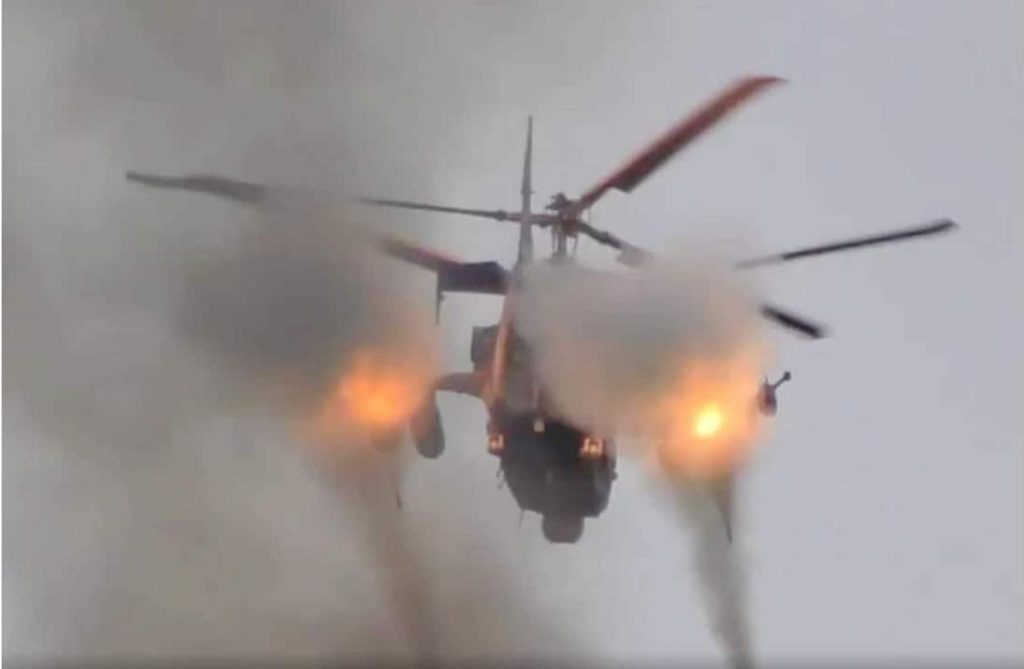
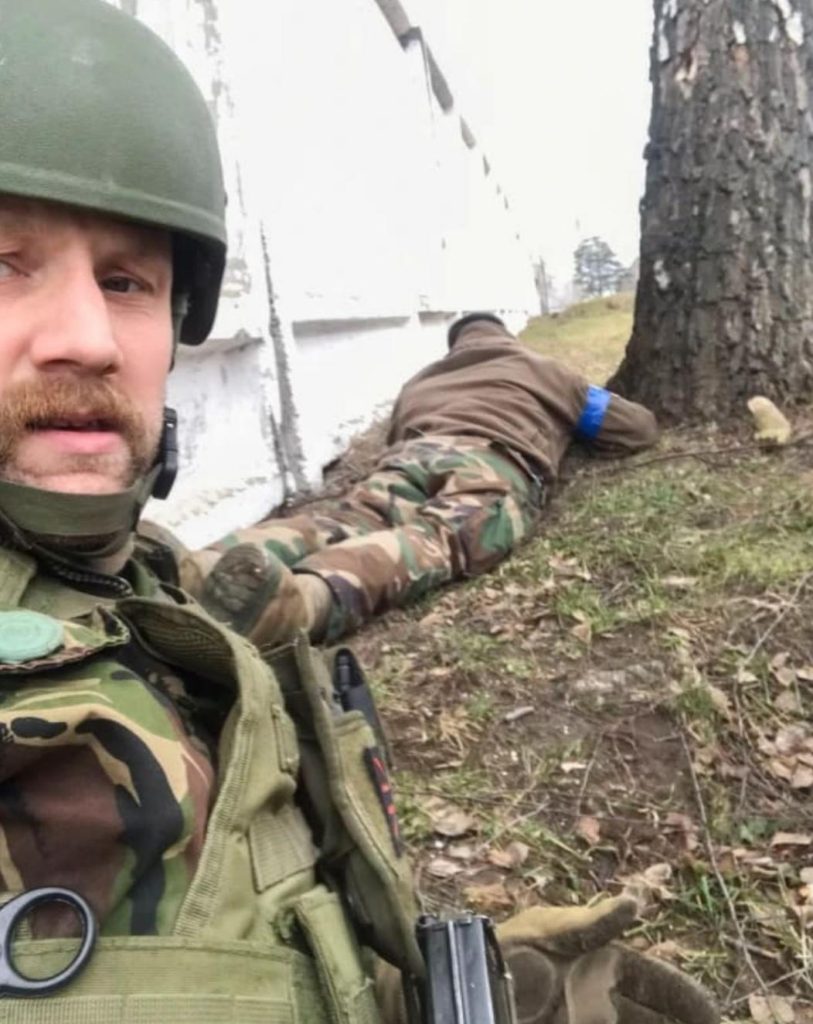
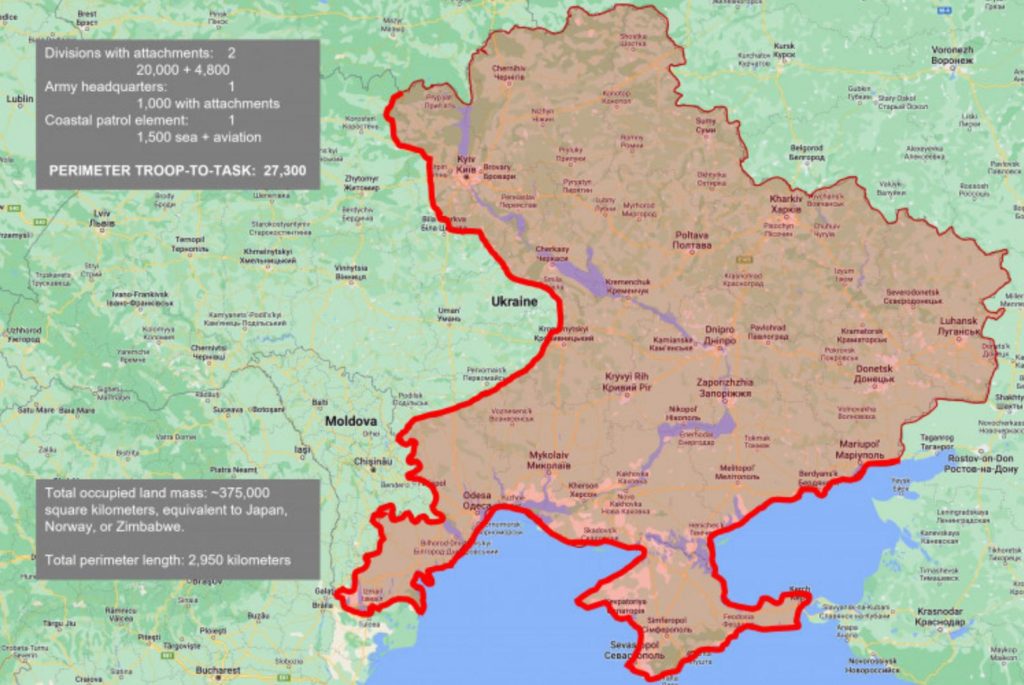








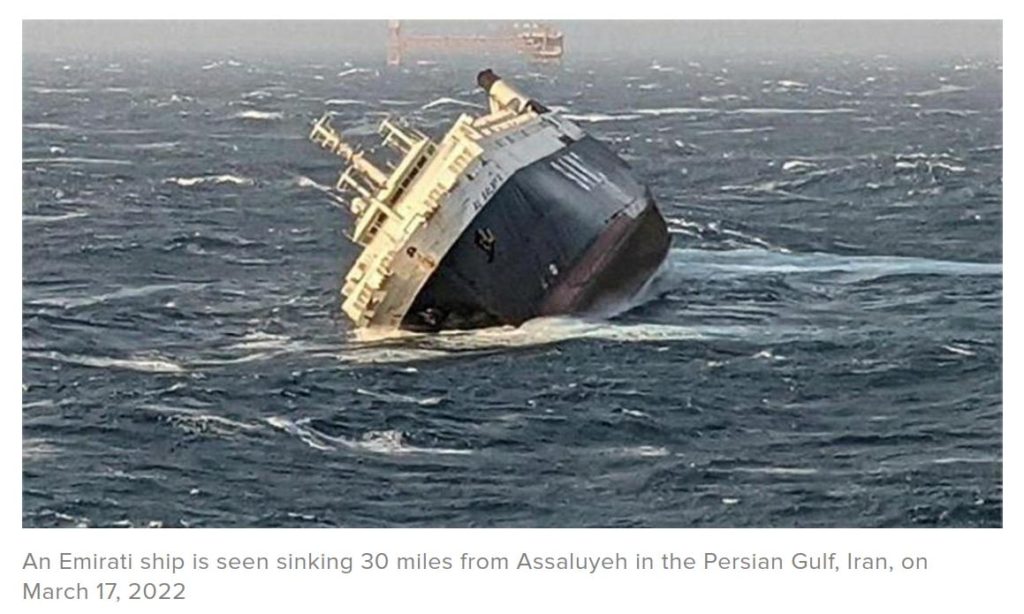
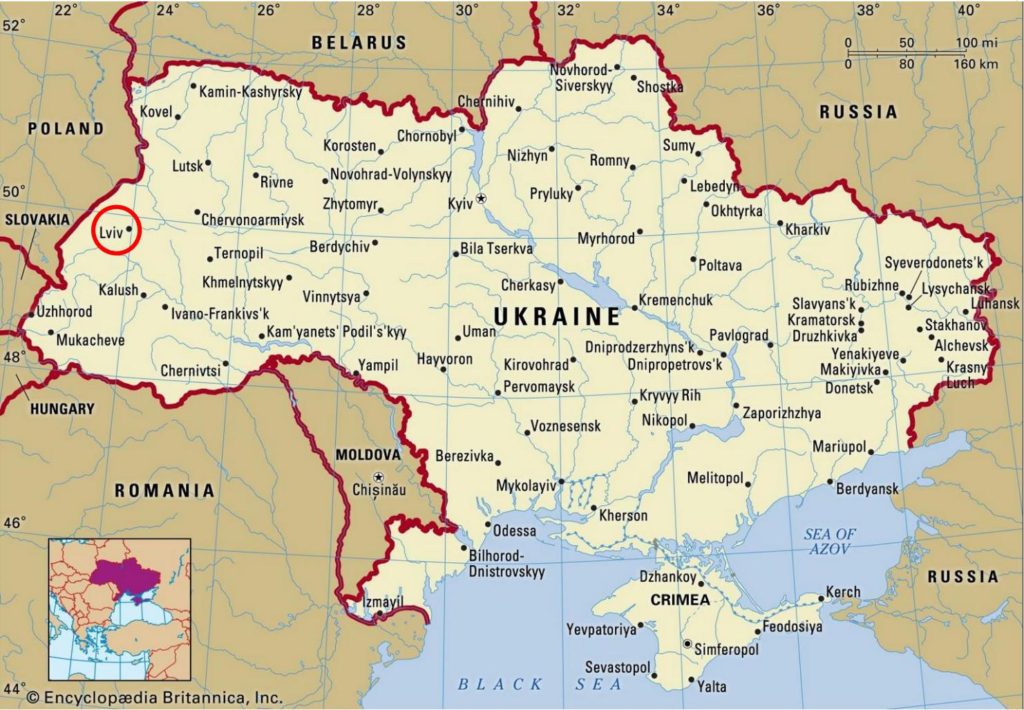
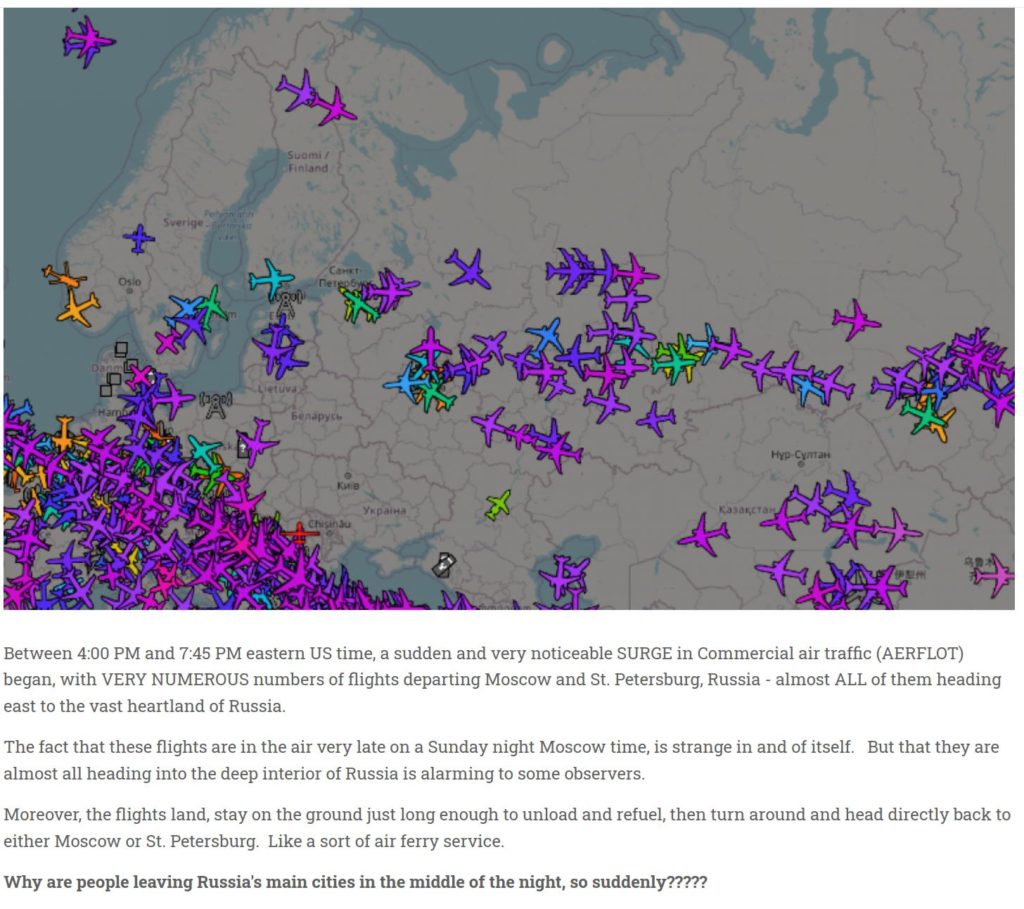





















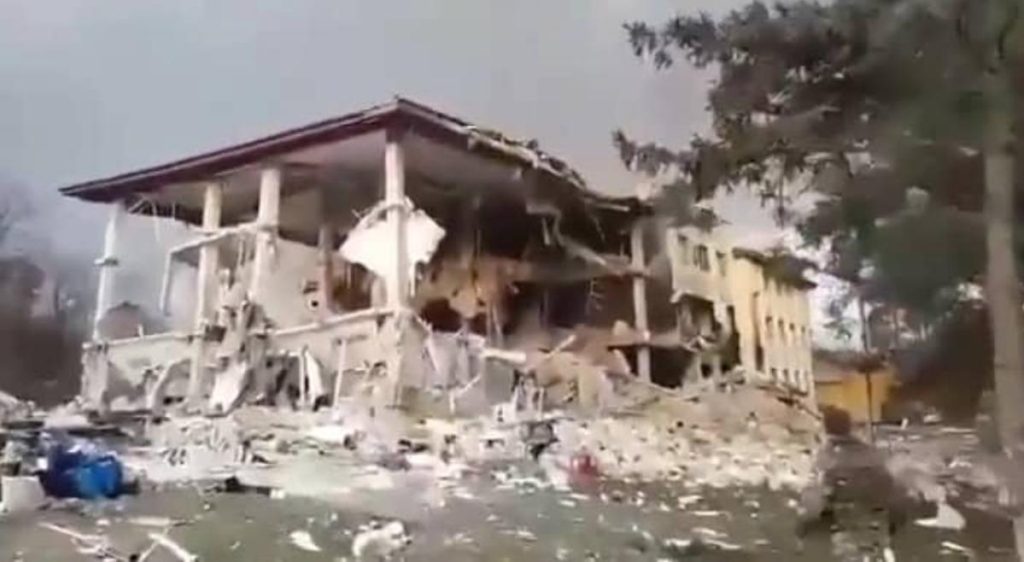
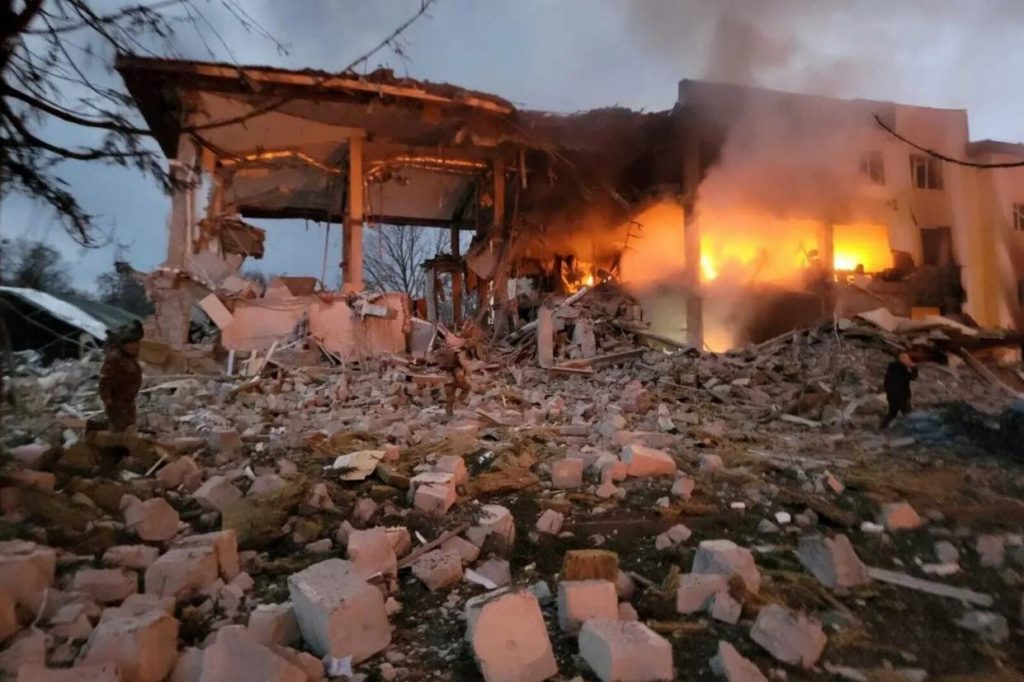

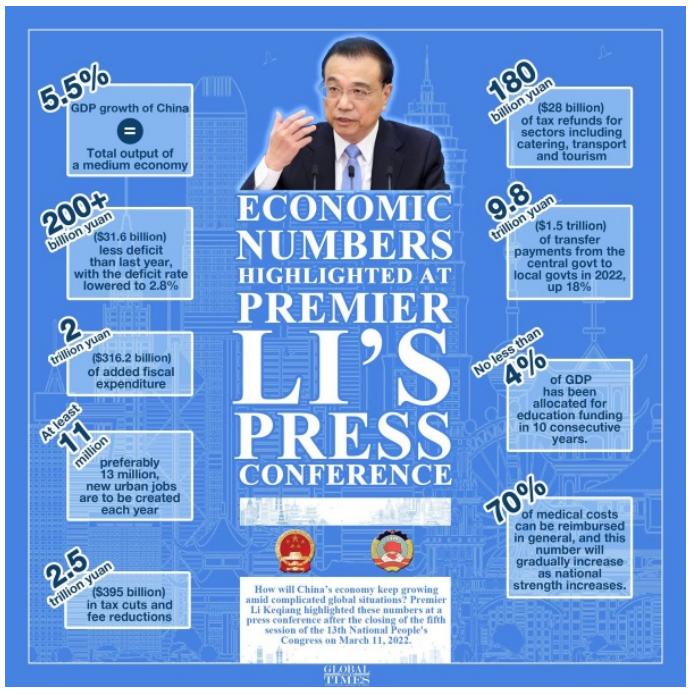
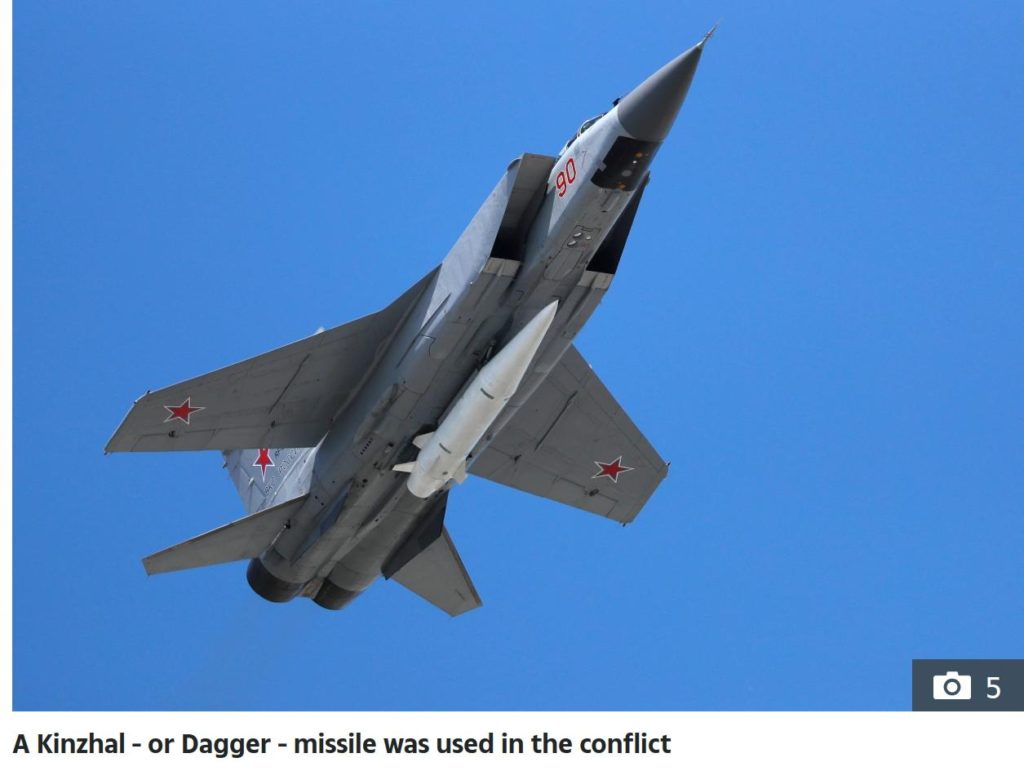
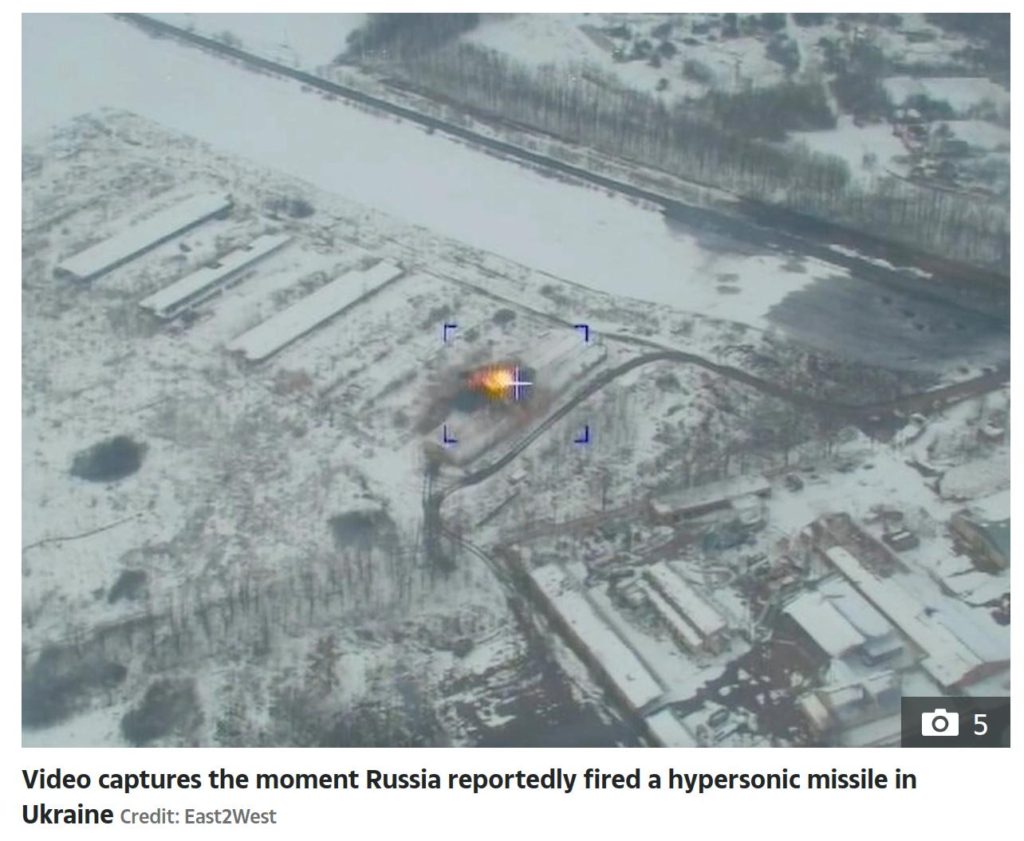


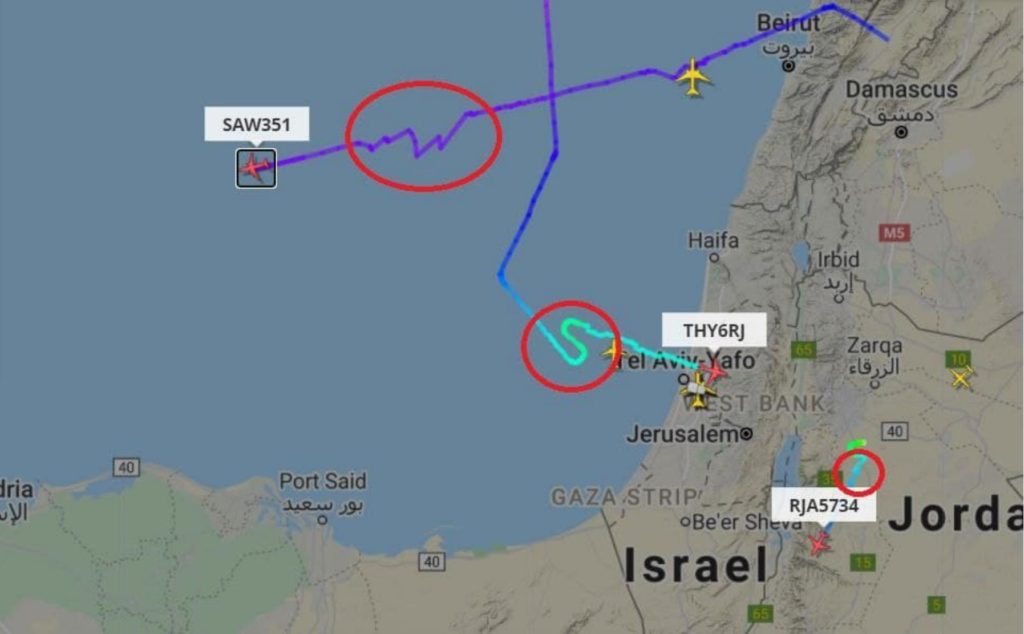



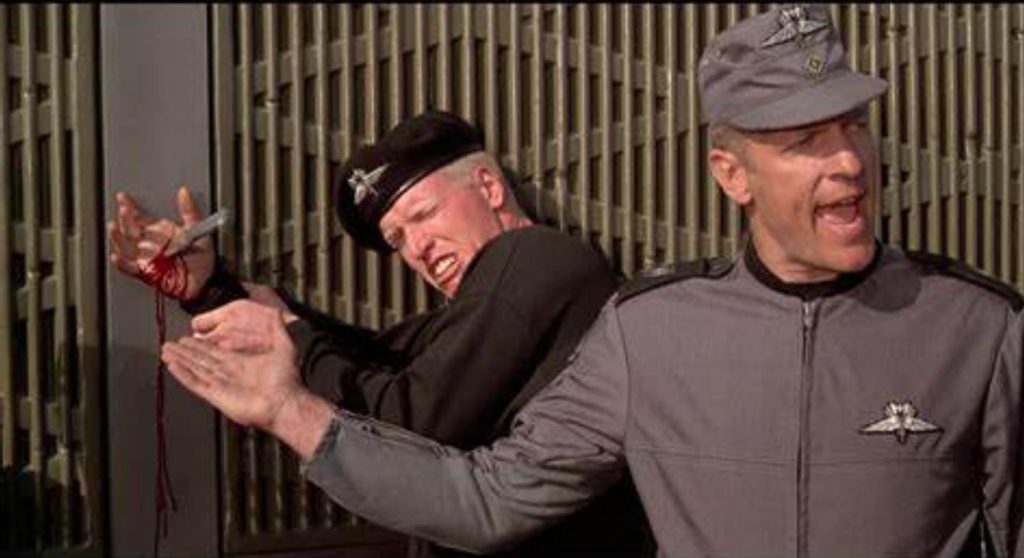
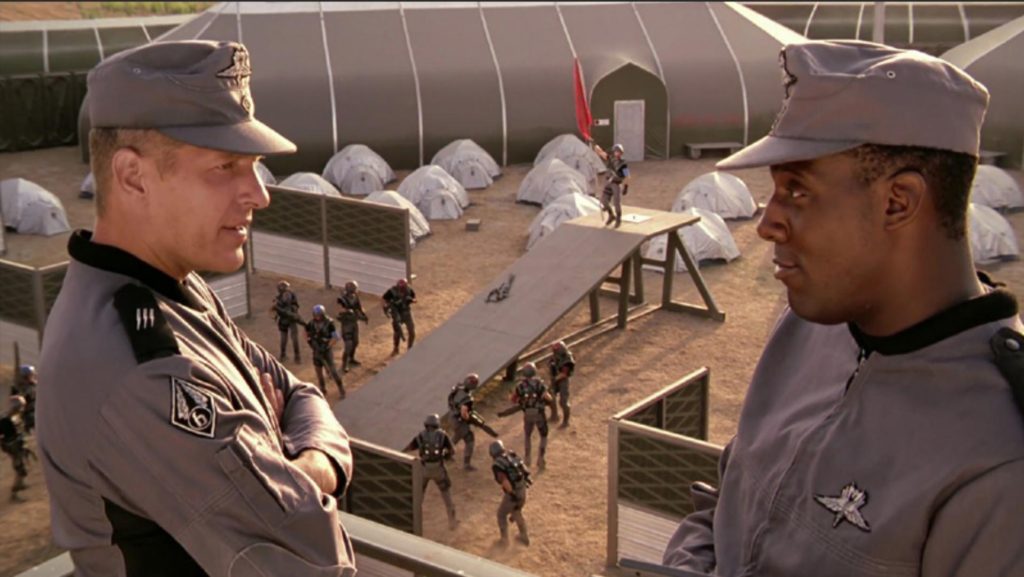
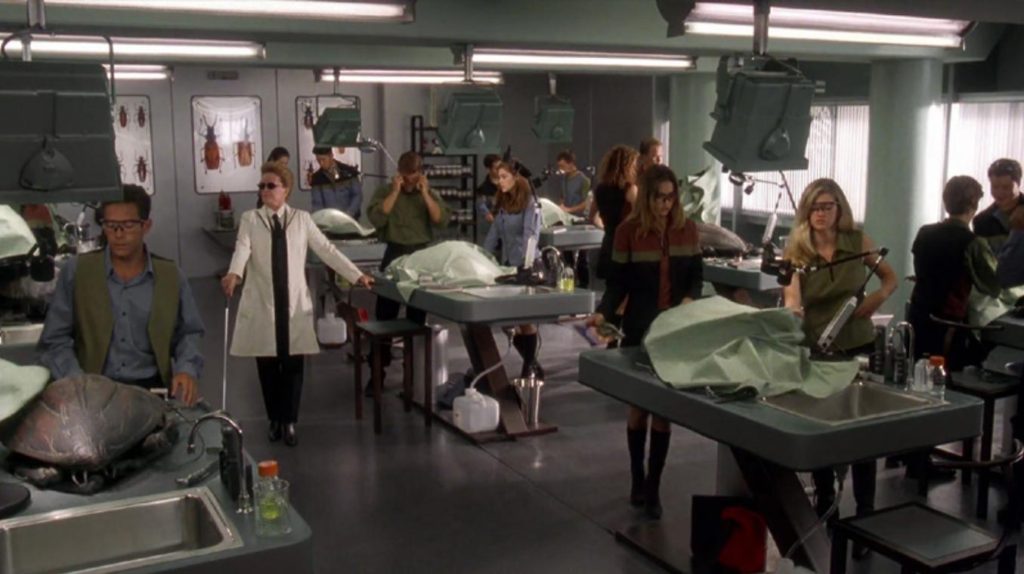




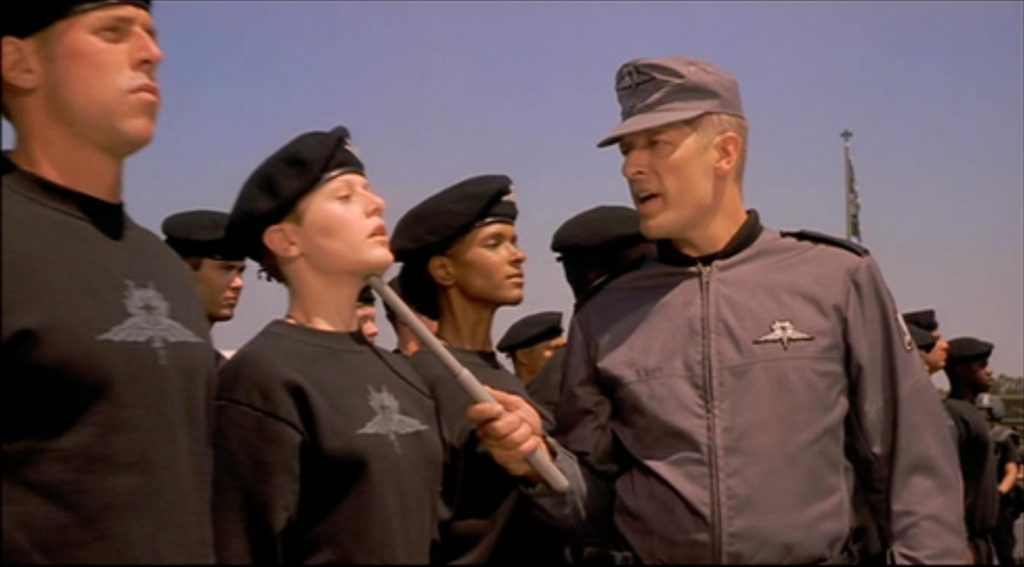


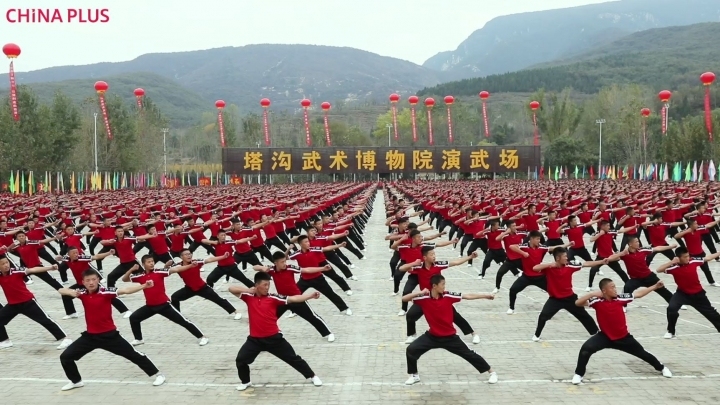


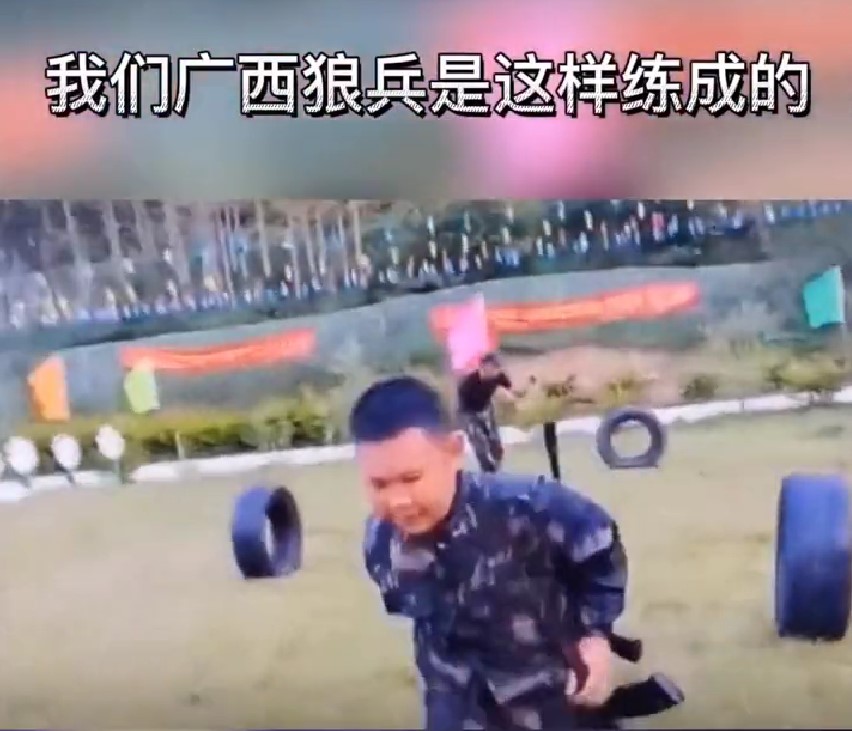
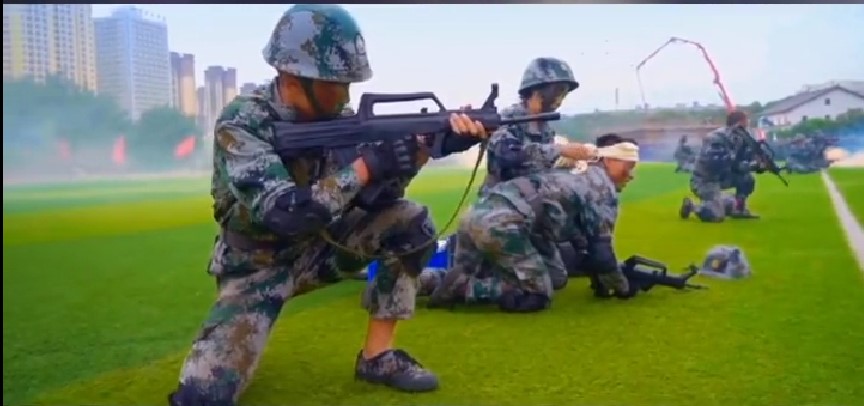
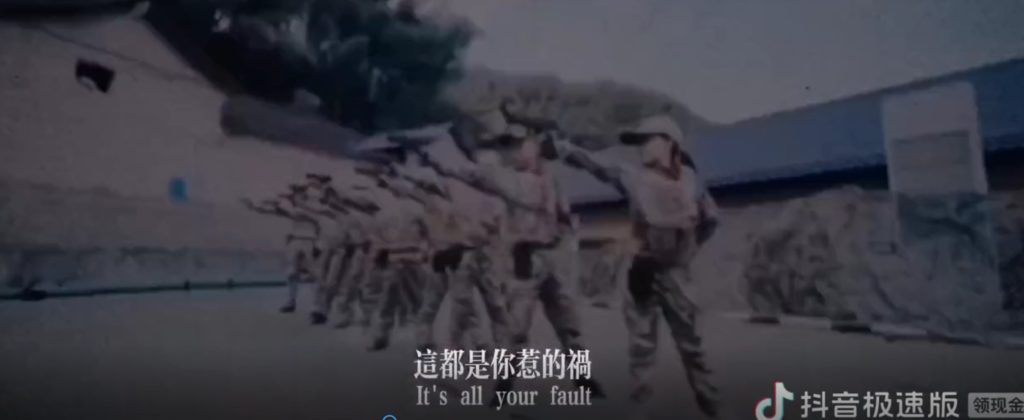



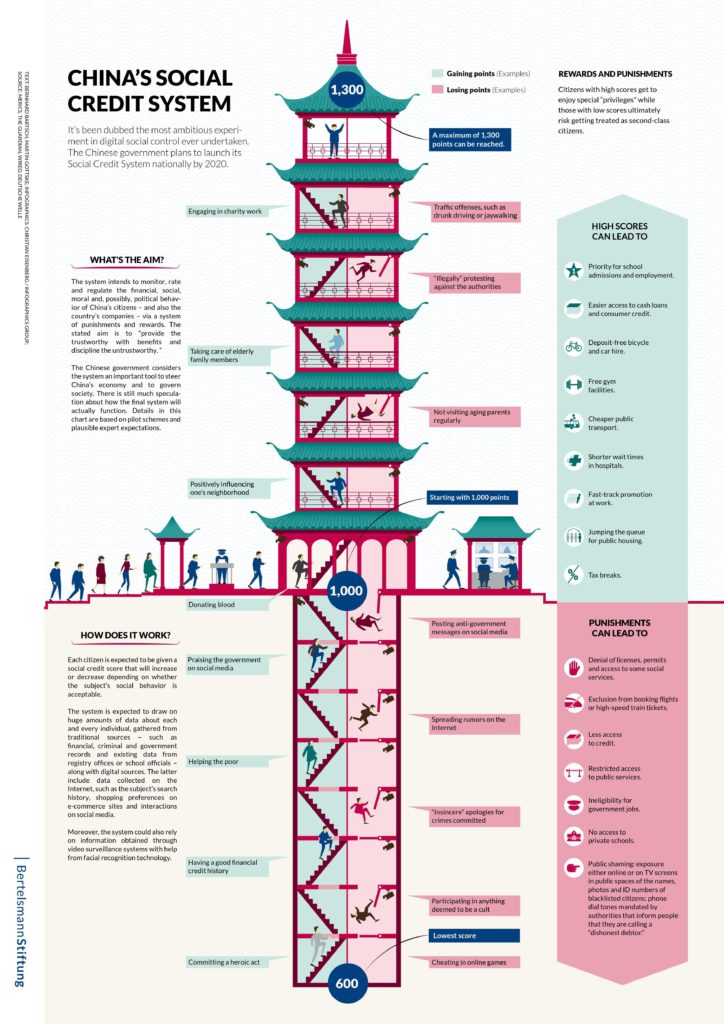

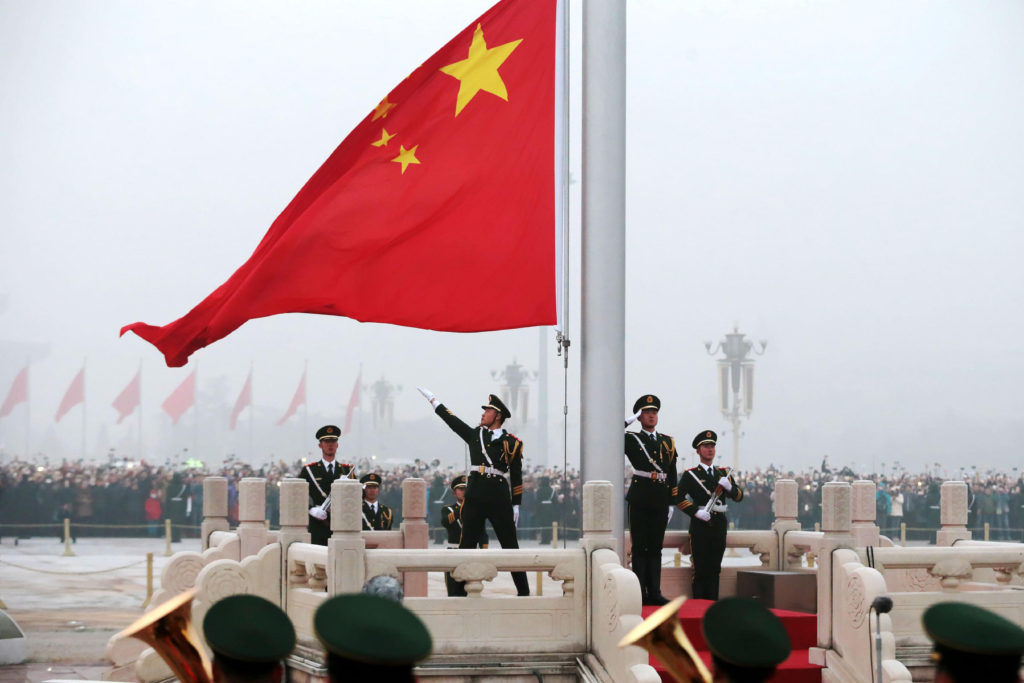

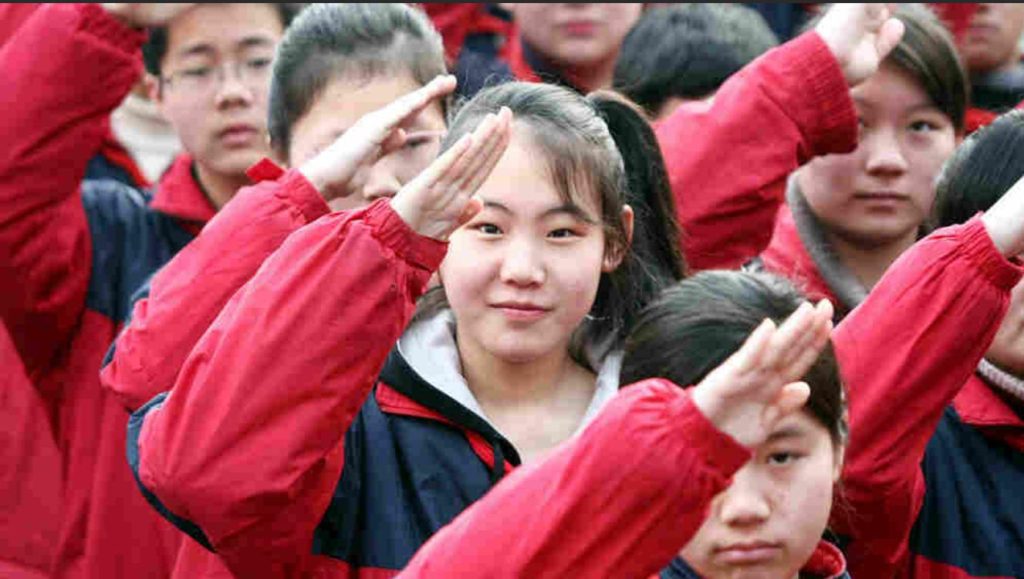

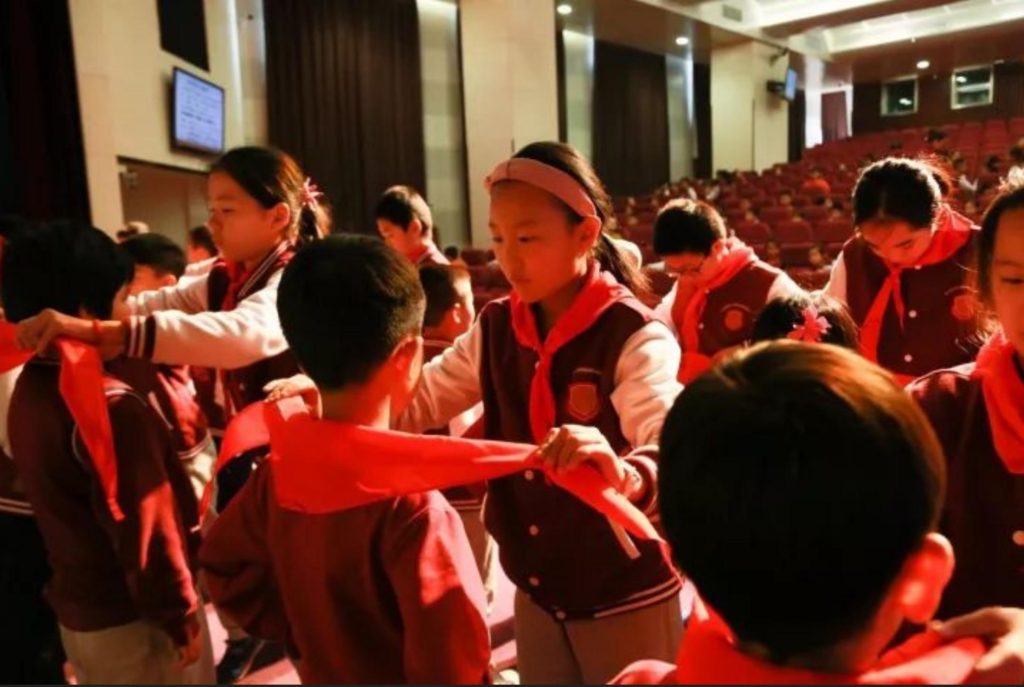


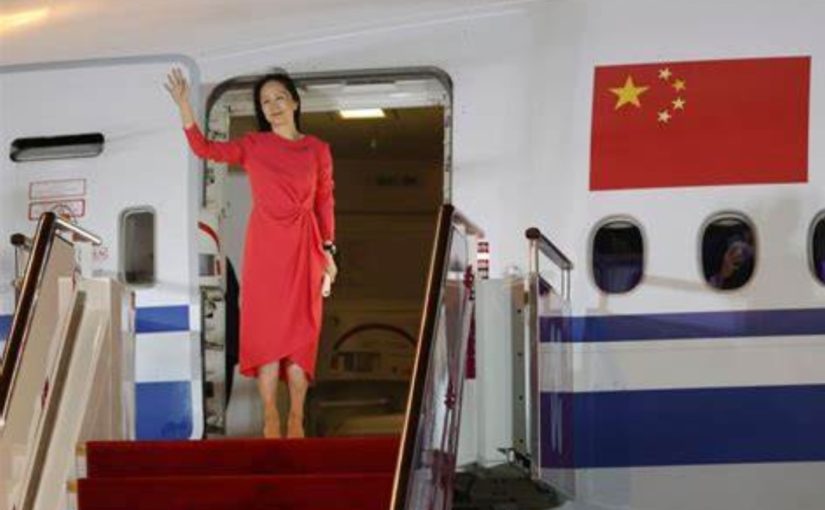




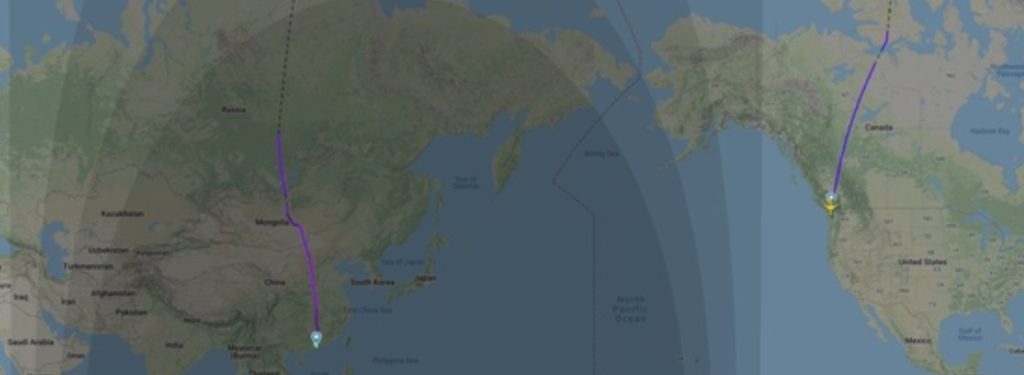
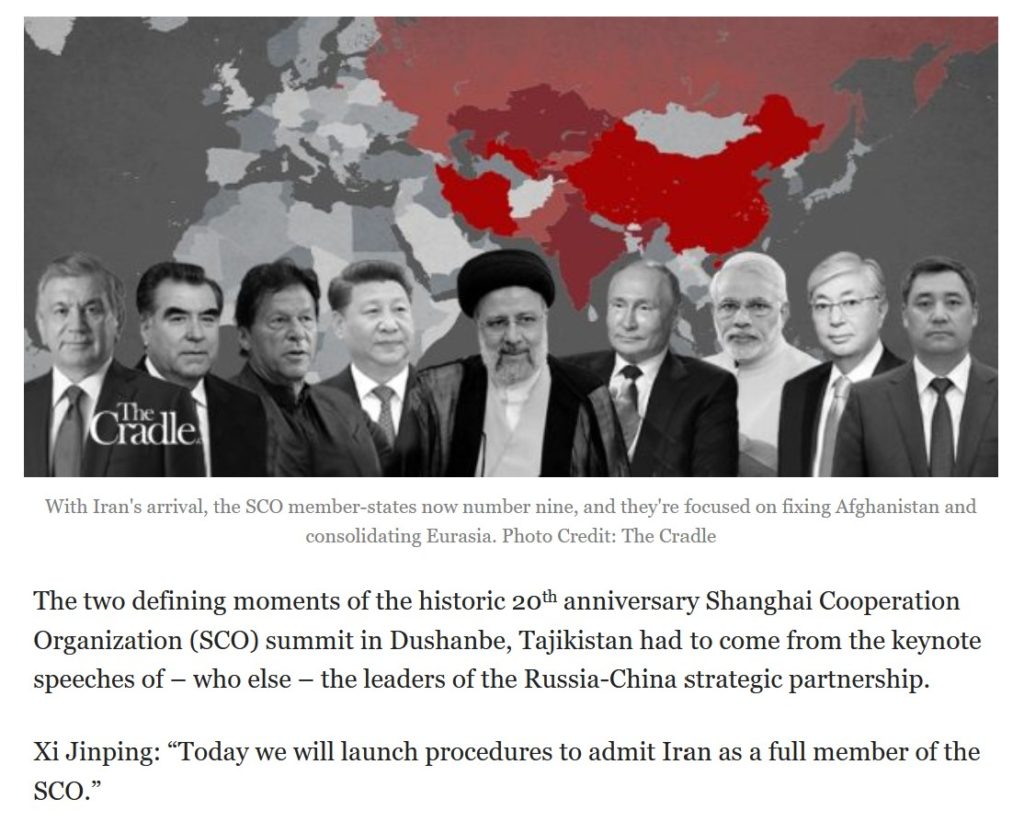

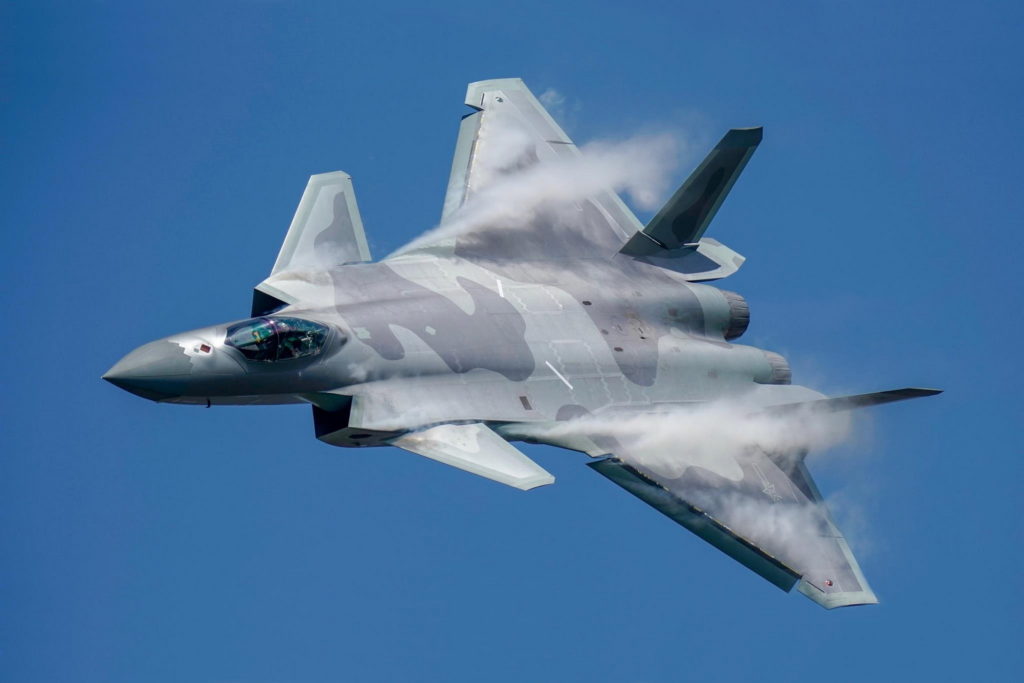

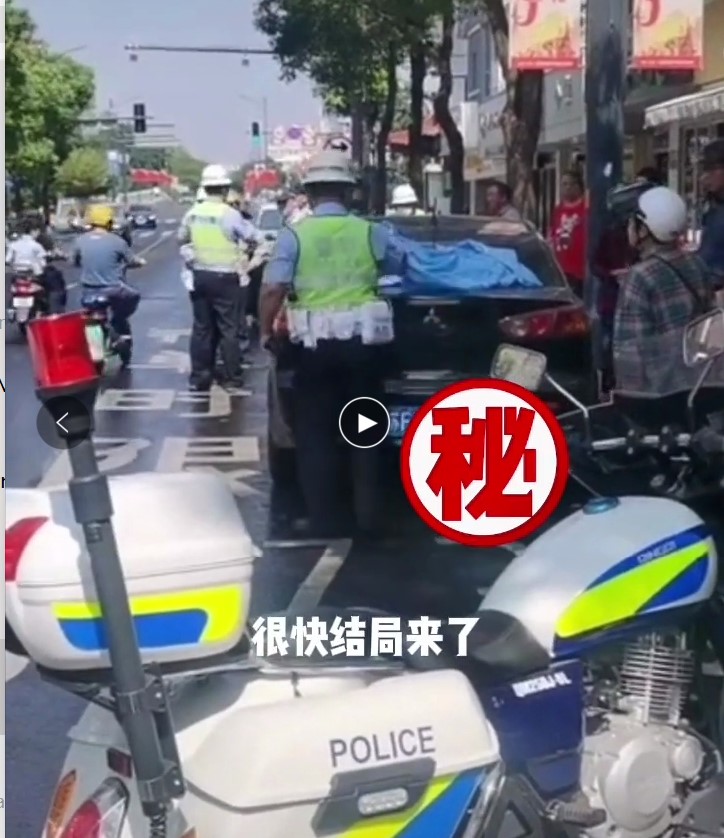

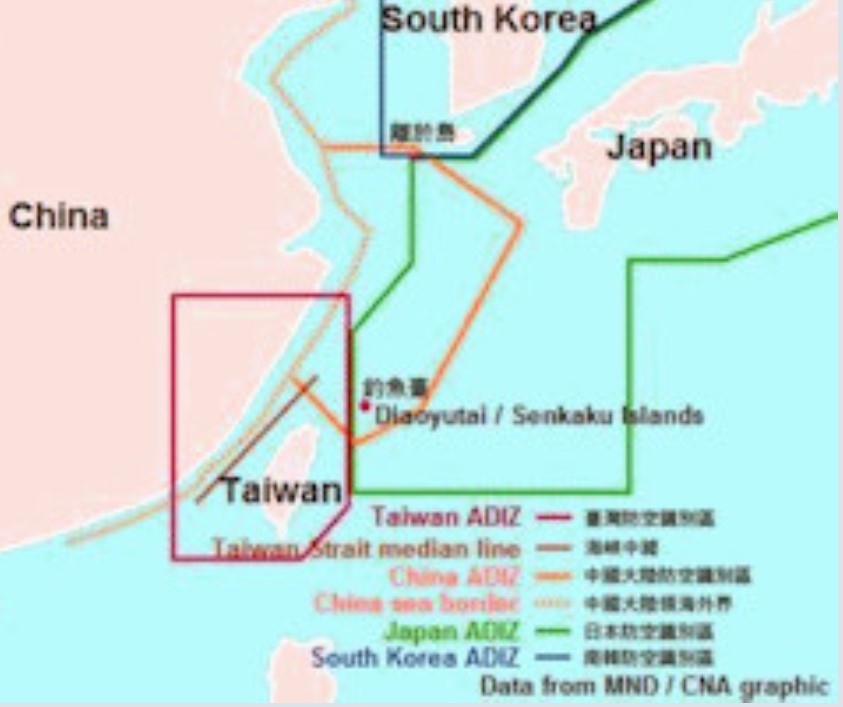
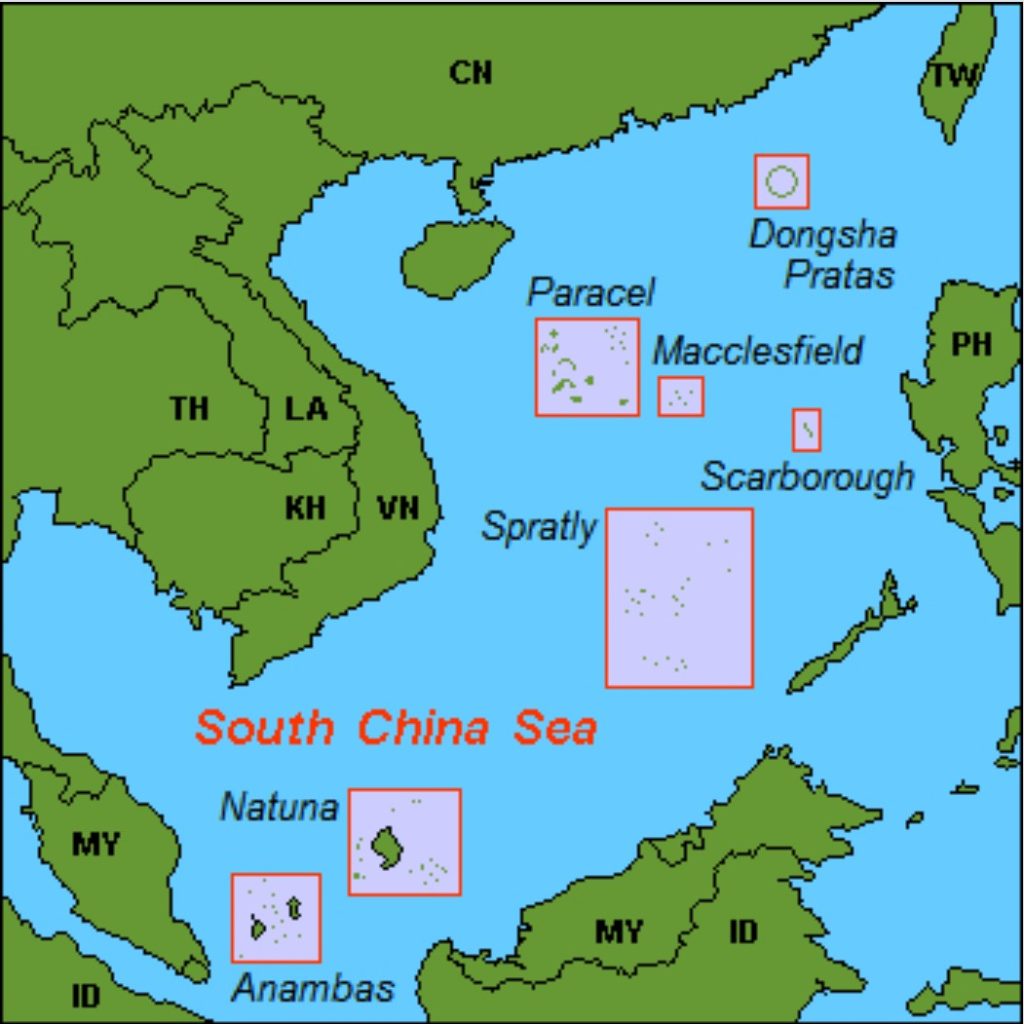
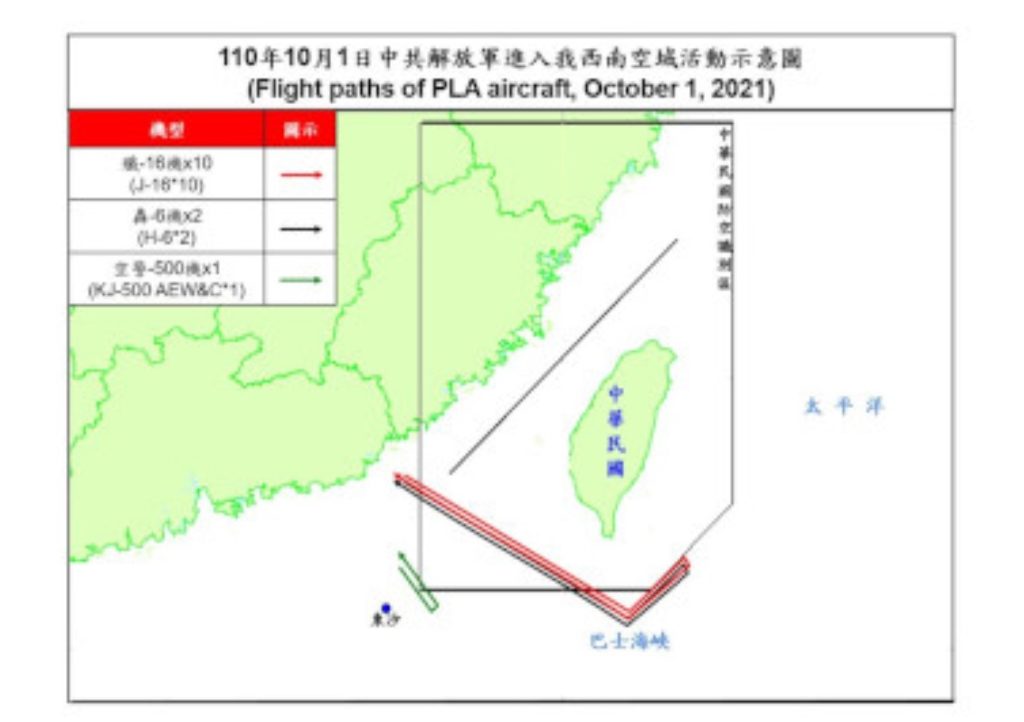

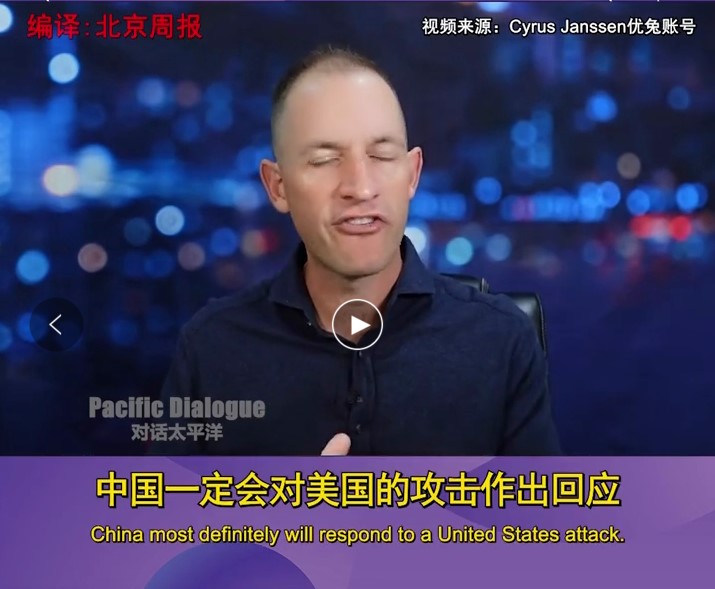


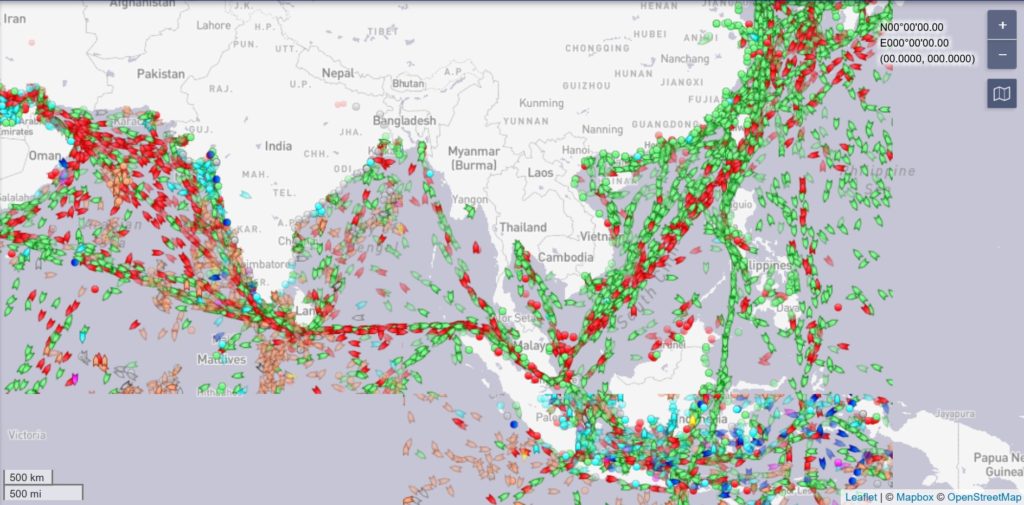
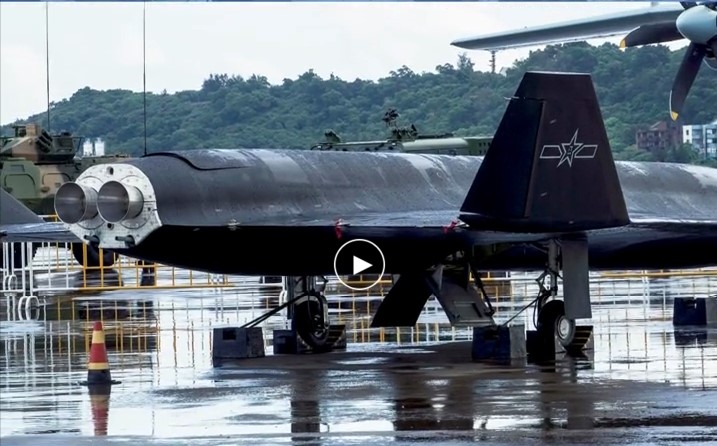
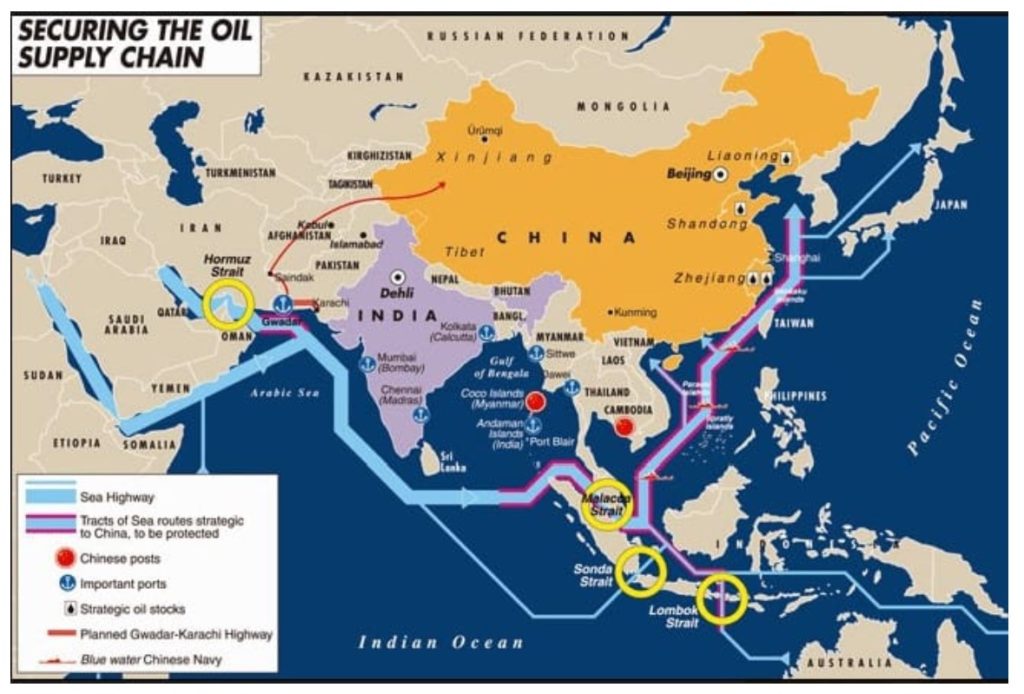
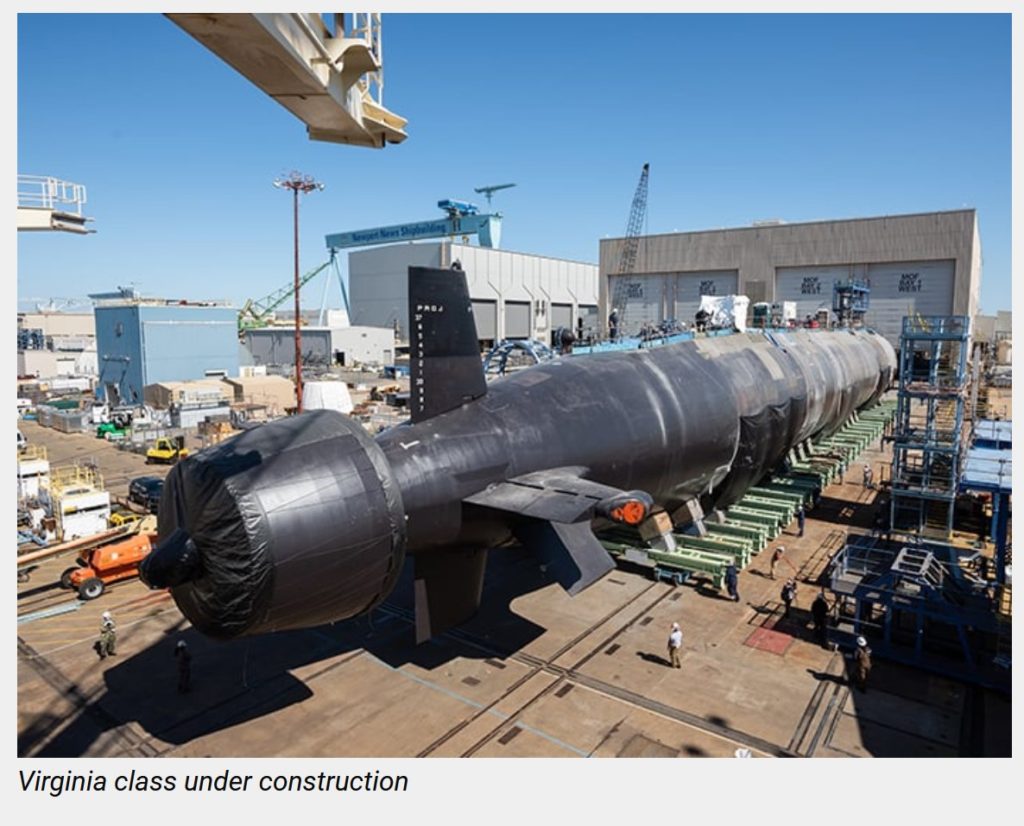
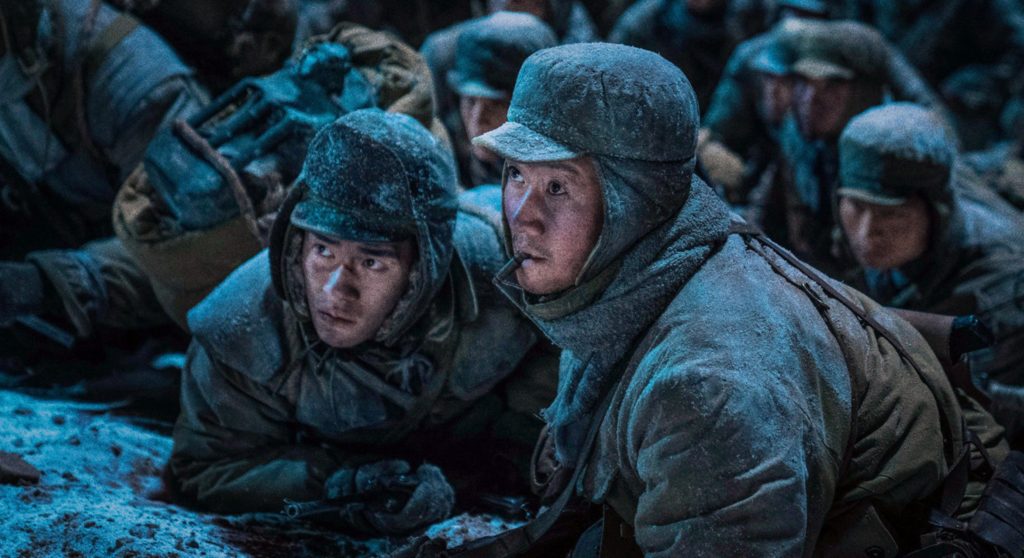


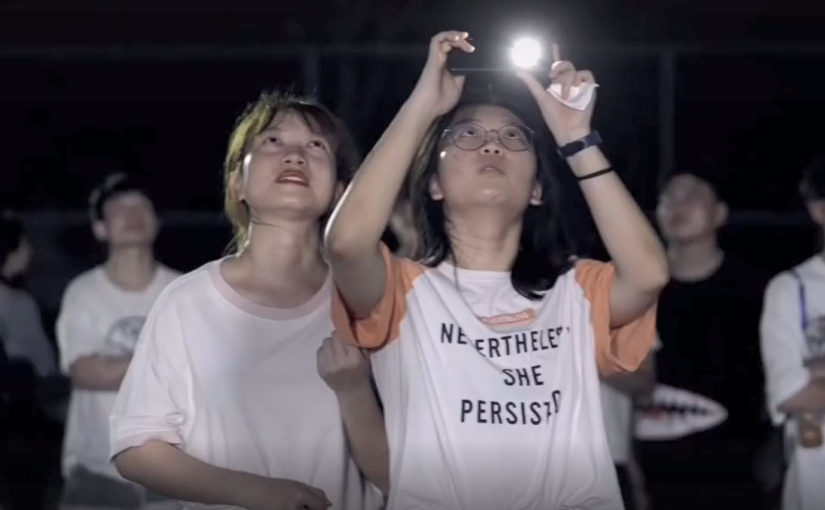
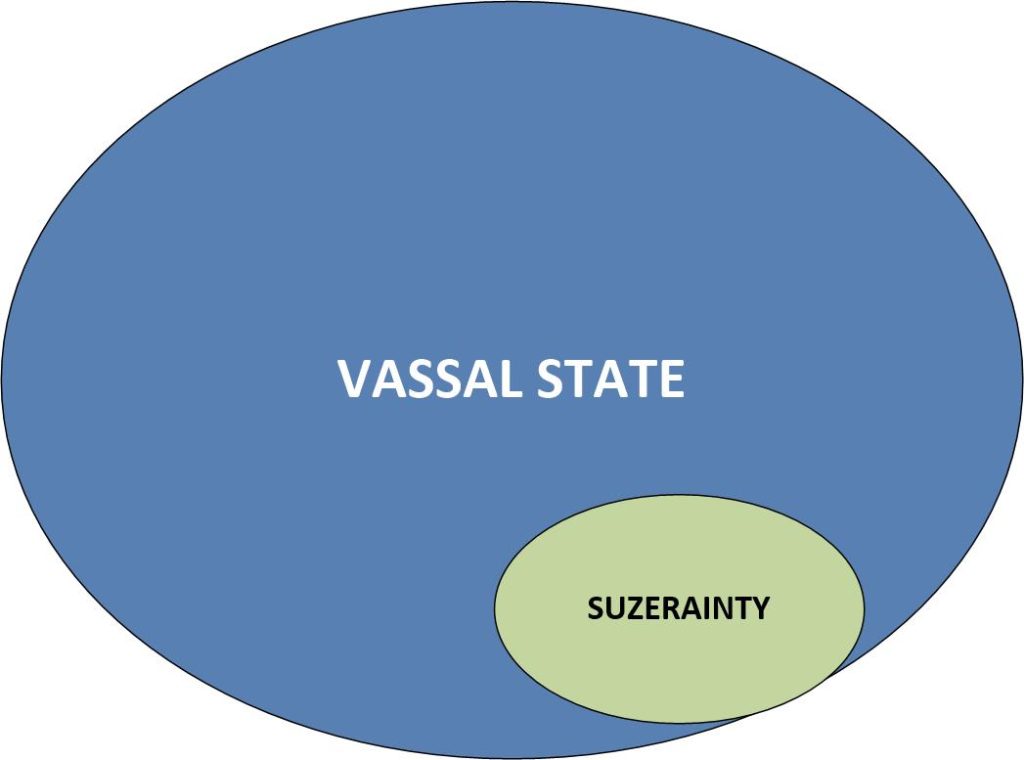
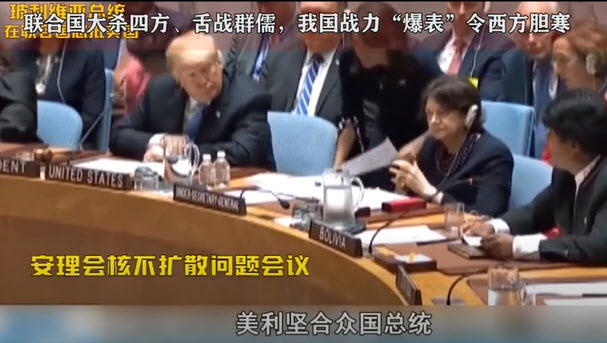

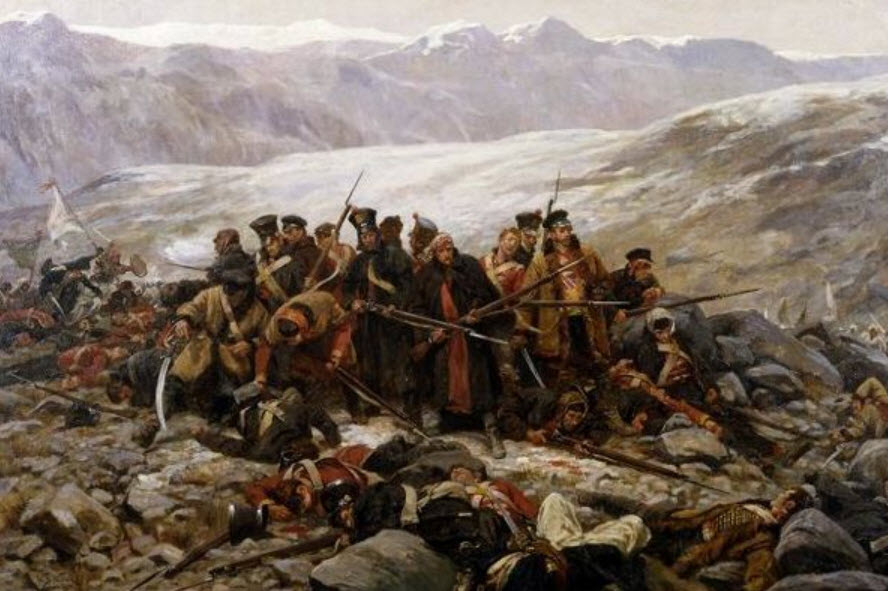
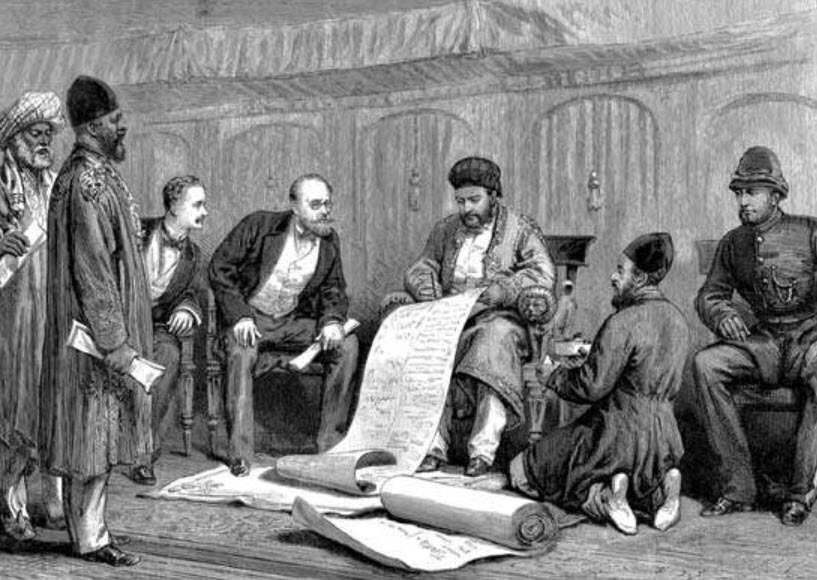
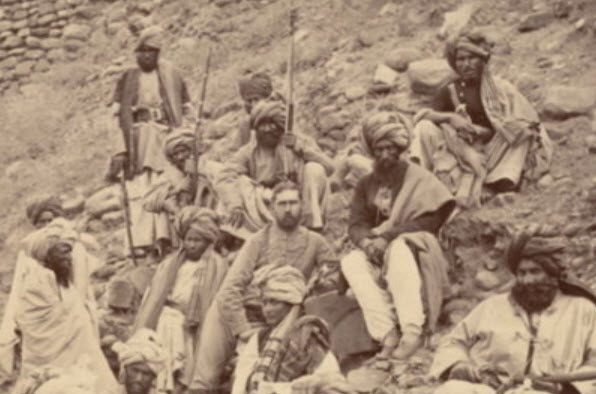

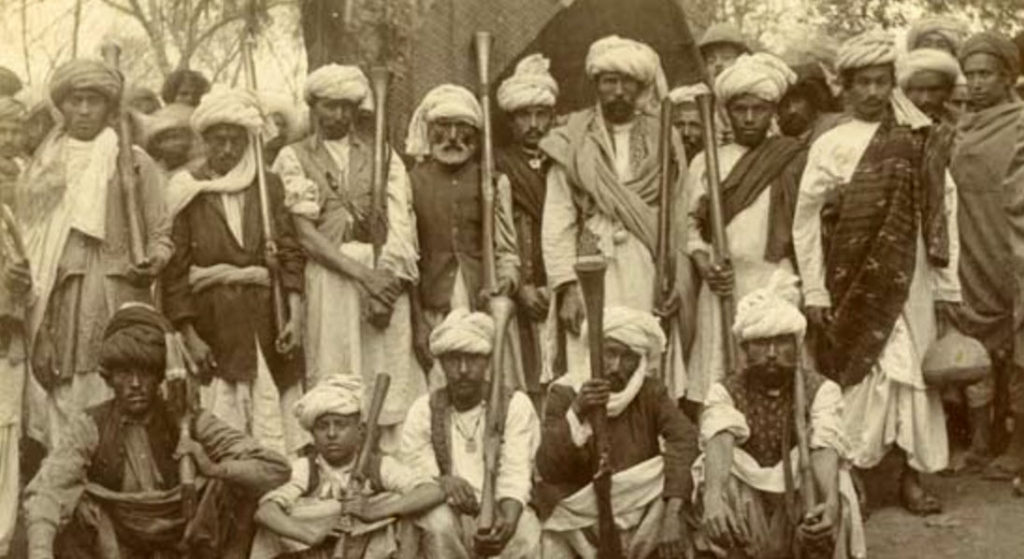
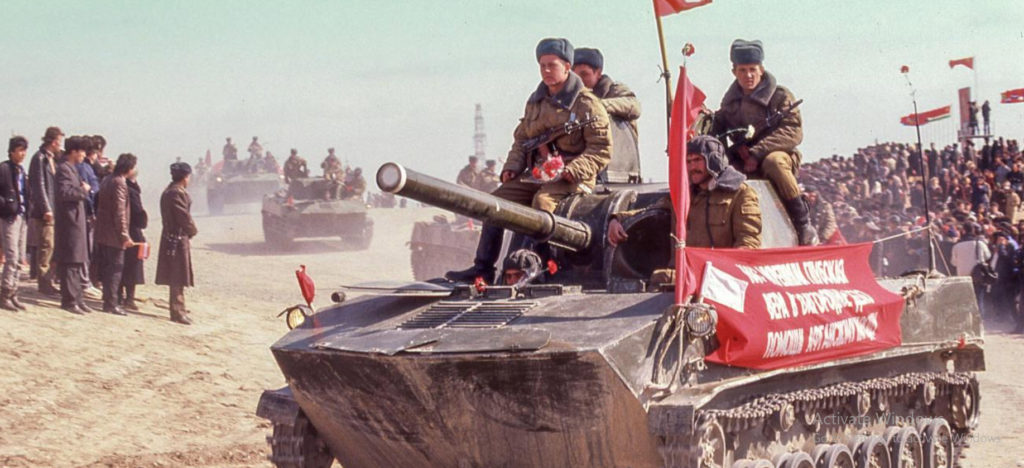
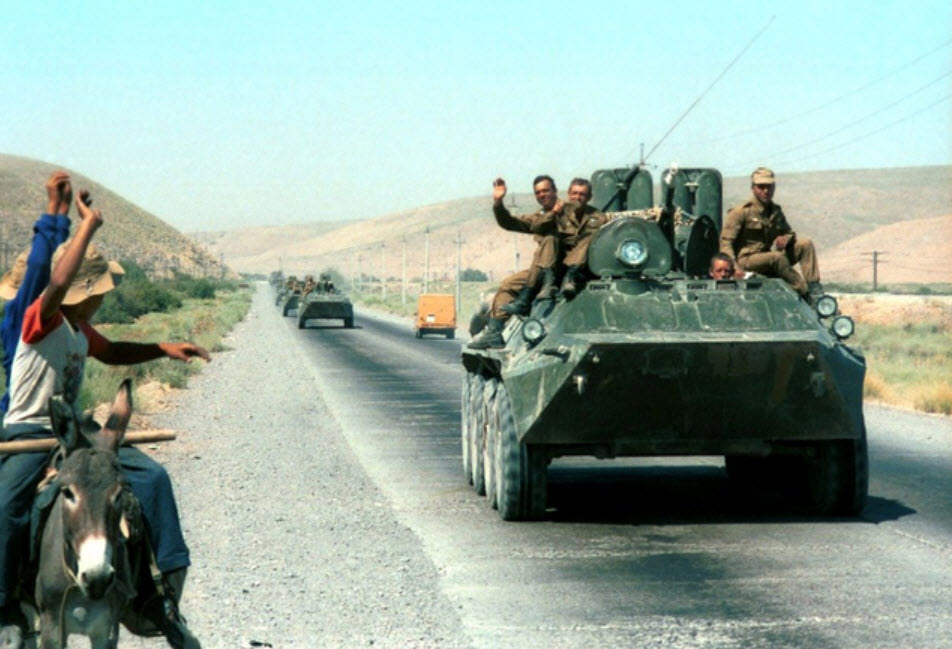

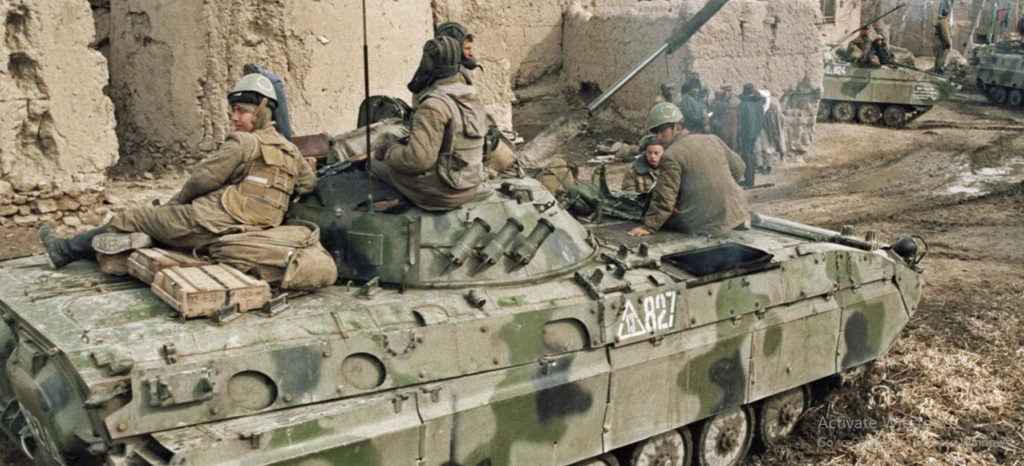
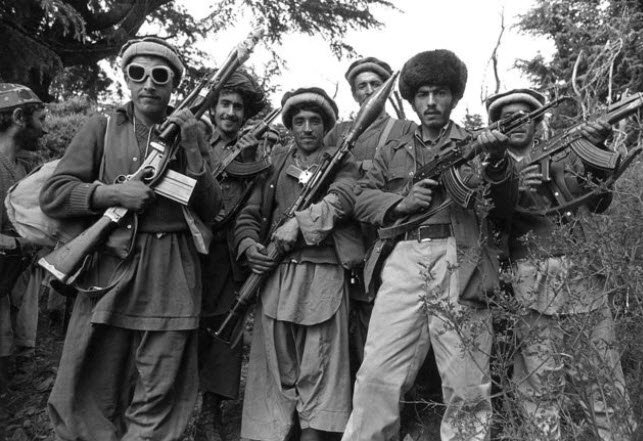
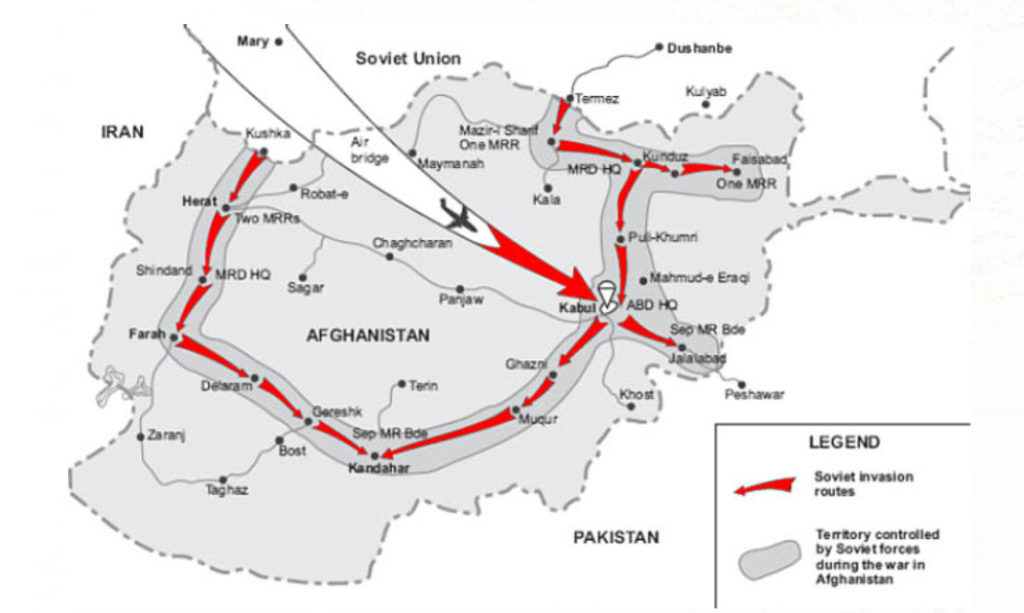
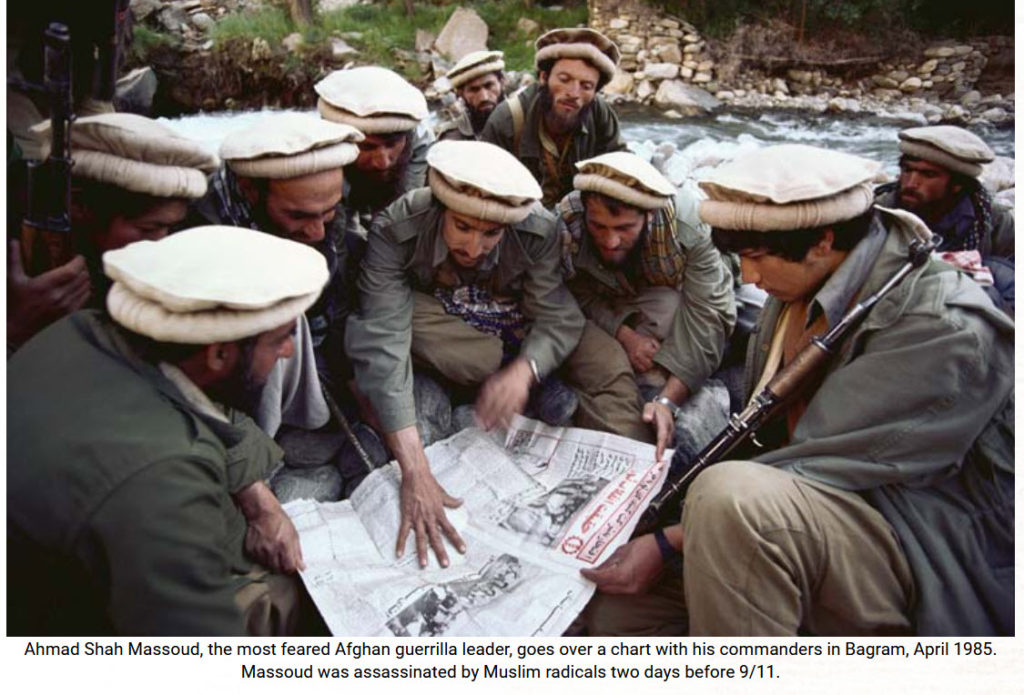
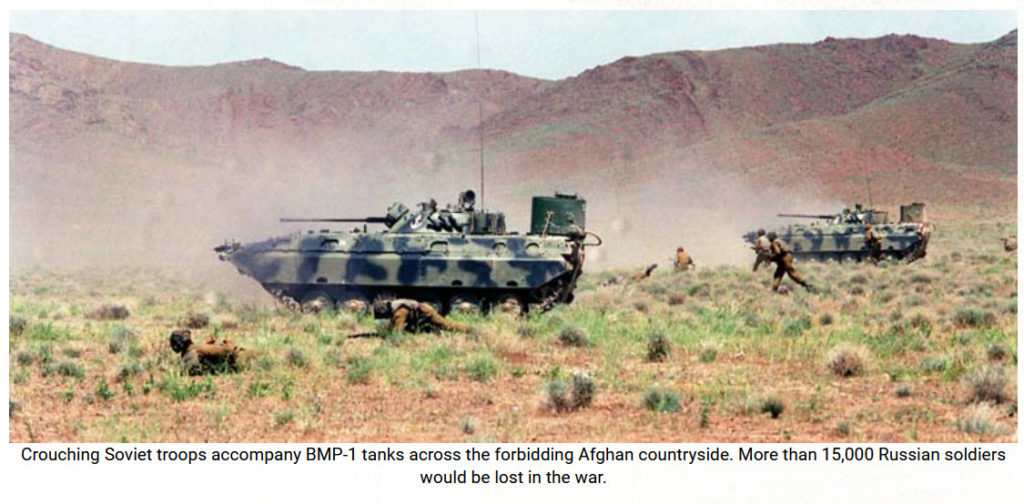
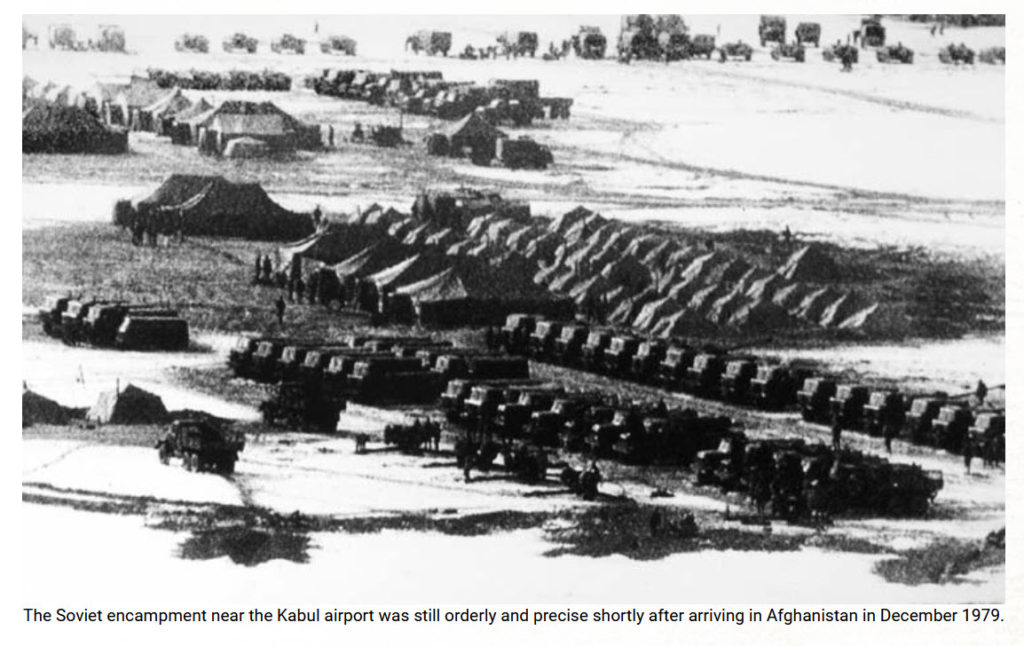
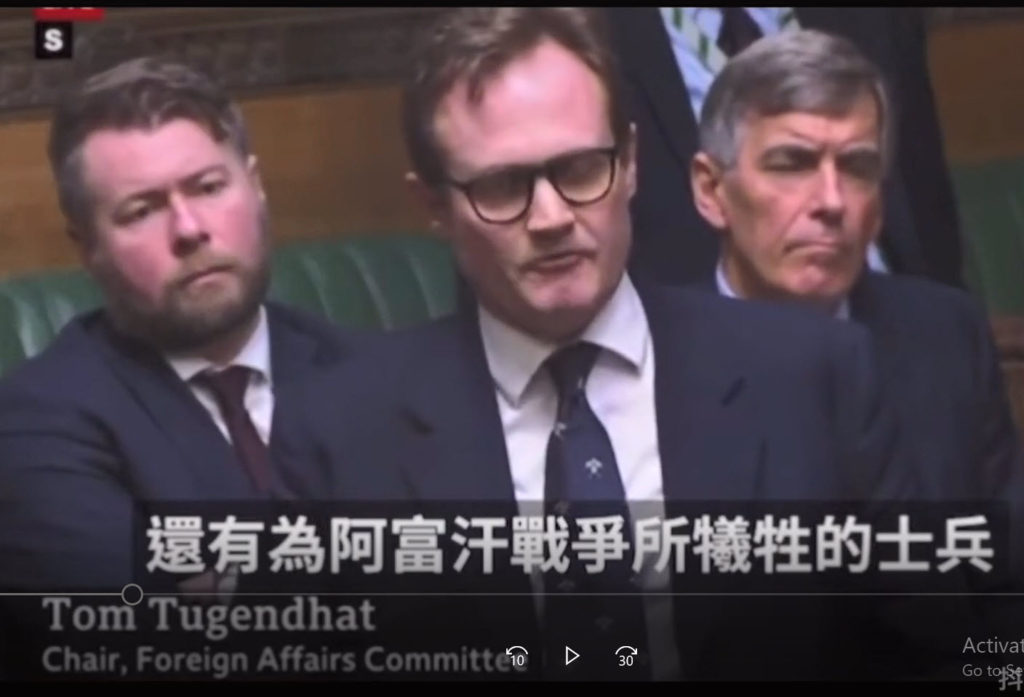
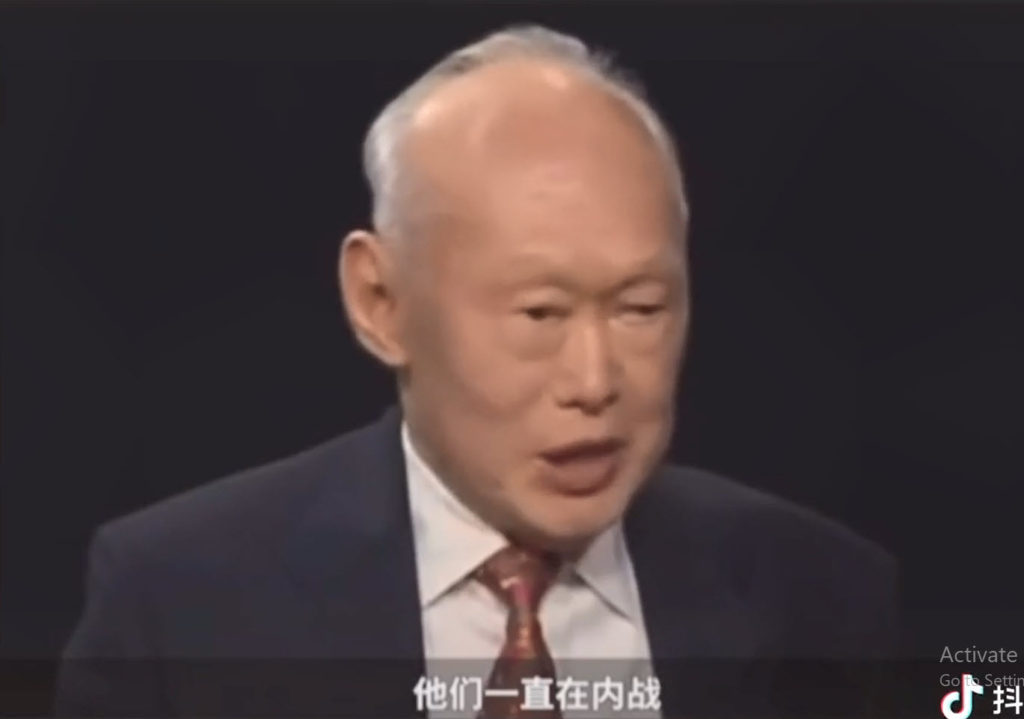
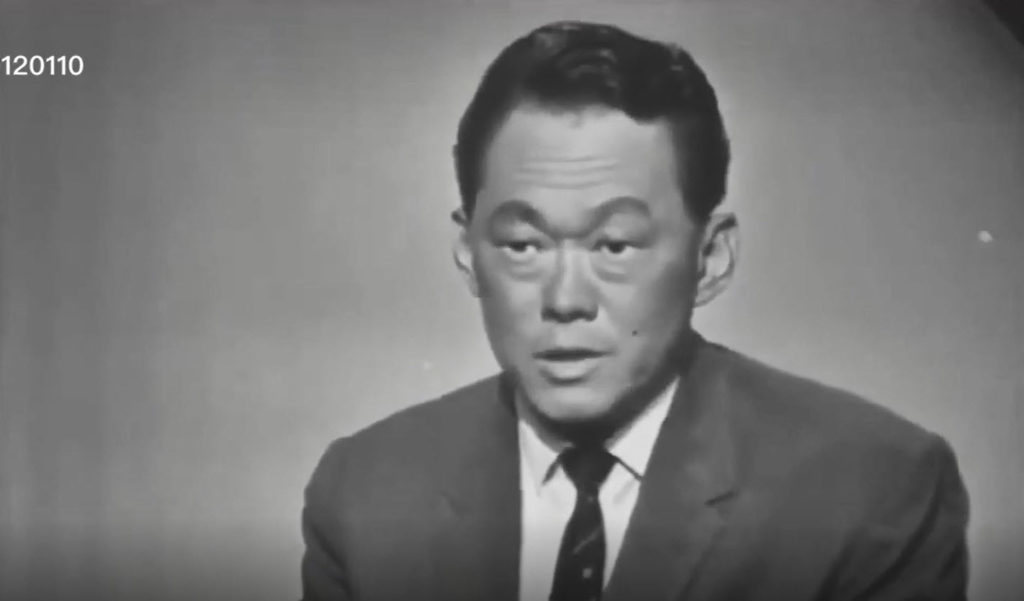


 (@Partisangirl)
(@Partisangirl) 
 AFGHANISTAN CONFLICT
Kabul airport on the morning Of August 16, 2021
AFGHANISTAN CONFLICT
Kabul airport on the morning Of August 16, 2021
 (@ASBMilitary)
(@ASBMilitary) 

